A crusty first-gen Nissan Xterra takes man and man’s best friend off the beaten path
Bowie hates trucks. Bowie hates cars. Bowie hates vans, riding mowers, Radio Flyer wagons, canister vacuums—pretty much anything with wheels. He is a willful, nervous little terrier mix, and riding in a vehicle generally turns him into a panting, vibrating mess. Bowie sure does love me, though. And maybe even more than me, he loves his ball. So when I tossed it into my 2003 Nissan Xterra last summer and climbed in after it, against his shaky better judgment, Bowie jumped in, too.
“To Canada!” I yelled.
“What have I done?” Bowie said, panting, vibrating.
There’s something to be said for owning a vehicle you love but don’t care about. You’re not actively interested in getting it scratched, dinged, or dented, while at the same time none of those scars will cause you to lose a moment of sleep. This Xterra is losing paint by the flake. Its dumb plastic is faded—or missing entirely. There are layers of rich compost in its shadiest crevices. There are colonies of moss now, too. Outwardly, my Xterra is fast approaching “hunk of crap” territory, and I am grateful to be the steward to take it there. It sure is a champ, though, and I’m even more grateful for the territory to which it has taken me. Like Canada, for instance.

There are a few ways to get there from my home in Oregon. The five-hour straight shot up I-5 is fast and easy, but I’d recently learned about the Washington Backcountry Discovery Route (WABDR), a series of interconnected dirt roads that takes you to Canada the slow, hard way. I could think of no better summer adventure than off-roading to a sleepy international border crossing. I just needed an accomplice. Who’s a good boy?
With the Xterra’s trademark rear-hatch first-aid kit fully stocked, some beer and steaks in the cooler, camping and recovery gear packed into the cargo area and onto the roof, off we went, midday on a Tuesday, into the Columbia River Gorge to grab a burger and fries at the Eastwind Drive-In before shuffling across Bridge of the Gods, WABDR’s official starting point.

A small group of adventure motorcyclists established the Washington Backcountry Discovery Route in 2010 when they decided to see if a course could be charted on existing forest roads from Washington’s southern border with Oregon to its northern border with Canada, all while visiting some of the most majestic spots in the Evergreen State. They scouted by plane, then explored it with 4x4s, and finally they completed it on their bikes. The result was a six-stage, 600-mile adventure that absolutely lives up to their mission. It also sparked an effort to create more routes via the nonprofit organization Backcountry Discovery Routes.
“It became clear from the beginning that the BDR stumbled on a magic formula of creating off-pavement routes that make backcountry exploration on public lands inspirational and attainable,” said Inna Thorn, executive director of the group. Today there are routes all across America, including 10 western states, the mid-Atlantic region, and the Northeast, with three more BDRs in the works, including Montana and the Southeast. All of which means that no one is ever very far from easy access to well-managed off-road adventure.
Once over the Columbia, we picked up the Wind River Highway for a short section of blacktop before getting onto the dirt of Forest Road 68, our entry into the depths of the 1.3-million-acre Gifford Pinchot National Forest. We’d be bucking around for the foreseeable future, so I took the opportunity to air down my tires while Bowie played with his ball.
The sky was cloudless and the sun relentless. The makeshift thermometer in the truck read 95. Despite the heat, which would accompany us with an added digit as the trip progressed, I was leery of the Xterra’s air conditioner. It functions—not quite crisply. But it also seemed like a potential trouble spot on my marginally fettled truck. Besides, if there is anything that reassures Bowie that he won’t die at any moment, it is having the windows down—just enough to taste life at speed with his face, but not enough for self-defenestration. He is small-brained and jumpy, and it is a fine line. “We’re gonna get dusty, my friend,” I told him, but I knew he didn’t care. Dirt suits him. Up we went, a long steady climb through Douglas firs and spindly alders, around the southern end of a big 8000-year-old lava bed called, appropriately, the Big Lava Bed.
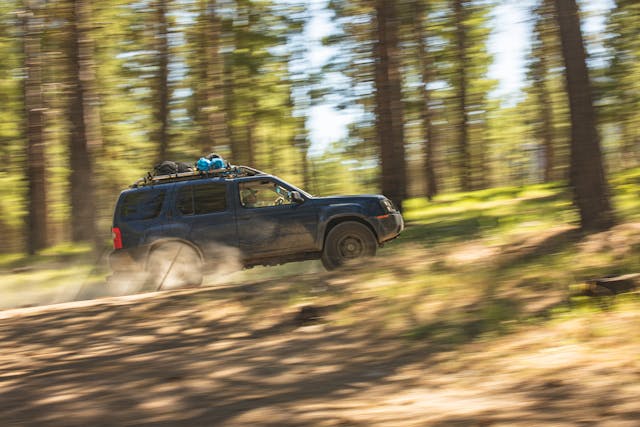
The first stage would take us to the town of Packwood, 119 miles up the trail, but because of our midday start, there was no way we’d make it in daylight. No matter; the BDR loosely prescribes a section per day, and most folks on the WABDR Facebook page claim it’s a trek of three to six days. I’d set aside a full week. As we plodded along at 14 mph, the twisting road opened to big views over hazy, dense conifer forests. There was 11,240-foot Mount Hood to the south and 12,276-foot Mount Adams to the north, both of them still bright with snow. The slow pace gave me time to whittle off some math in my head (a subject for which I have a dog’s brain), but it got me wondering how anyone could do this trip in three days. And why they would want to.
Now, the first-generation Nissan Xterra is almost nobody’s idea of a classic rig. And by most accounts, they’re still in the flat, “just a used car” arc of their collectible trajectory. They certainly lack the cachet presently attached to Japanese 4x4s like the Toyota Land Cruiser and first-gen 4Runner, the Mitsubishi Montero, and the Isuzu Trooper, to say nothing of XJ Cherokees and even more vintage-y vintage trucks like Series Land Rovers and original Broncos.
But the body-on-frame Xterra was conceived and built with hard-to-reach places in mind, and young, cash-strapped Gen Xers were the intended audience. “We hope these outdoor enthusiasts will think of Xterra as part of their gear,” mused Jed Connelly, Nissan’s vice president and general manager at the time. “Xterra is a vehicle that will help them enjoy their outdoor passions to the fullest and then get them home safely again.” With its stadium rear seating and matching stepped roofline topped by a handy roof rack, plus that funky bulge in the tailgate to accommodate the first-aid kit, the Xterra could not be mistaken for anything else.
In addition to being everyone’s 15th choice in a fun off-roader, the 2000–2004 Xterra falls down in nearly every practical comparison against its own second-gen sibling, built from 2005 to 2015. Chiefly, they are gutless, cramped, and devoid of amenities and gizmos that indicate status or technological advancement. The 3.3-liter V-6 cranks out 180 horsepower and 202 lb-ft of torque. A 210-hp supercharged version was also offered, but both return about 13 mpg. All the power of a four with all the thirst of an eight. But they are sturdy, nimble, cheap, and reliable, and I had no qualms putting my 194,000-miler to the test in the backcountry.
Darkness settles quickly in the forest, long before the sun does, so that first night, we found ourselves a nice flat spot along Trout Lake Creek to camp. I cooked pasta and meatballs and treated Bowie to some of his favorite gross wet food, and after playing ball, we fell asleep easily in the tent to the steady rush of the creek. A great joy of America’s national forests is that anyone can camp just about anywhere, at any time, no permits or reservations required. It’s up to you to do it right, which at a very basic level means: Tread lightly. Stick to established roads, camp at least 200 feet from water, store your food properly, pack out your trash, pick up after your dog, leave your camp cleaner than you found it, and fully extinguish your campfires.
Day two began early, the forest still cold, and as Bowie paced the front seats, into and out of my lap, every time I petted him, I could feel the starch of fine dust in his hair. Mine felt the same. Soon we reached intermittent snow and the 4350-foot Babyshoe Pass, so named for nearby Babyshoe Falls. The etymology beyond that is unclear, but I appreciated the tongue-in-cheek approach previous travelers of Forest Road 23 had taken by nailing dozens of actual baby shoes to the signpost. Bowie chased his ball before he, too, stopped to appreciate the signpost.

At this point, we hadn’t seen anyone else in the forest, a remarkable bit of solitude that is difficult to appreciate until you stop to appreciate it. I began to give some thought to the minimum requirements for driving the WABDR. Broad accessibility of the forests relies on good roads, and so far, they had been gentle enough to navigate in a Prius. But as the climbs got steeper and the sharp basalt rocks embedded in some of the smaller roads became more menacing, all-wheel drive and good all-terrain tires seemed like the minimum. A little clearance never hurt anybody, either. Subarus, AMC Eagles, Chevy Astro vans, that sort of thing. A short while later, as we shook and rattled along at a cool 9 mph, as if to challenge everything I’d just determined, parked in a small trailhead turnoff was a filthy Acura RSX, miles from nowhere and sitting low on its 16-inch P-metric rubber. “I don’t get it either, Bobo,” I said.
A quick stop for ice and gas in Packwood, population 319, marked the end of the first stage and the start of the second. One of the great things about WABDR is the ready access to food, fuel, and lodging, should you need or want them, at the end of every stage. Paris to Peking it ain’t, but the regular interval of amenities allows for as much or as little self-reliance as you’re willing to tolerate. If you’re out of water, it won’t be long. If you want doughnuts, hey, buy some doughnuts. The sequence of towns—and the highways that connect to them—also means that you don’t have to do WABDR in one go. Do a stage or two one weekend, follow up with a couple more the next month, or the next summer. Such flexibility removes some of the stress and uncertainty that can accompany a backcountry trip.
Still, just as one does not simply walk into Mordor, one does not set off on a drive like this without some level of forethought. The WABDR Facebook group (and WABDR for 4x4s) are fantastic resources for everything you could need, from the best time to go and what to bring to how to prep your vehicle and what sorts of damage you might expect (minimal, with scratches, or “trailstriping,” generally the worst of it). July through September is the ideal time; any earlier and you risk running into deep snow. Any later and you’re headed into dangerously dry woods, which means no open flames and no easy escape routes.
Beyond the “when,” I sorted out the “where” with a combination of paper and digital maps. Washington has tens of thousands of miles of forest roads, and it is easy to get lost if you’re not careful. Butler Motorcycle Maps makes an exceptional companion for all BDRs, with detailed section information, elevation charts, history and local color, plus alternate roads around particularly challenging parts. I brought a Washington Atlas & Gazetteer as a backup, but largely I relied on the Gaia GPS app, to which I downloaded the entire route, complete with points of interest and potential campsites, all populated by those who have come before.
The second stage begins with a 36-mile trip east up U.S. Highway 12. The realities of topography and private land ownership mean that some “tarmac stages” are baked into WABDR—a hundred miles or so overall, though this stretch was one of the longest. I didn’t bother to air up the tires, so we just floated slowly on down the road until the turnoff to Bethel Ridge. By this point, we’d traded the spongy emerald mosses and ferns and the shaggy red cedars of the Gifford Pinchot for the drier Wenatchee National Forest, with its pale greens of sagebrush and tawny grasses towered over by ponderosa pines. All of it framed by giant blue sky and punctuated in every direction by wildflowers at the peak of their blooms. Golden balsamroot and pale pink bitterroot and purple lupine bells—millions of them—lining the two-track for miles on end.
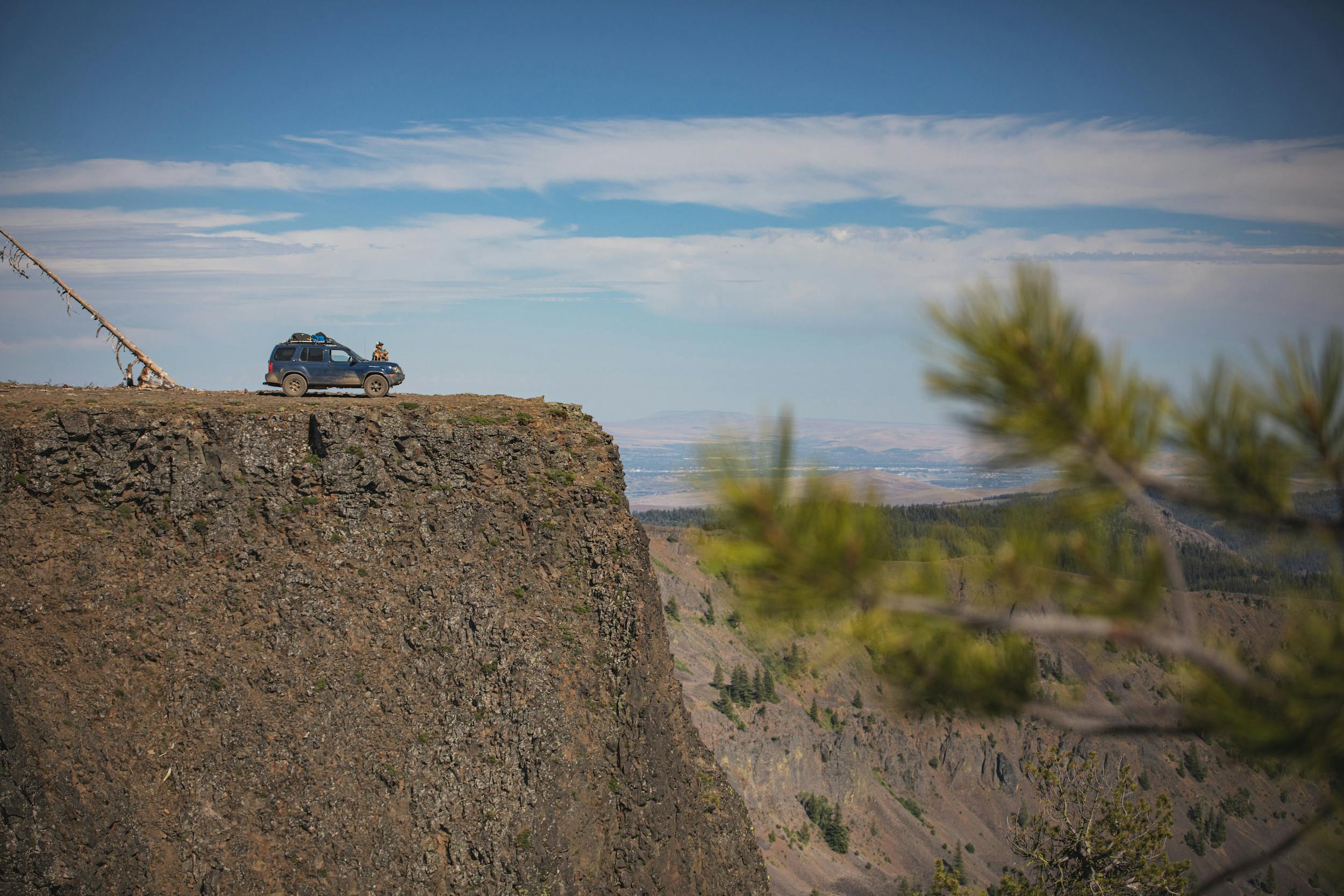
Our slow, methodical jouncing up the steep switchbacks of the ridge lulled Bowie into his calm place and he swayed himself to rest, a hot potato in my lap. Butterflies and the shadows of butterflies were our constant companions. We camped that night on the edge of the ridge—the side of the world, practically—and watched the lights of Yakima twinkle to life before the July supermoon rose massive and bright over everything.
Just before noon the next day, crossing an especially wide-open section of shrubland, we finally encountered fellow travelers. Through the dust plume in my rearview came a fast-moving headlight, and by the time I looked again, it was beside me, a black-clad biker on an orange KTM who showed me his left index finger with great emphasis—ONE MORE! Off he went, and before long, I saw in the mirror his partner, who was just as quickly by me in a rolling dust storm. They were easily tripling my speed, standing upright on the pegs the entire time to absorb the motorcycles as the motorcycles absorbed the terrain. It looked exhausting, punishing. But in that moment, I got it: Experienced riders on big bikes, those are the folks capable of crushing this trek in three days. Certainly not an old cash-strapped Gen Xer and his dog sucking dust in a 20-year-old slug and fumbling across the earth on overburdened leaf springs.

Despite their speed, we encountered Phil Edgerton and Nik Amyx several more times before trip’s end, in that way people on the Gringo Trail just seem to keep running into one another. “Heyyyyy! It’s you again!” There they were later that afternoon, in fact, resting their bodies and snacking in the shade of some pines off of Bear Mountain Road. And an hour after that, when they’d caught and passed us on the miserable slog up Baby Head Hill—no relation to Babyshoe Pass, but so named because of the specific size of the eleventy billion wretched, punishing chunks of volcanic rock that comprise that bit, and all made worse by an absolute lack of shade, by swarms of biting flies, by a sweltering lap dog, by the compression of my spinal cord.
Packwood to Ellensburg. Ellensburg to Cashmere. Cashmere to Chelan. Chelan to Conconully. Day after day, we settled into a bumpy slow dance that saw us crawling up and then down, up and then down, a hundred miles here, a hundred degrees there, never really topping 30 mph and more often working to maintain half that. The route took us past a small logging operation up Nahahum Canyon, where we plowed through dirt so deep and so fine, like sifted flour, that it permeated every crevice everywhere. It took us to the bald granite summit of 5810-foot Chumstick Mountain, with a 360-degree view of the whole of Washington.
On the descent, I found a bag of industrial-looking dehydrated meals—cheesy broccoli rice and creamy potato soup, some chicken thing, and lots of oatmeal, all good until 2048! We treated ourselves to a hotel room in Wenatchee, “Apple Capital of the World,” where Bowie and I had a contest to see whose bathwater was browner (tie). And where the mosquitoes were so wretched that the hotel had printed out a big sign apologizing for them—and please, here’s some bug spray on us.

The gnarliest section of the trip, on section 4, plunges to the deep, glacially carved finger of Lake Chelan. Called “The Jungle,” it was noted on the map as “overgrown but passable.” It’s a precarious path for sure—overgrown indeed, uncomfortably narrow, with death by a thousand tumbles on your right. I pulled the stubby shift lever into 4Lo to stay off the brakes, clutched the wheel to stay on the road, and as we ground our way down, listened happily to the great shrieking wail of thick and heavy trailstripes liberally applied by a tunnel of unruly brush and the lanky dead branches of long-ago burned trees. One of them was even clever enough to open my door as I passed. Up and then down, for hundreds of miles, day after day.
By the morning of our last day, on section 6, when I had essentially forgotten about them, there they were once more, Phil and Nik, rejoining the route on their bikes after camping before the climb up to 6700-foot Lone Frank Pass, the highest point on the WABDR. They squirted away and easily beat us to the finish, the loneliest international border crossing in the world, at Nighthawk. And yet there they were again, one last time, late in the day as I sat in the hot shade of a defunct Chevron station in tiny Oroville, airing up the tires for the long drive home. Up they rode, quite serendipitously in need of an air pump. “Heyyyyy! It’s you again!” I said. Bowie barked furiously at them. He hates motorcycles, too.

Washington was Phil’s second Backcountry Discovery Route, he told me. He’d ridden Colorado in 2020—for his bachelor party, losing one guy to a concussion after just 5 miles. “This one’s tamer,” he said. “Colorado is full of fourteeners, and the rocks are bigger.” He looked quickly at the Xterra’s saggy back end, then added: “You’d need some taller suspension for that one.” Phil’s goal is to do one BDR per year, and he already had his eyes on Wyoming. “Six hundred thousand people in the whole state,” he said. “If you want to get remote, that’s the place to do it.” Then he looked at the Xterra one more time. “Seeing guys in trucks, though, with coolers and beers and steaks, maybe I’ll buy an old Jeep and fix it up, bring the family.”
An old Jeep. An old Xterra. An old Explorer. Whatever. Love it but don’t care about it on a Backcountry Discovery Route near you.
Bring the dog.

***
Gear up and go
Anytime you venture into the woods, you need to make sure you can get back out—or that you’re prepared to spend the night in case something goes wrong. In addition to a shovel, a chainsaw, a tow strap, and traction boards for any particularly hairy situations, I brought along the following gadgets, which provided peace of mind or simply made life easier.
***
This article first appeared in Hagerty Drivers Club magazine. Click here to subscribe and join the club.
Check out the Hagerty Media homepage so you don’t miss a single story, or better yet, bookmark it. To get our best stories delivered right to your inbox, subscribe to our newsletters.
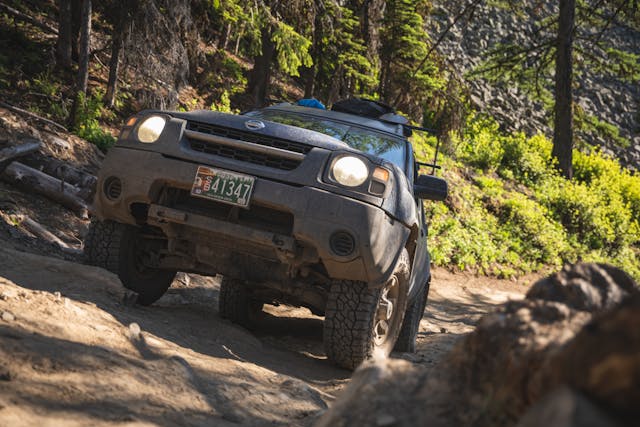

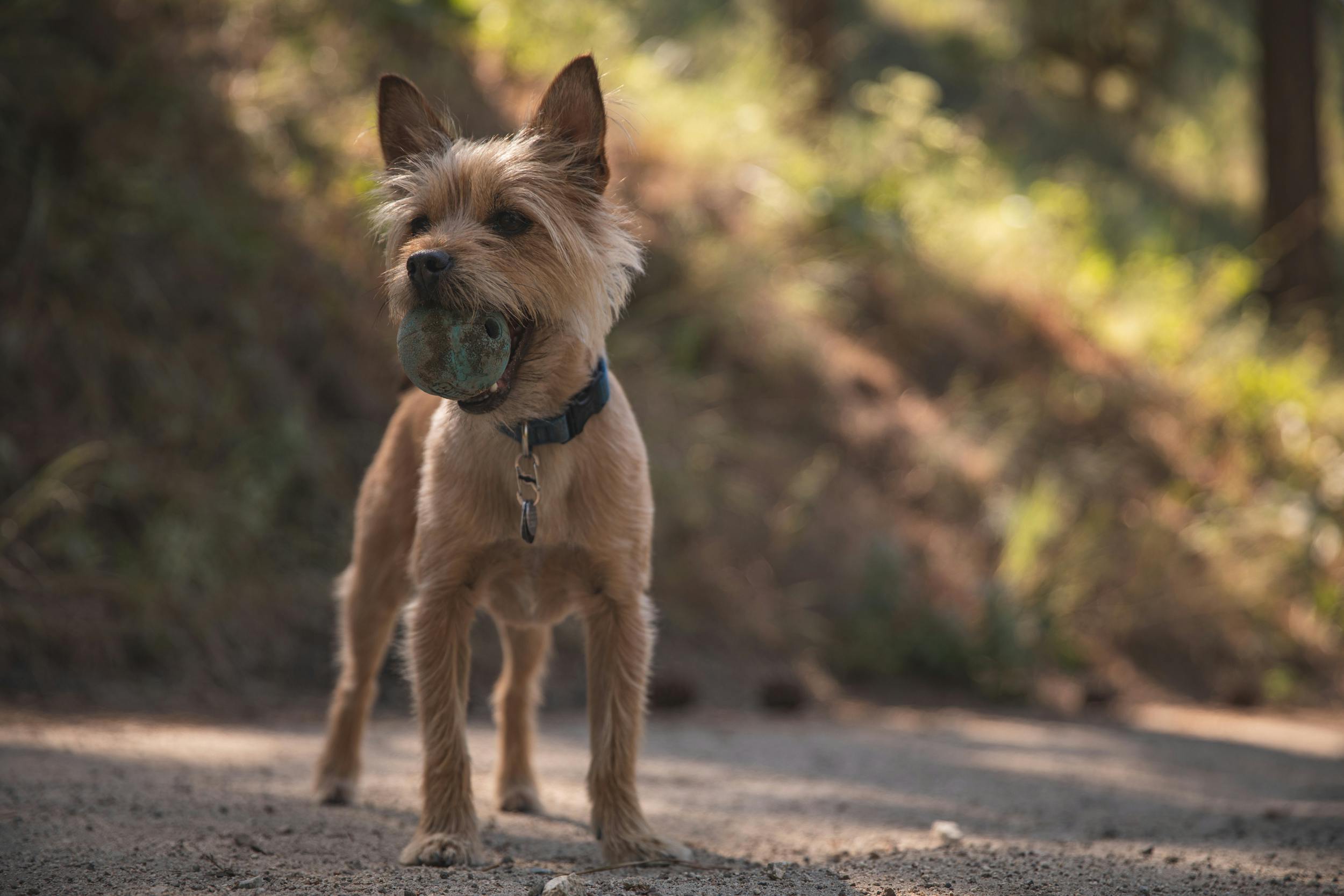
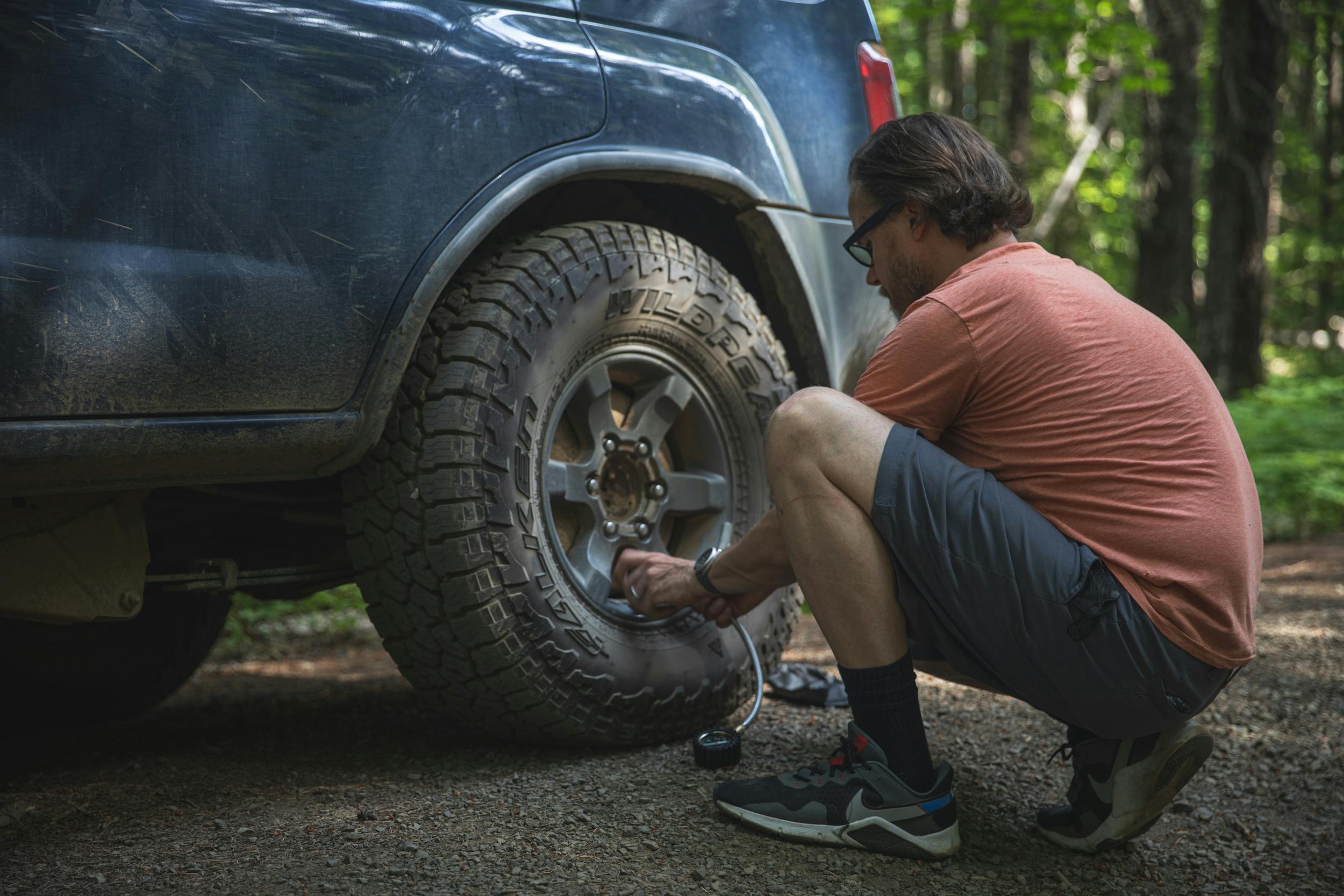
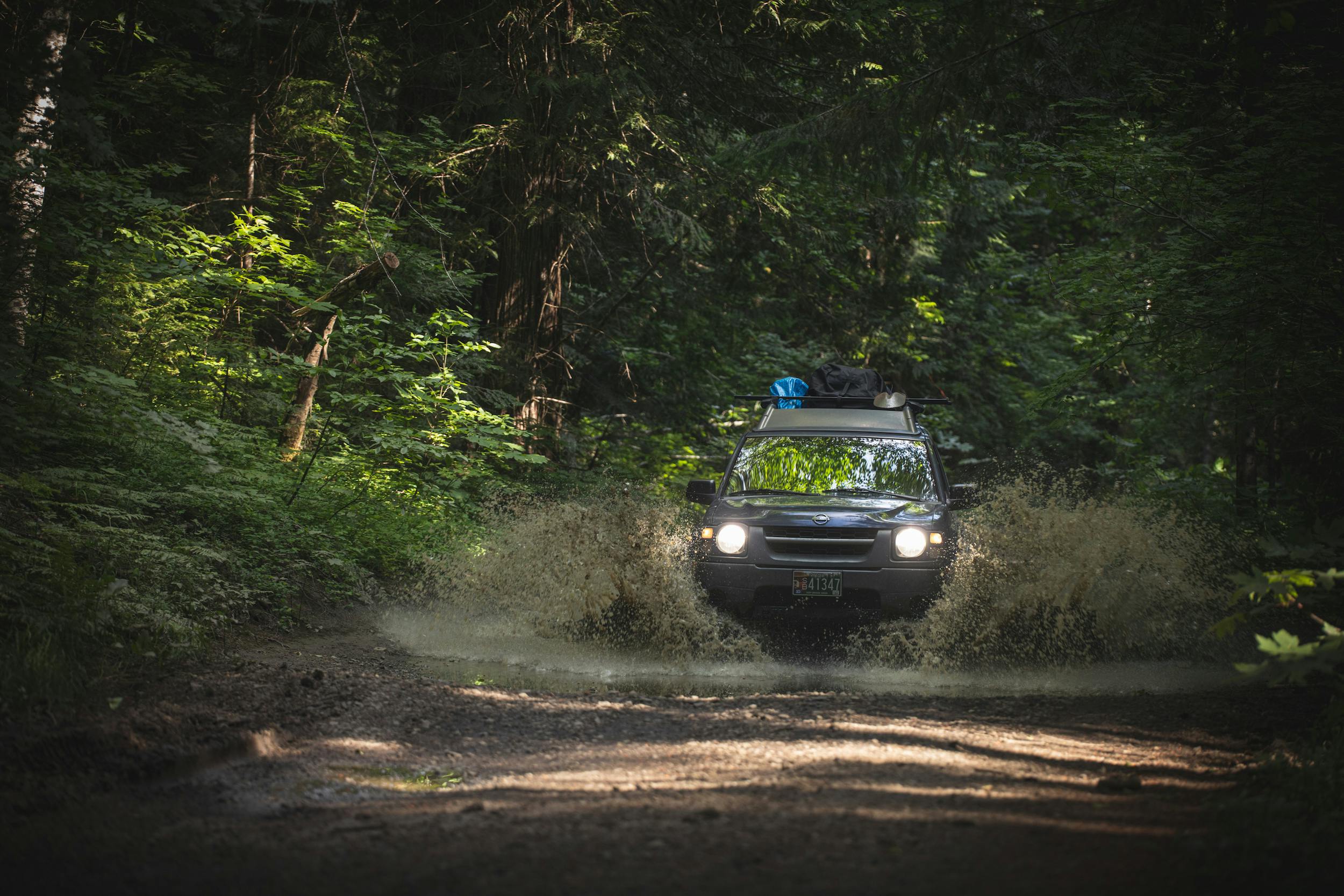
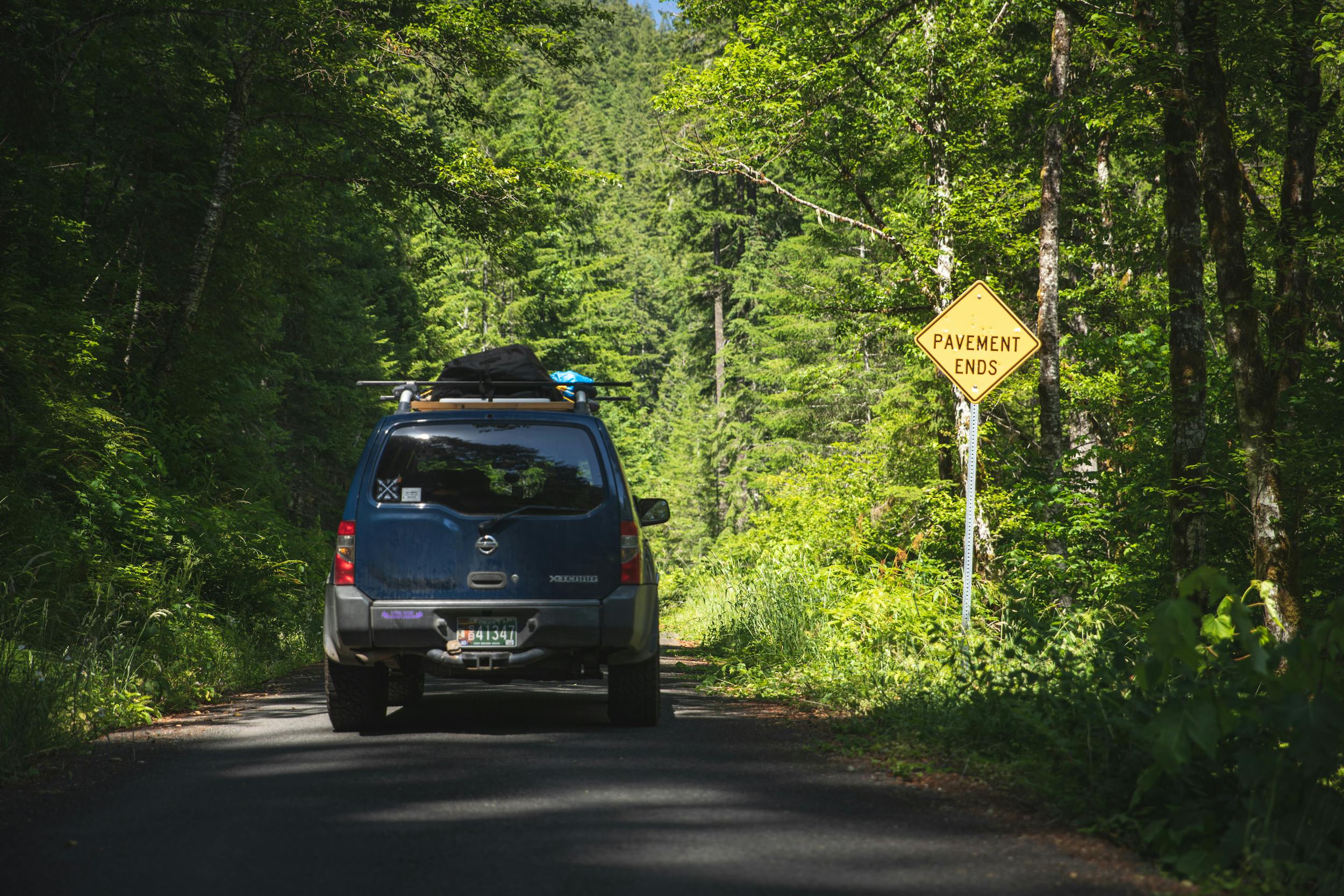
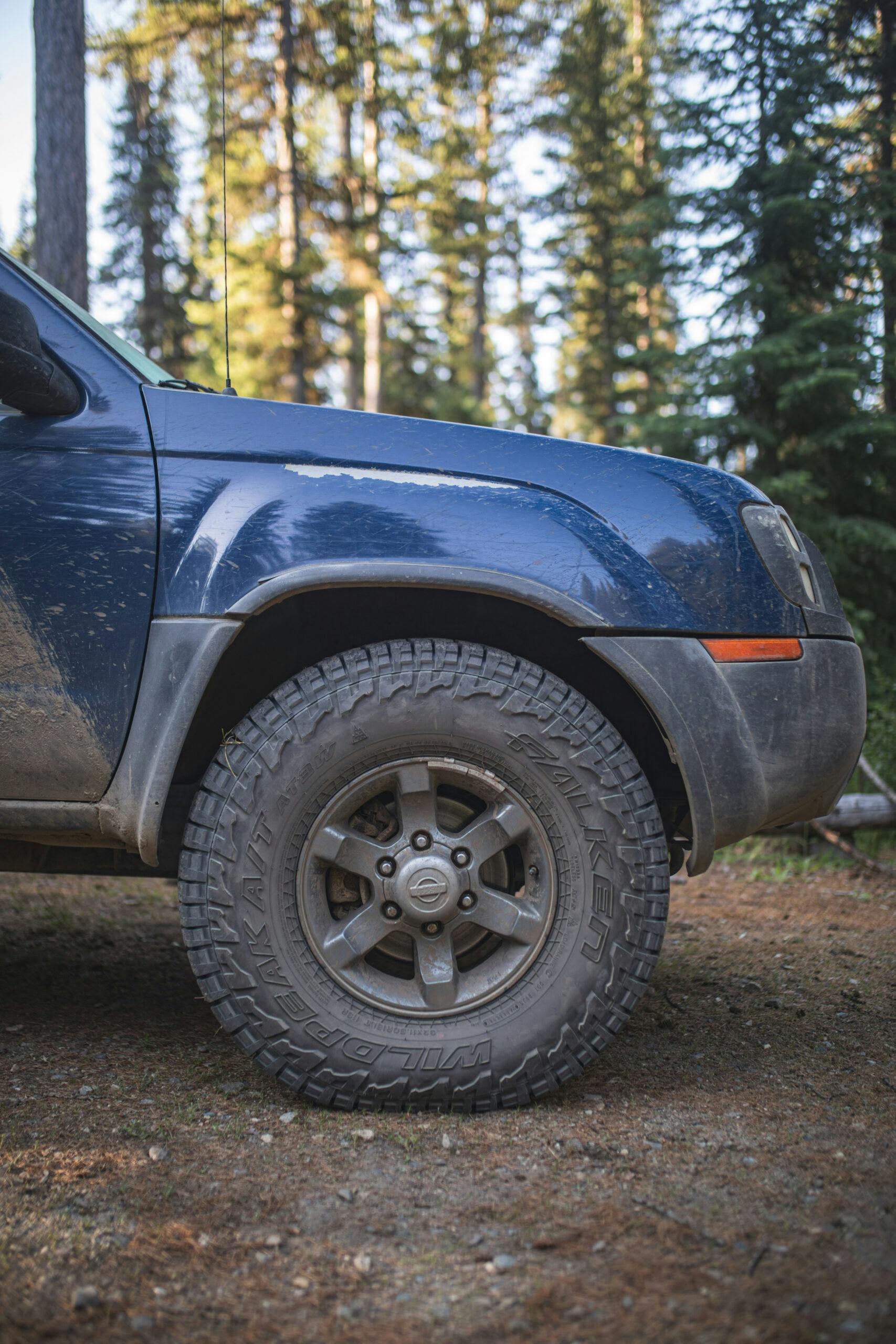
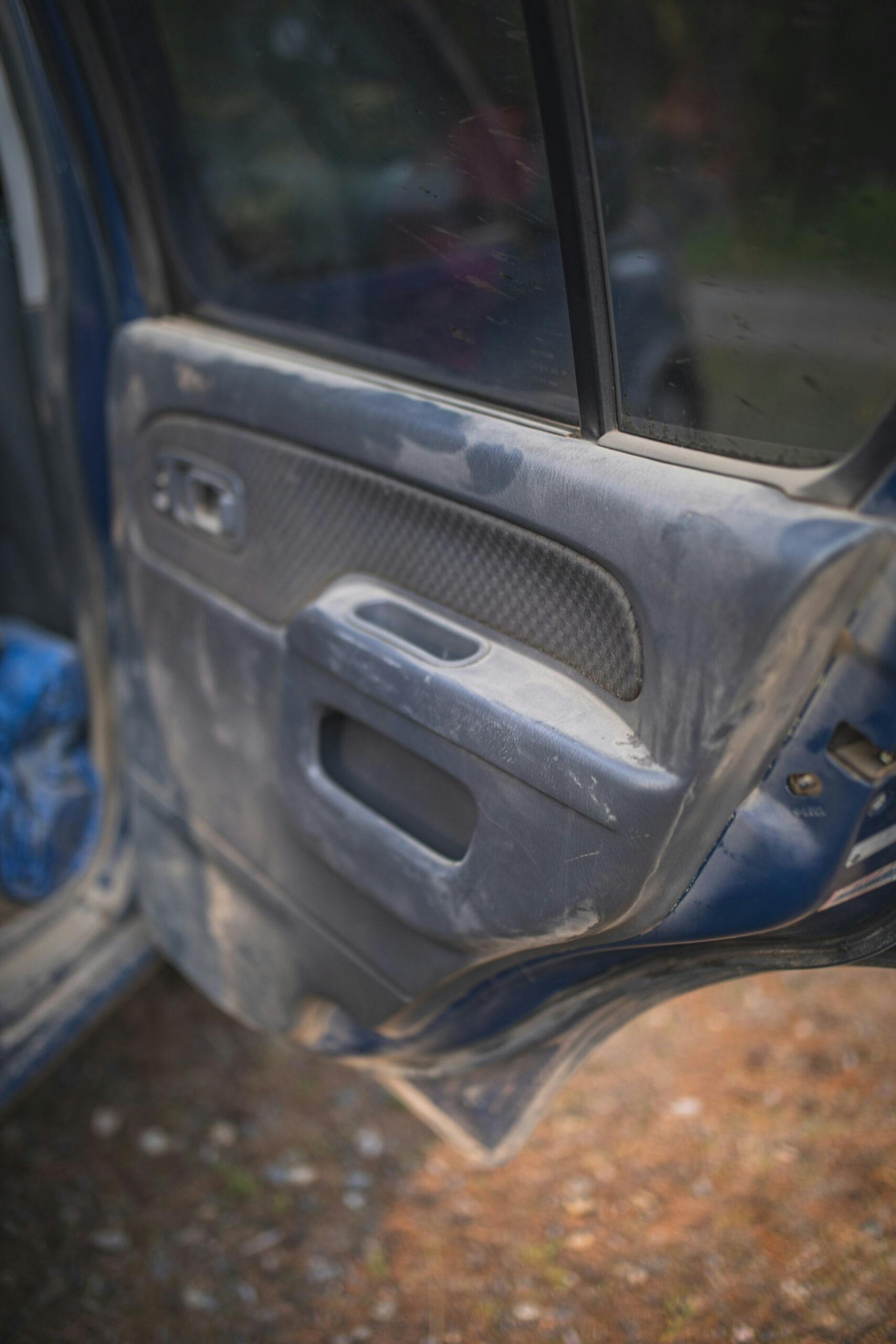


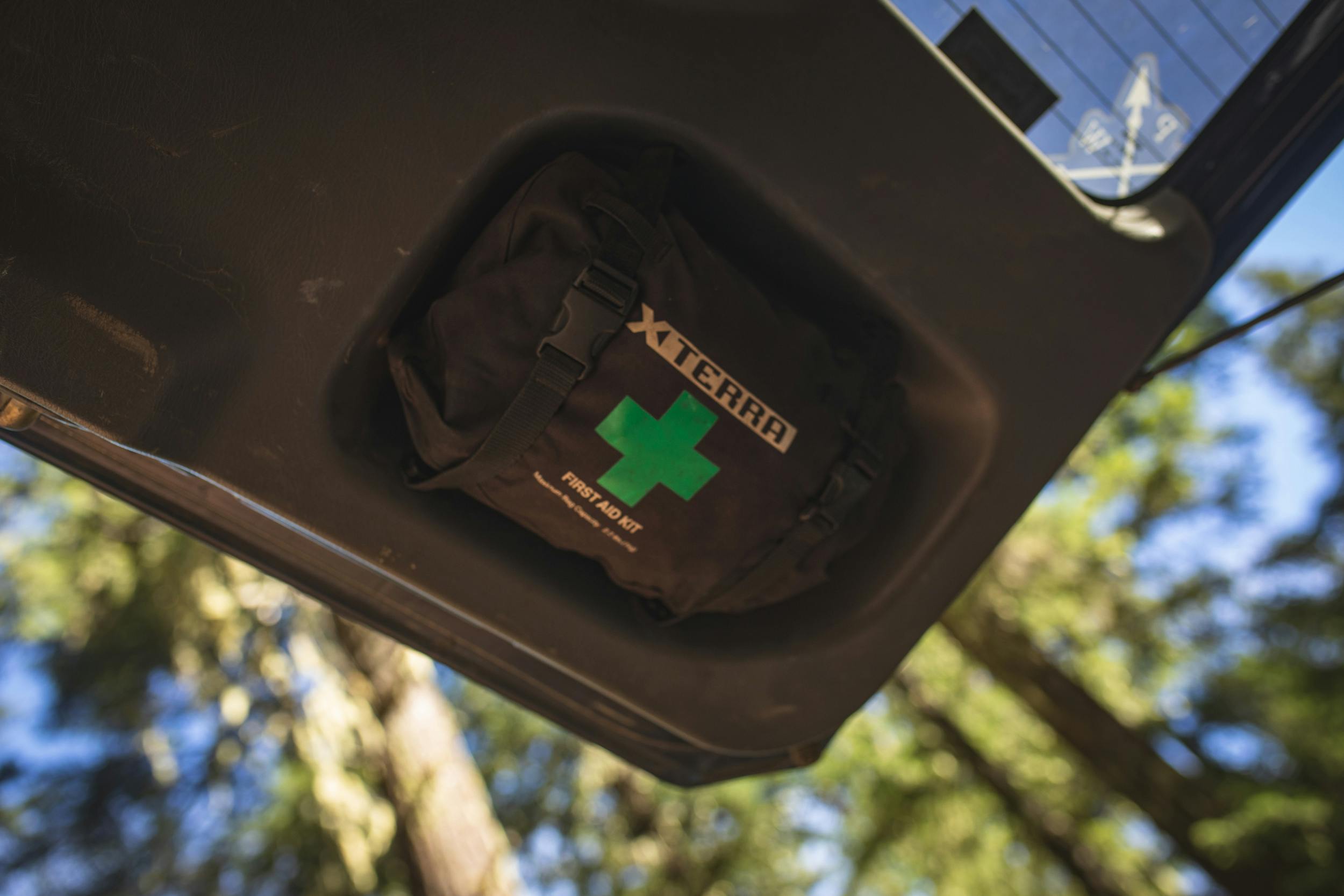
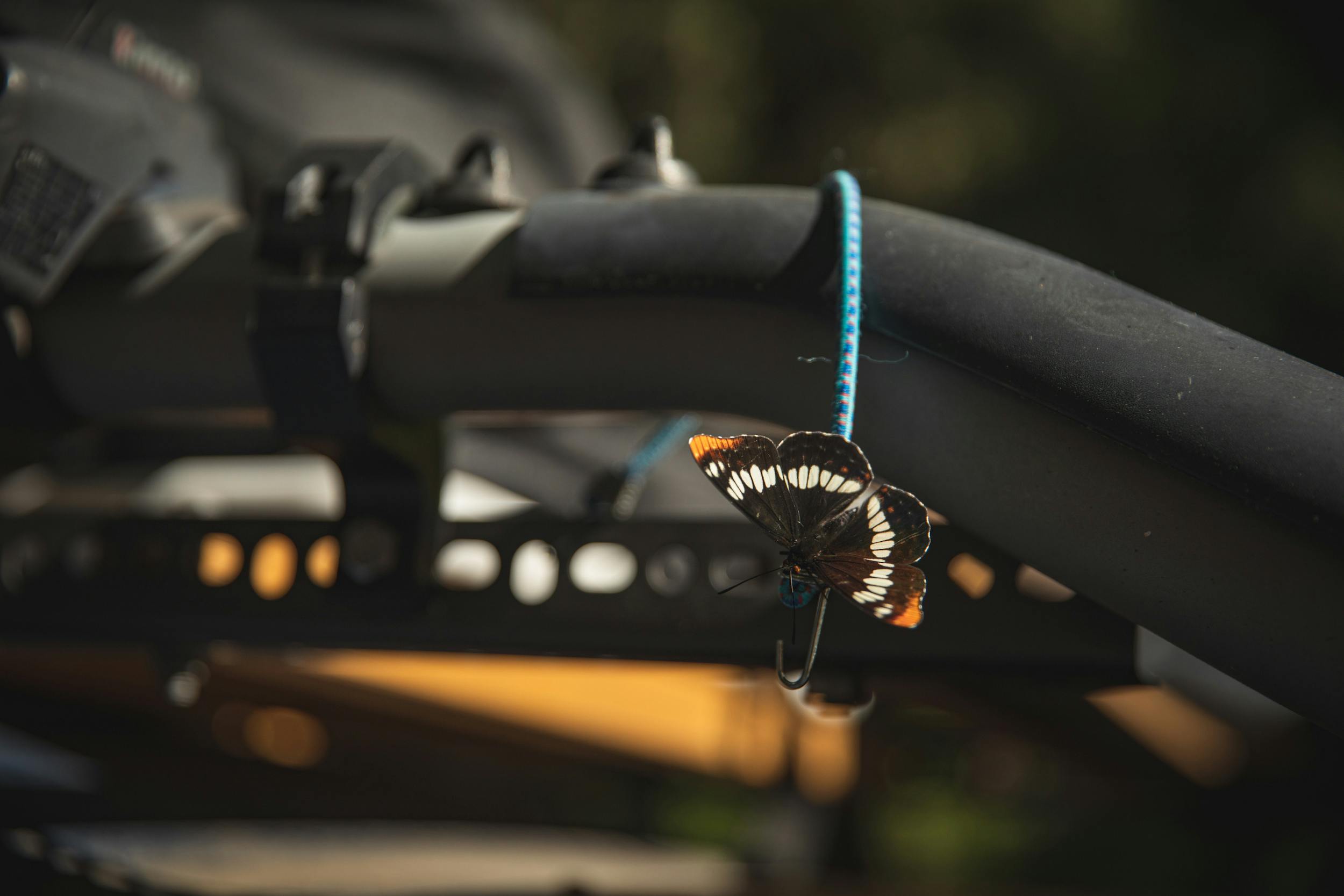
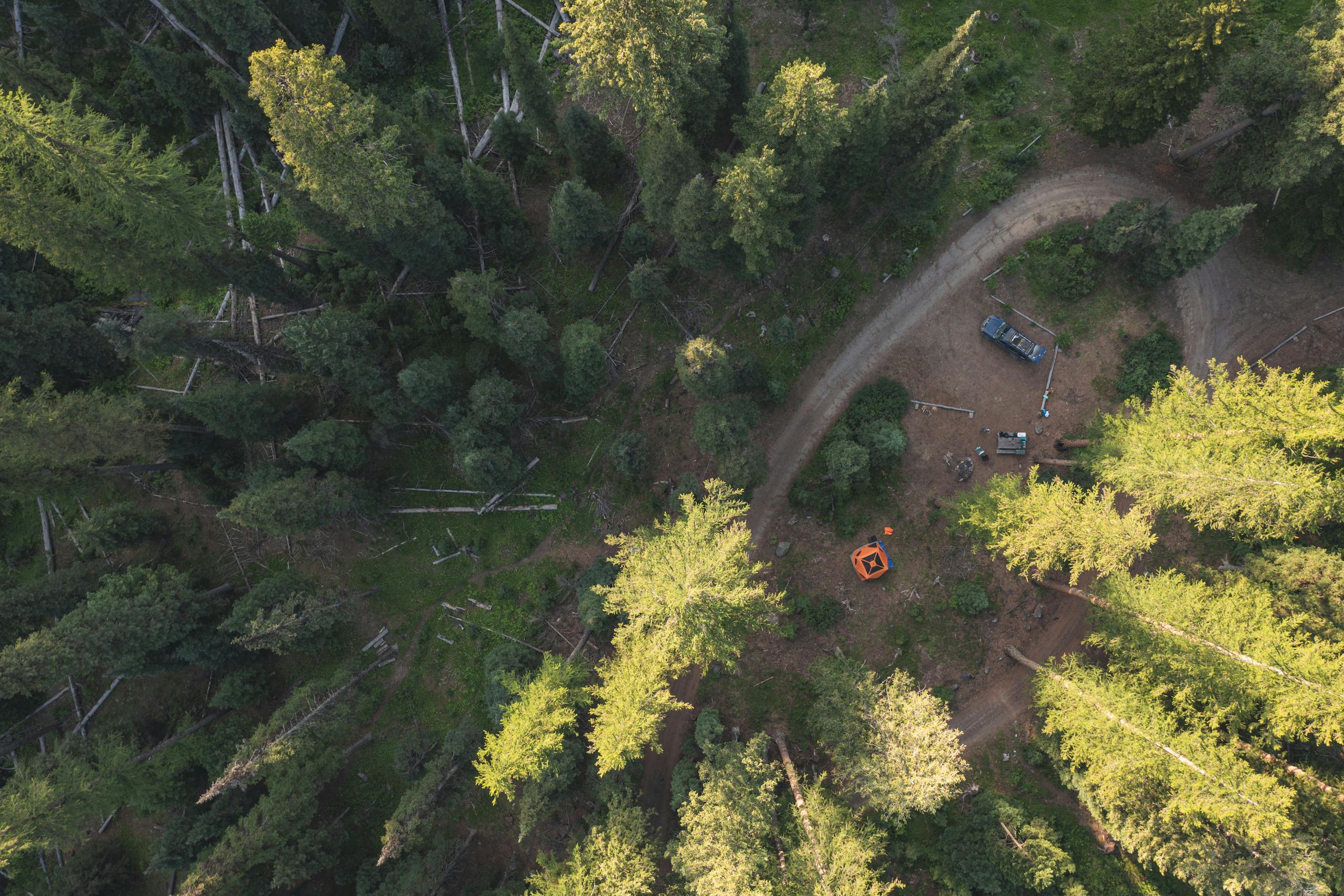
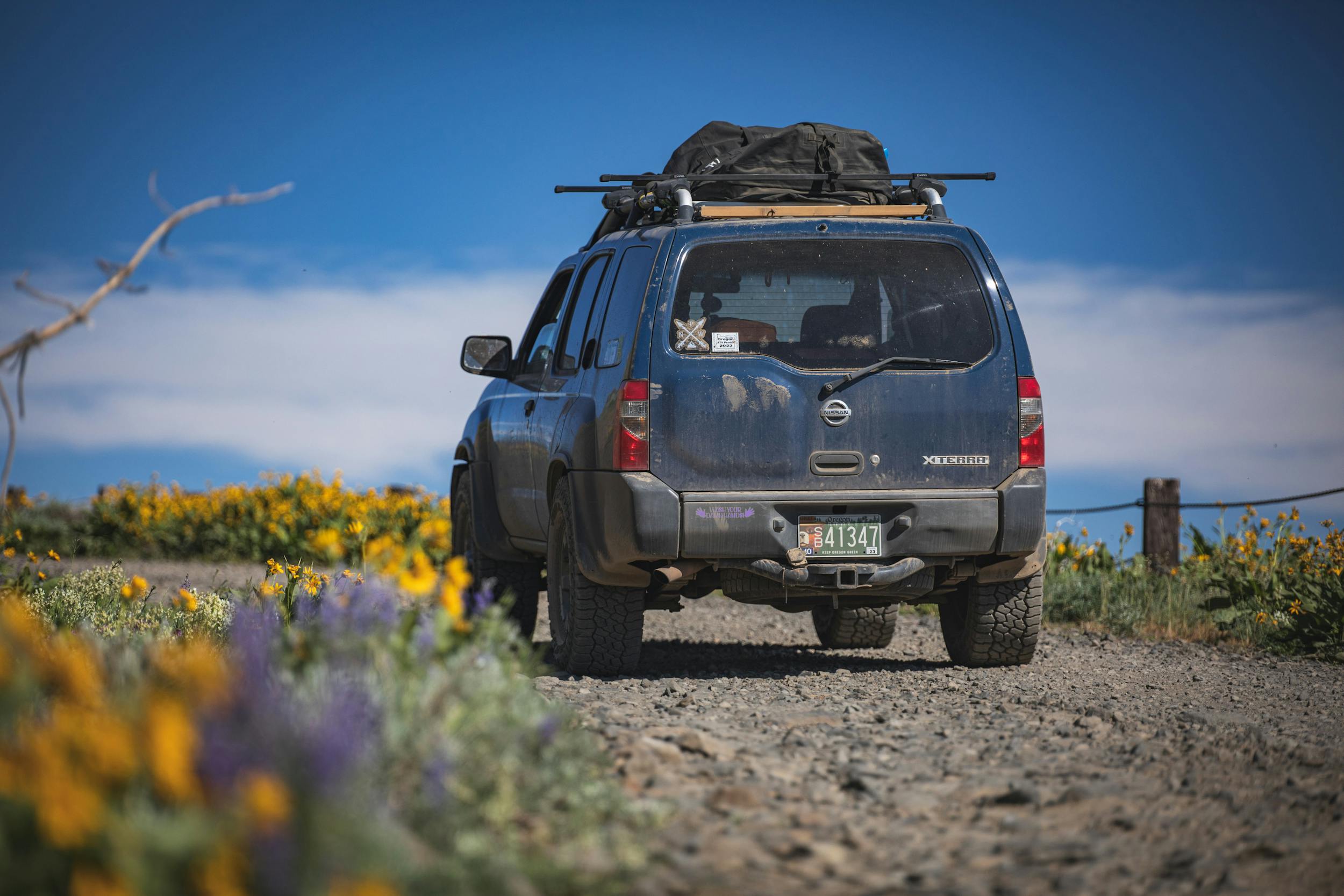
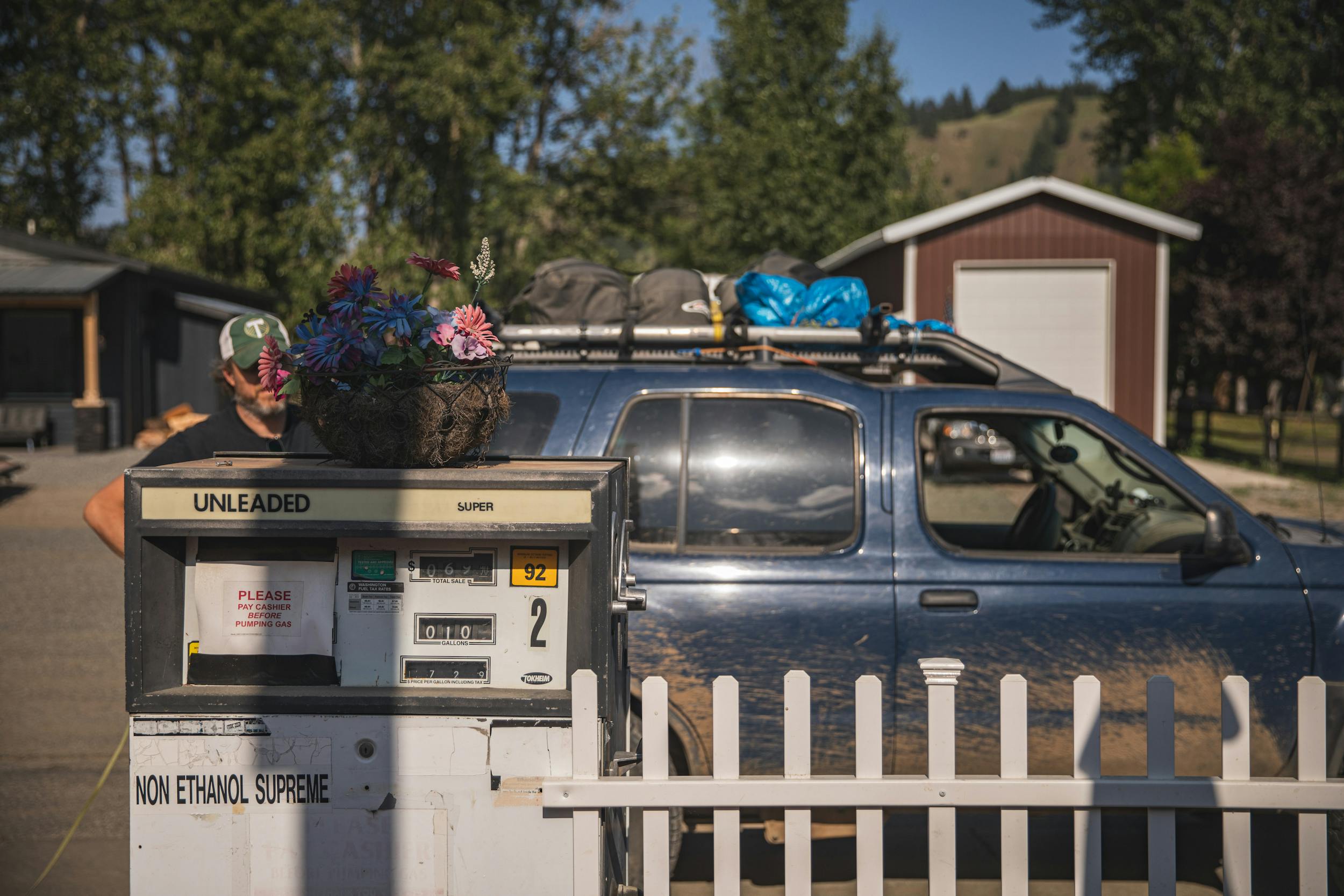
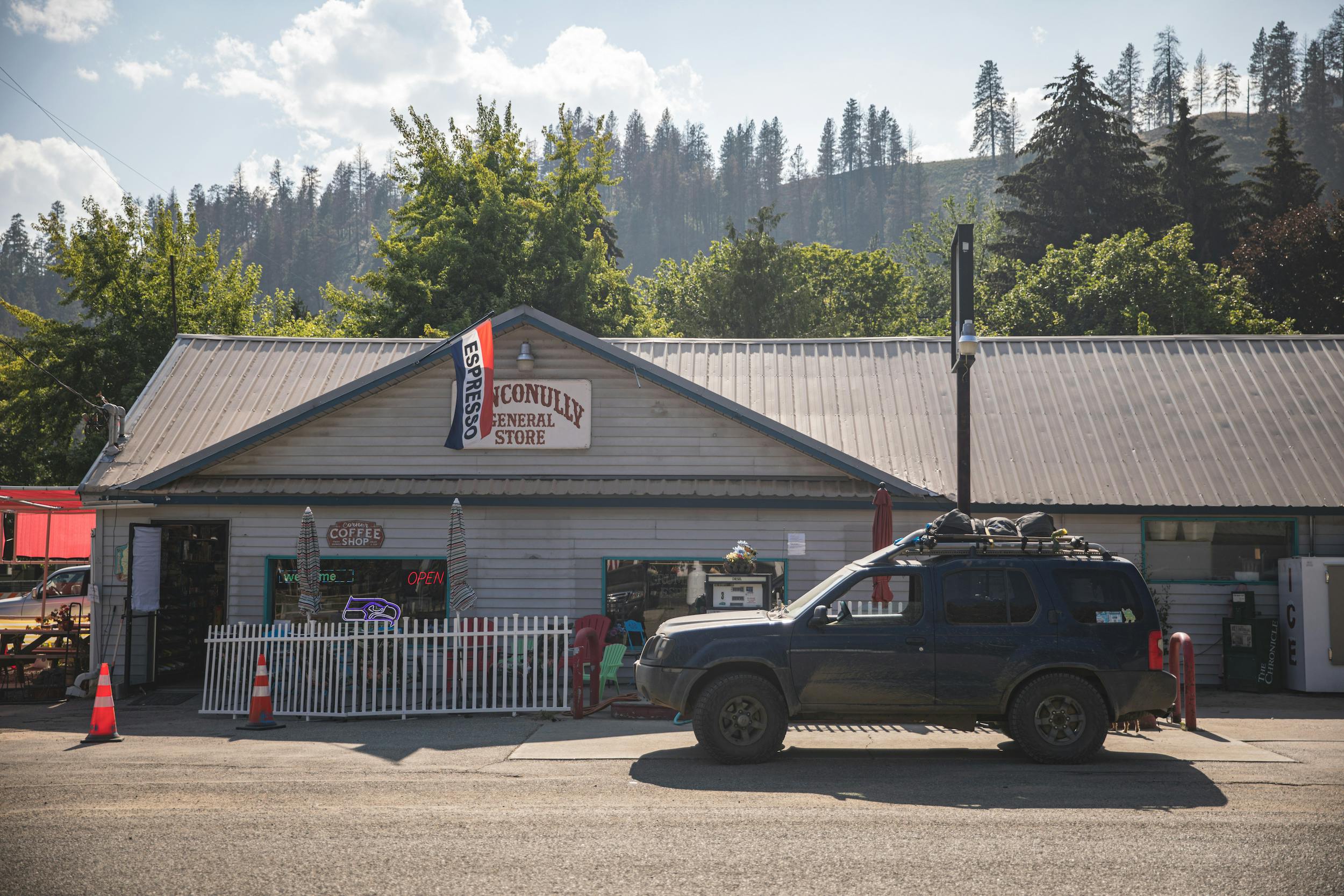
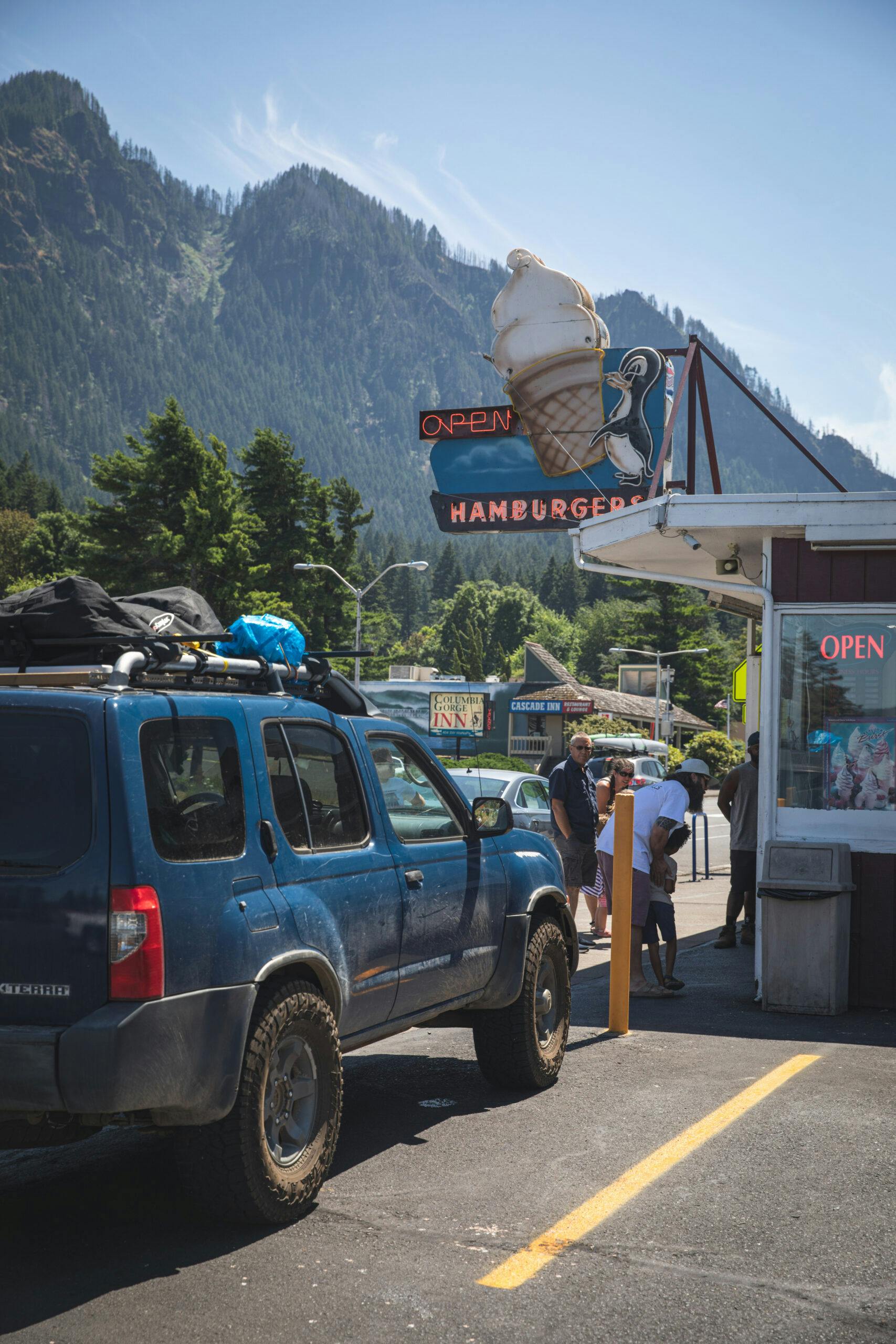
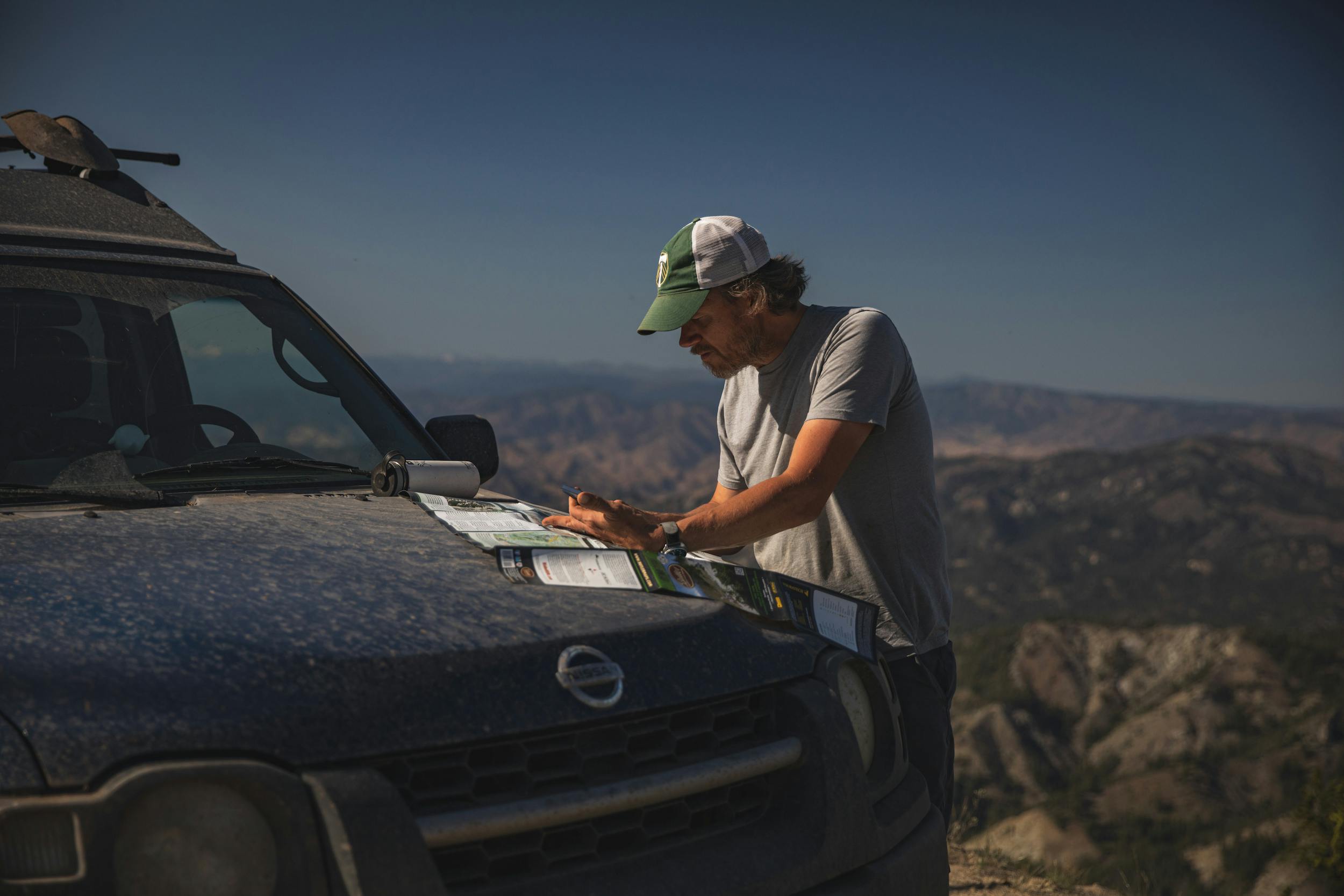

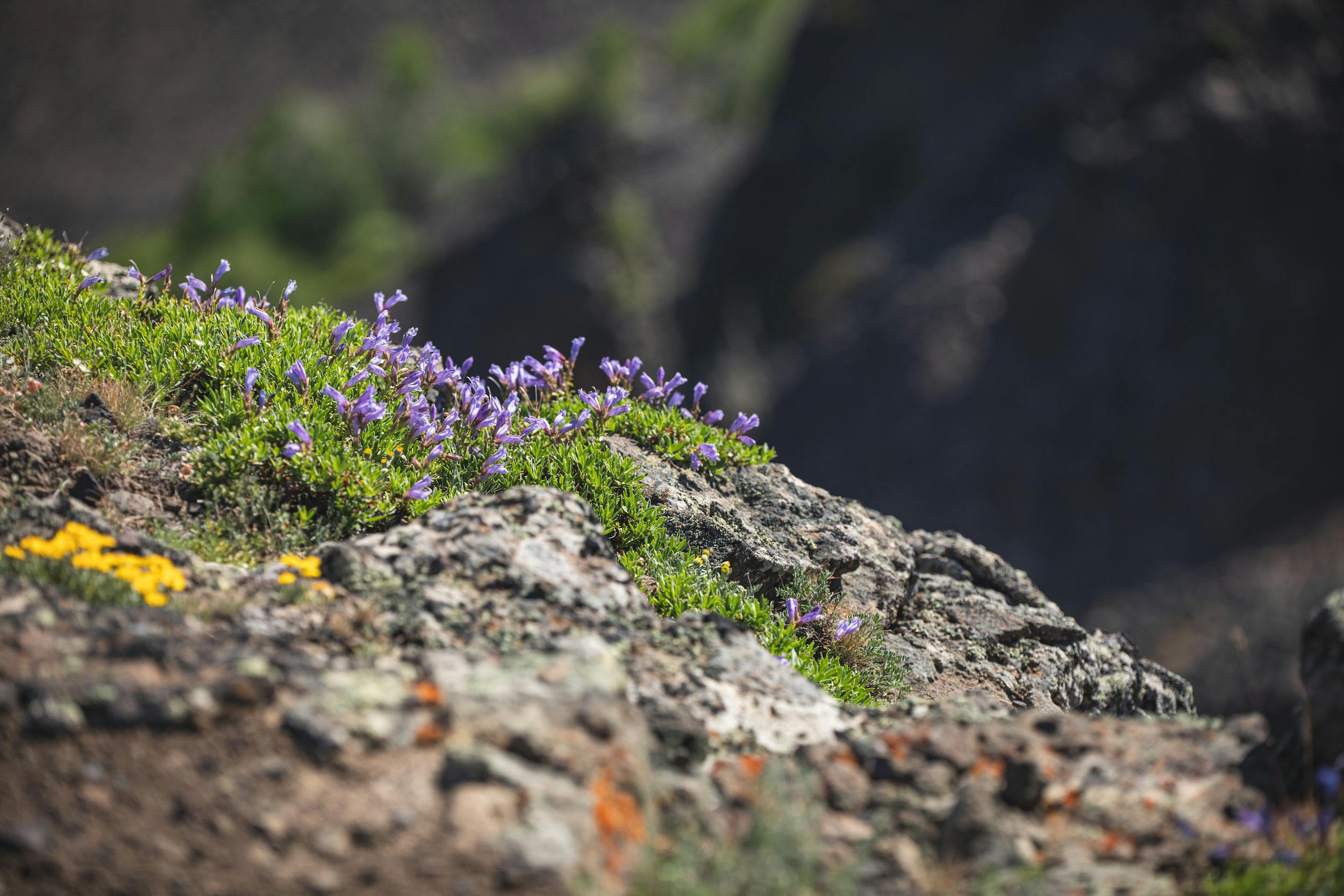


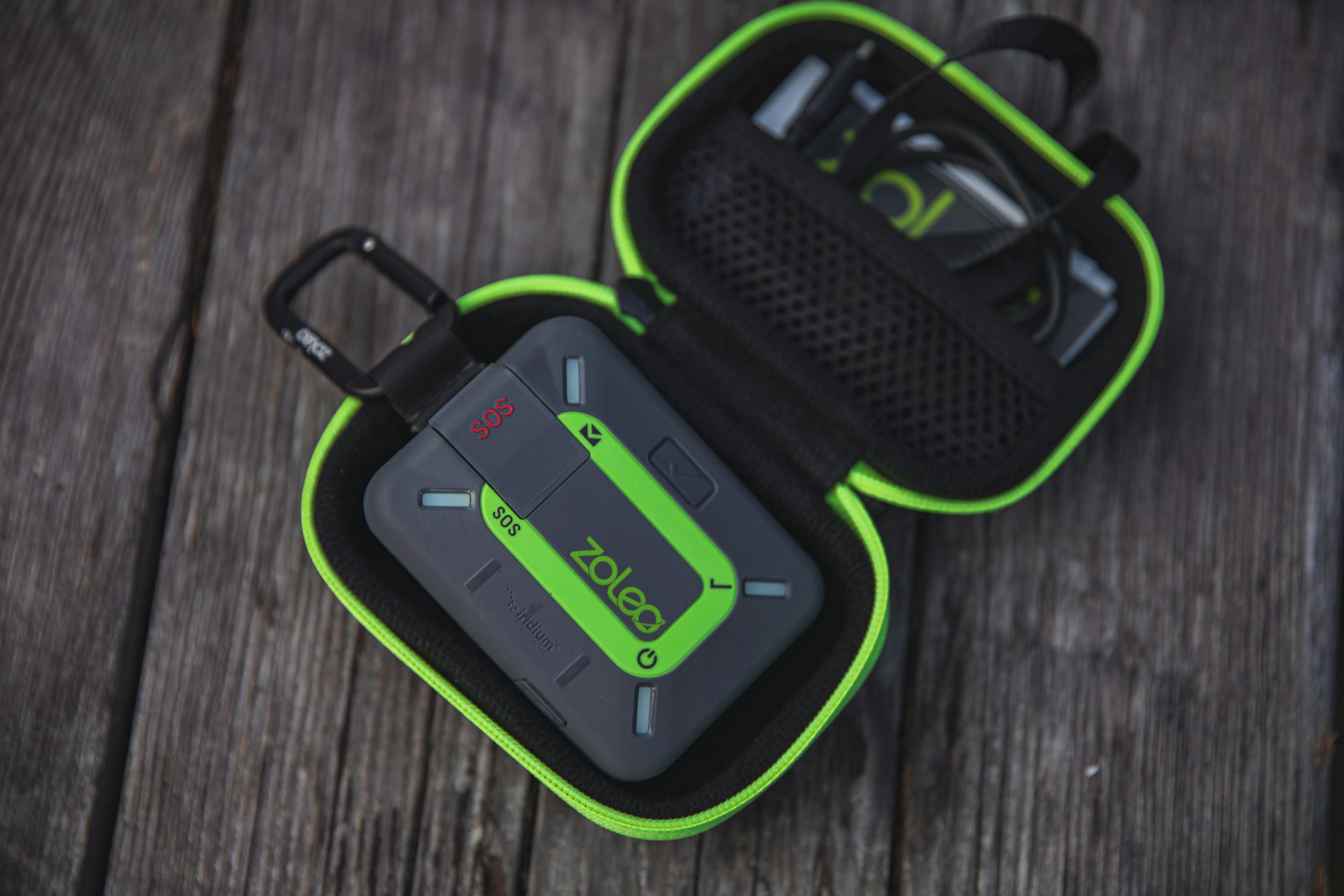
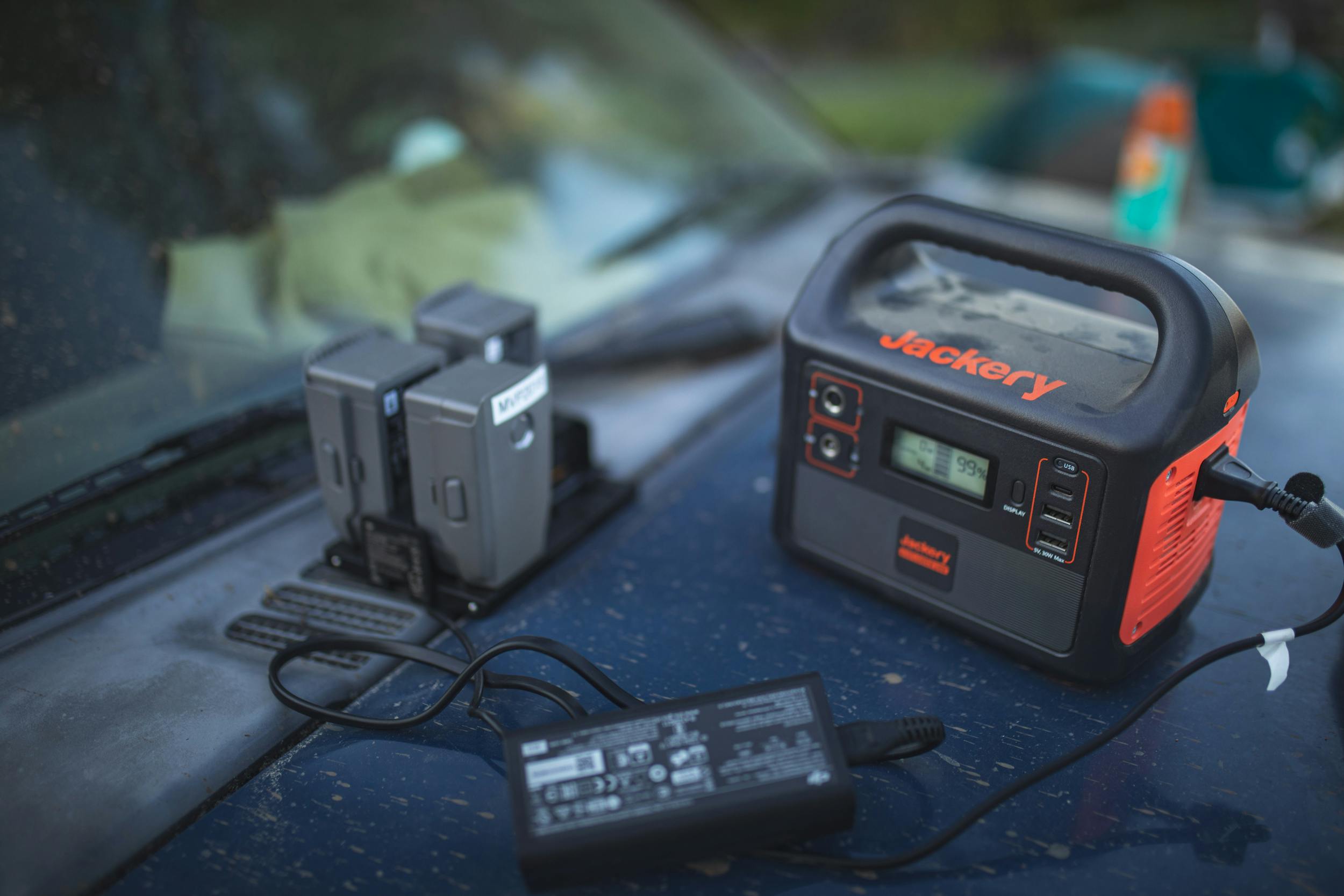
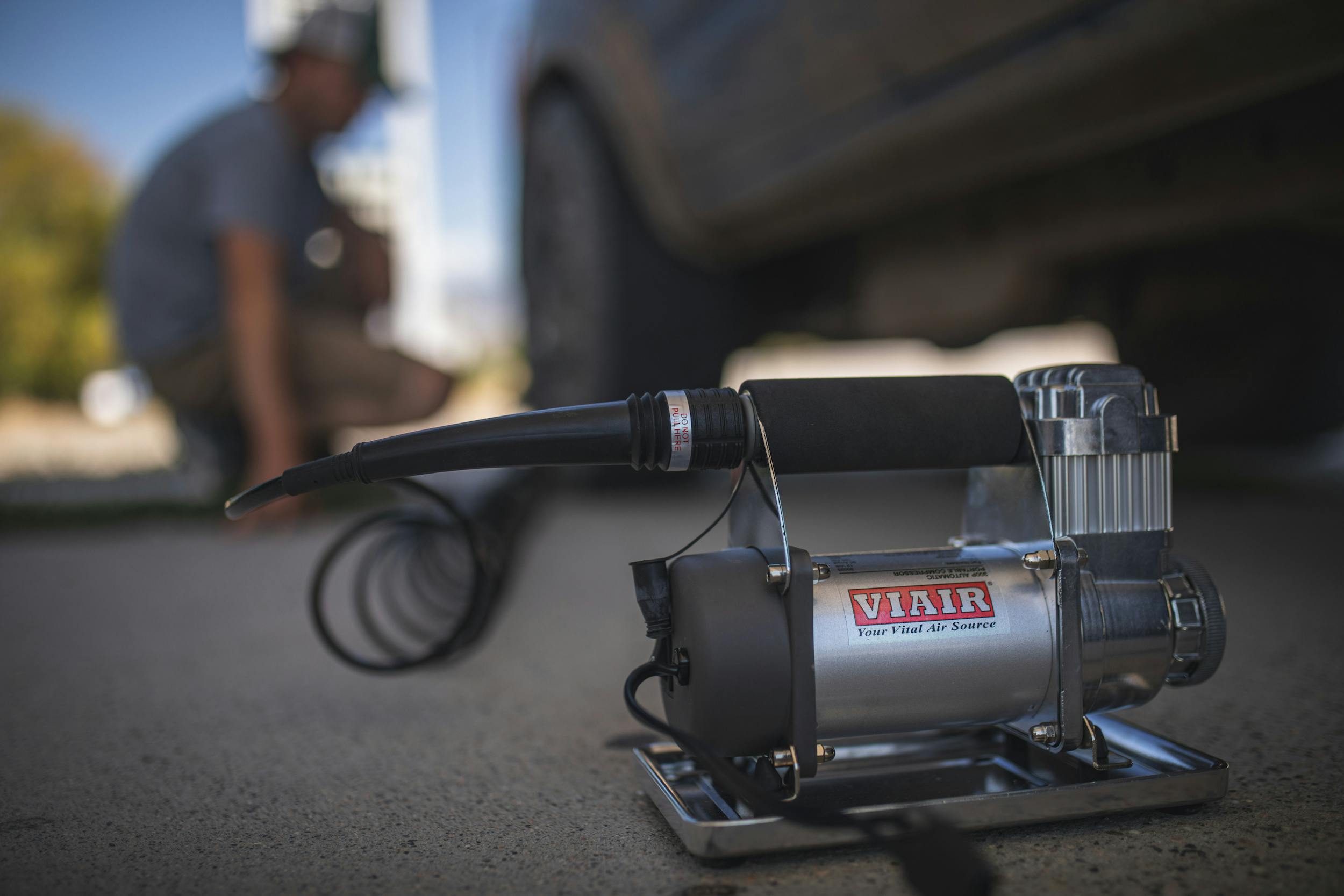
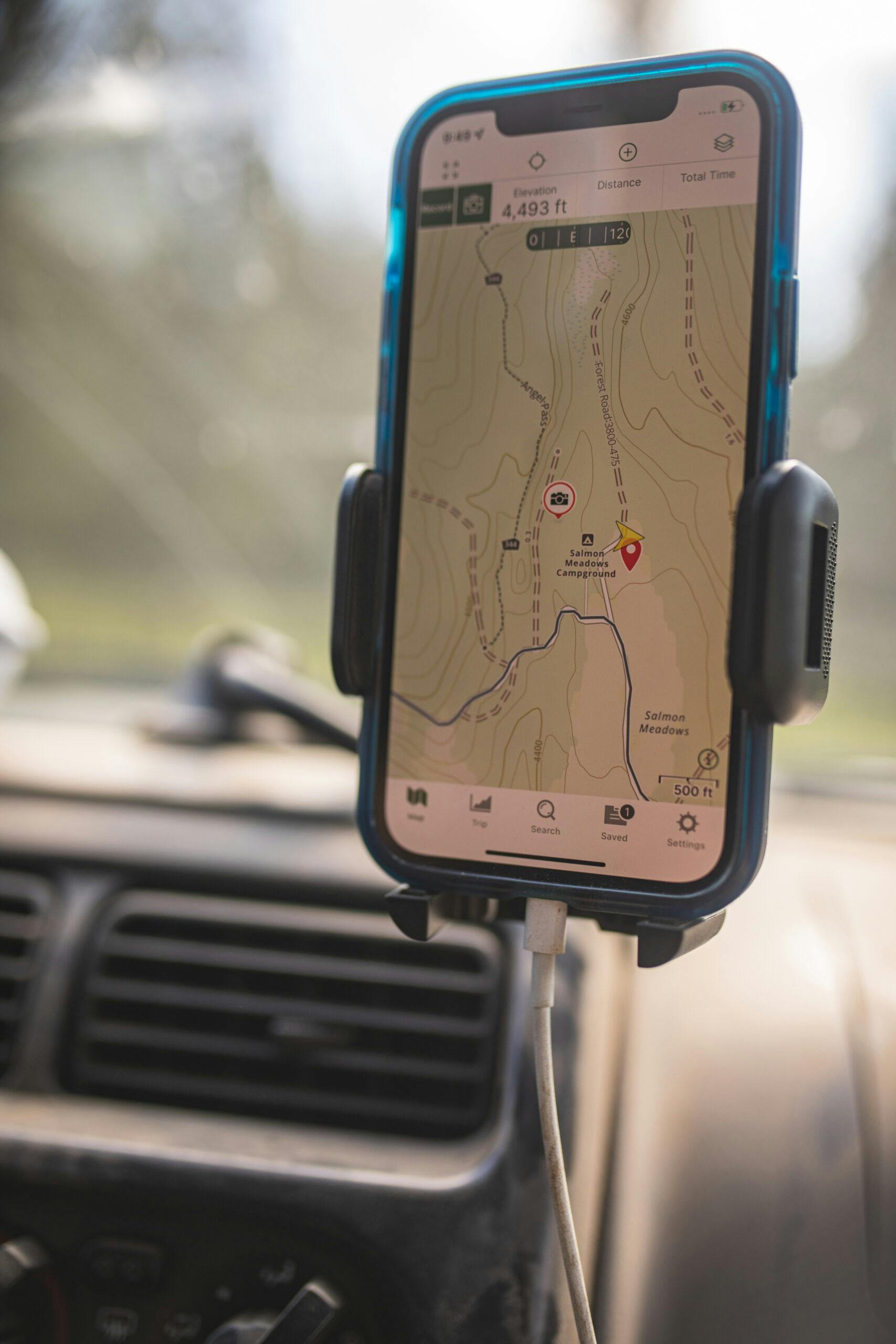
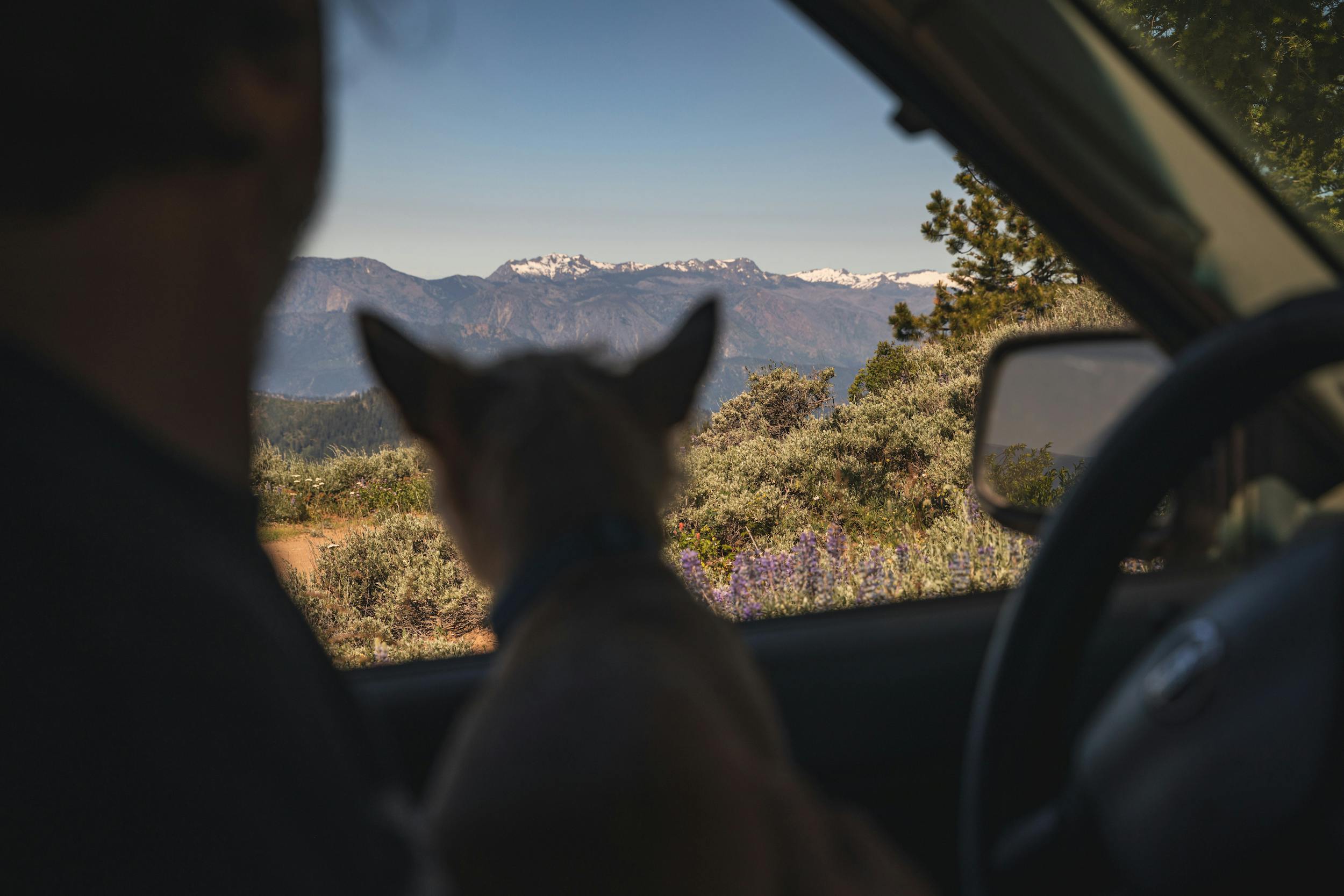


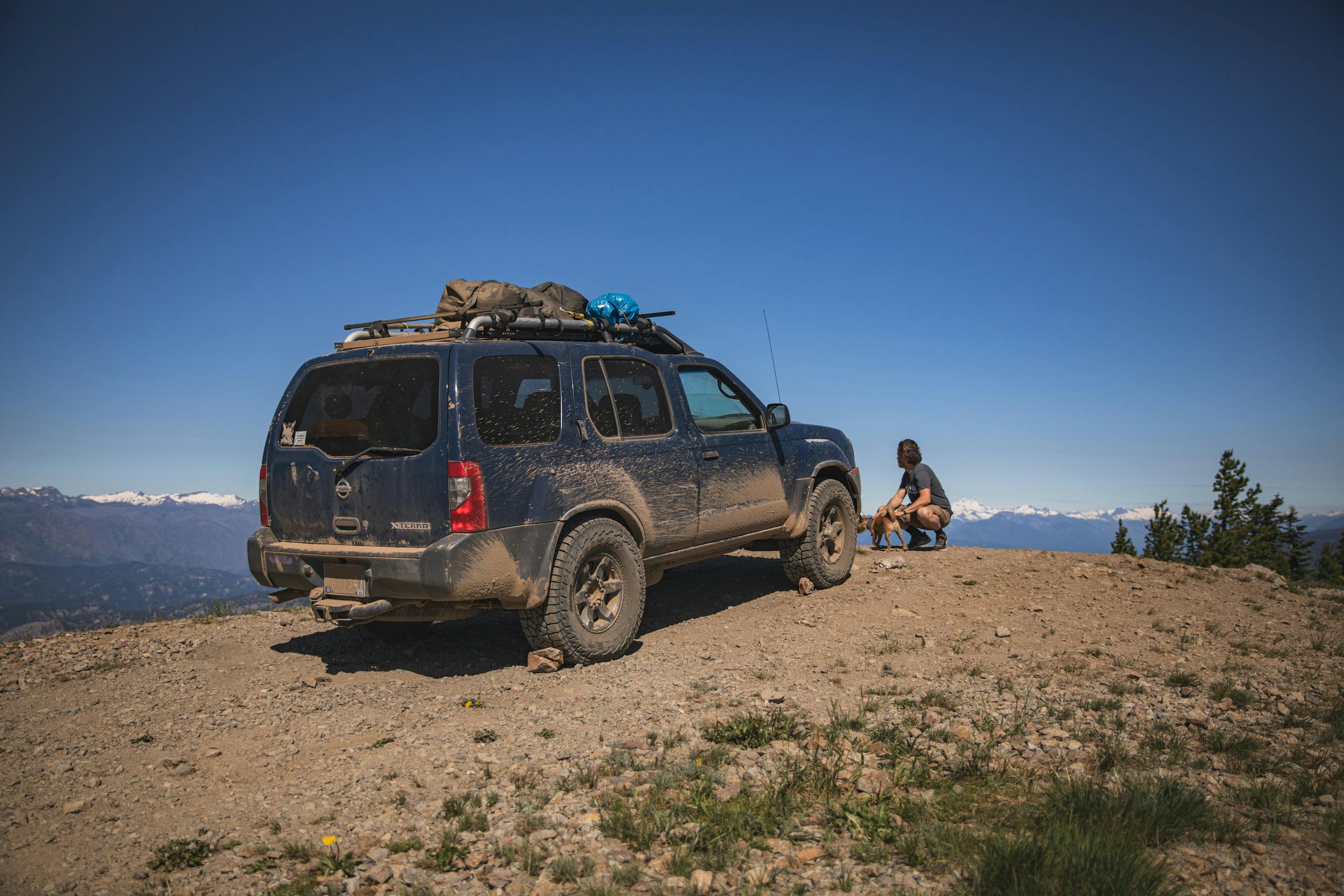
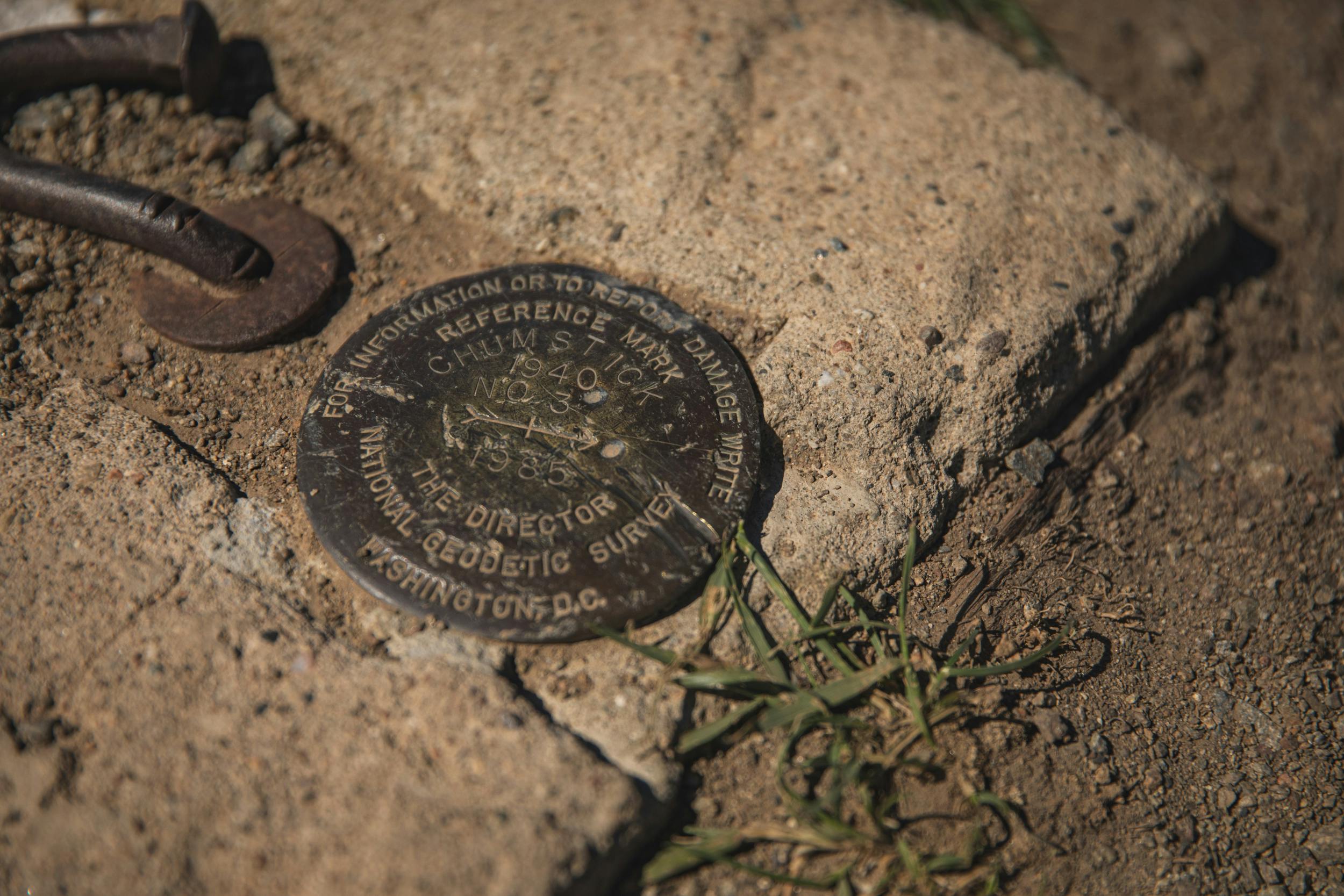
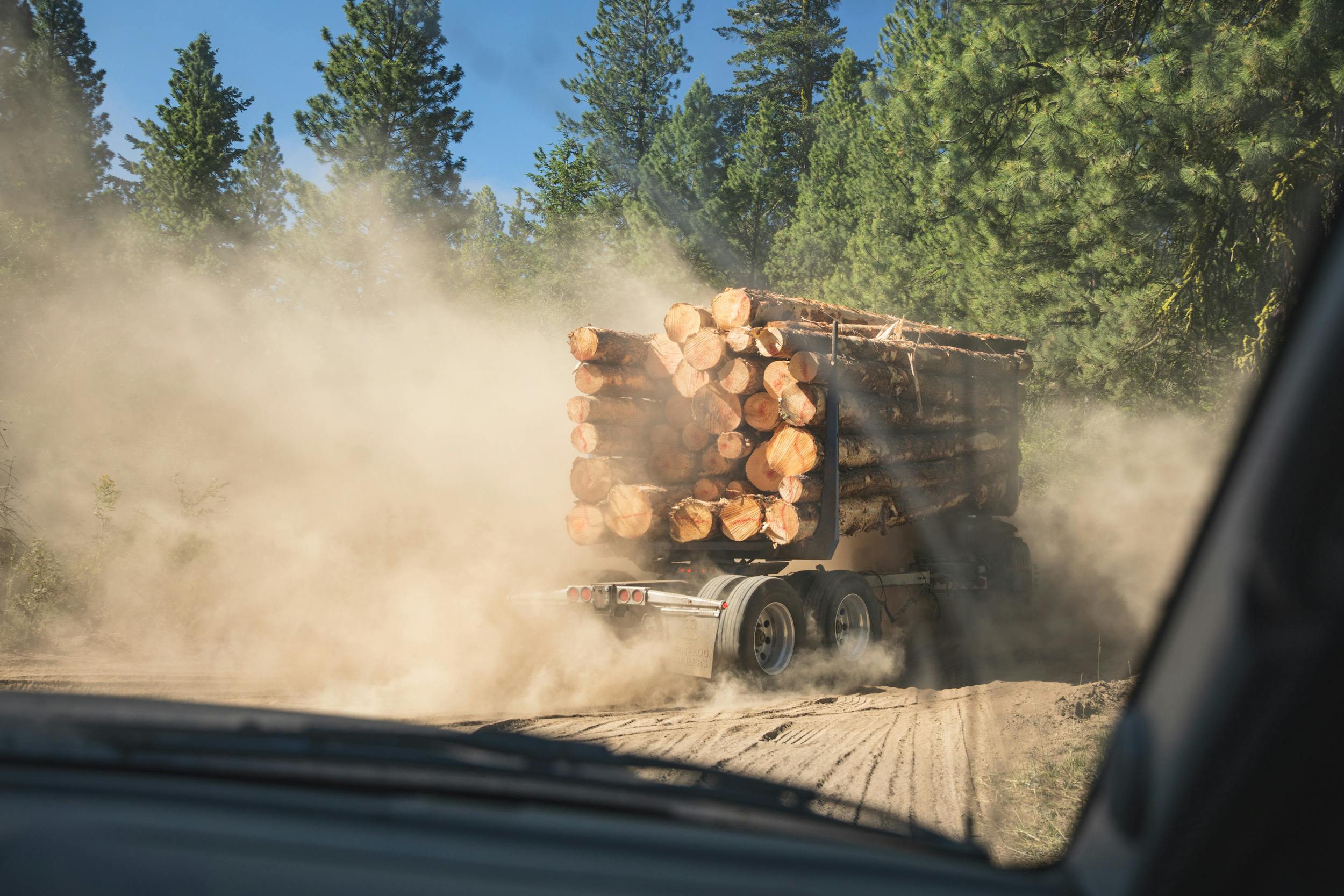

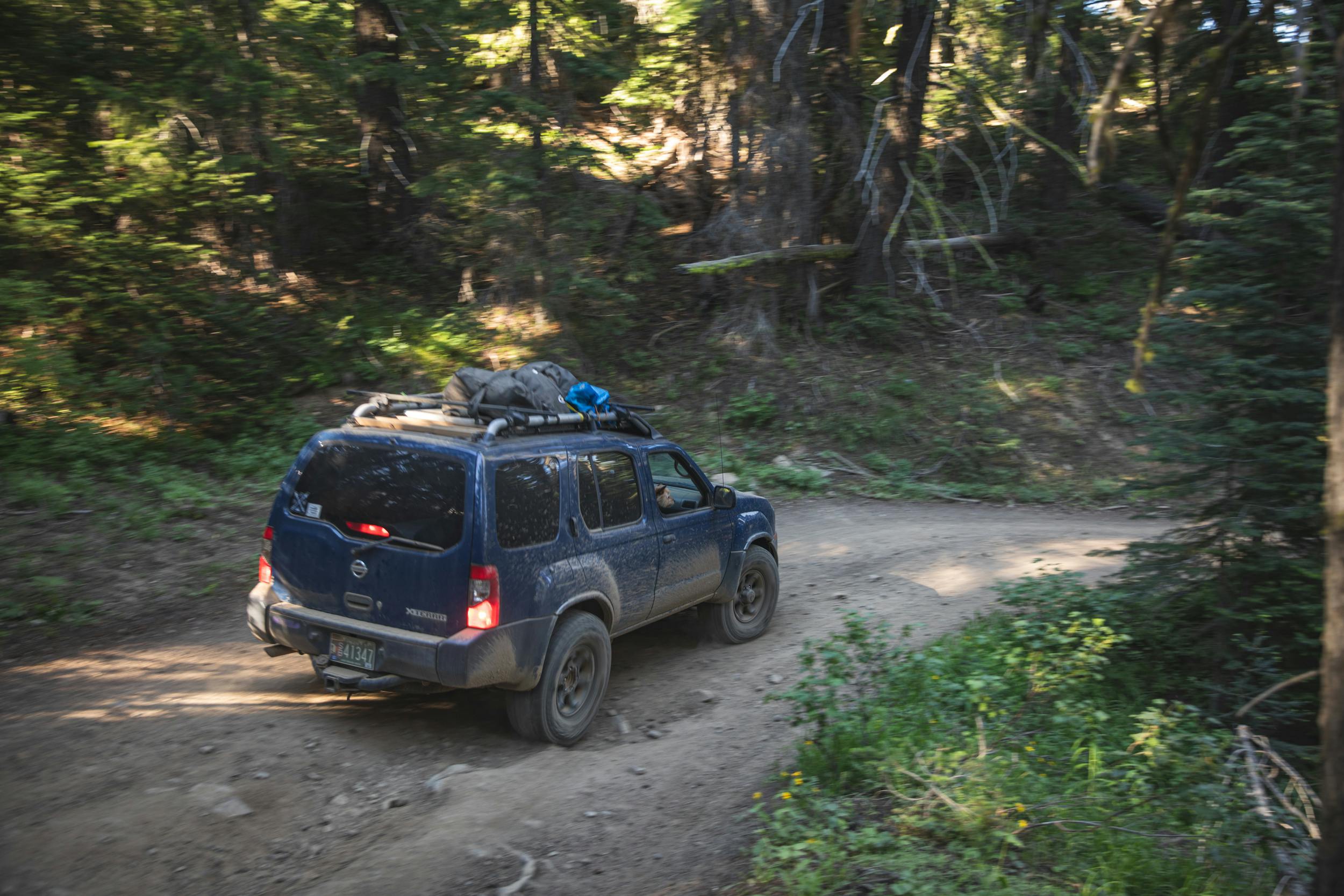
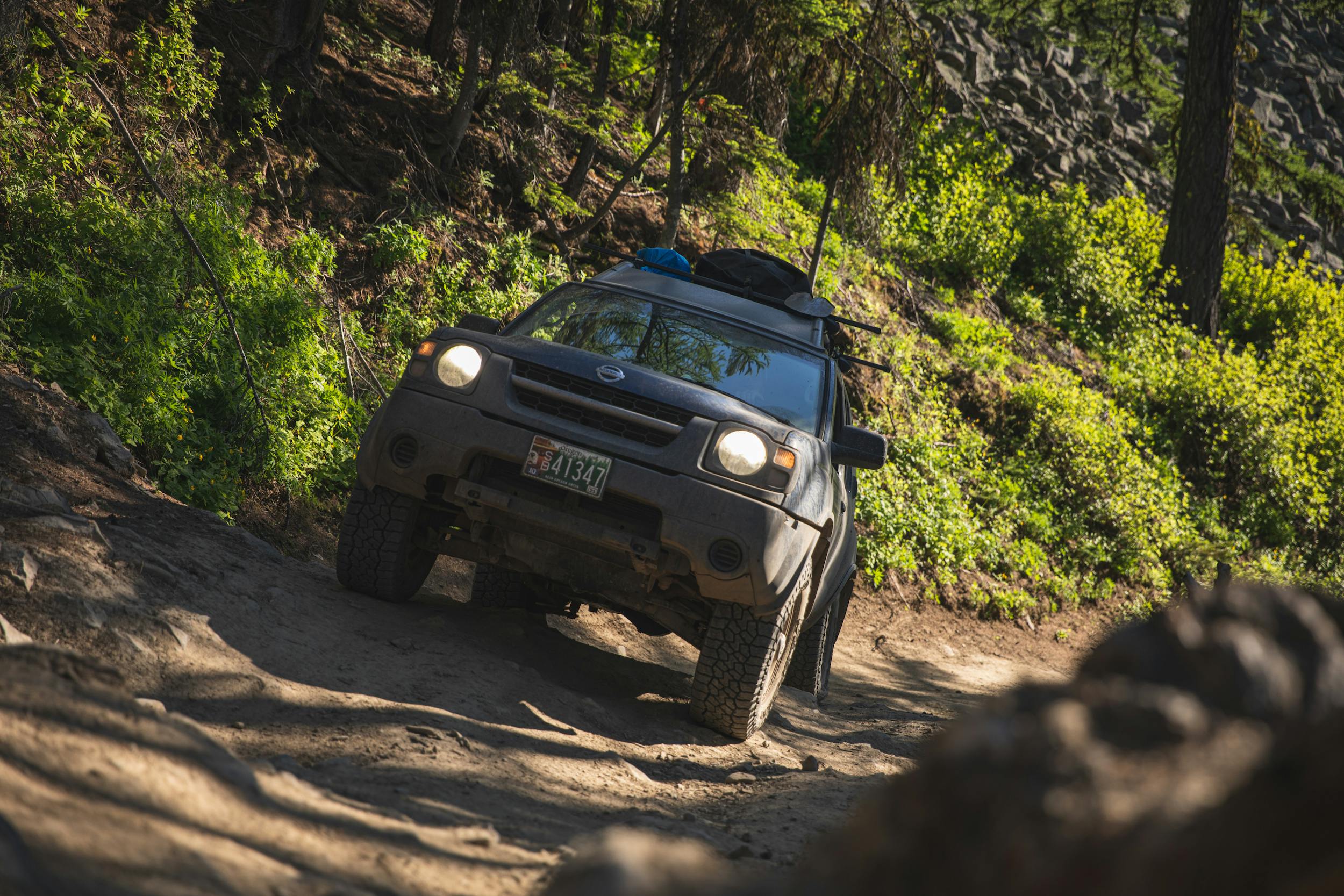
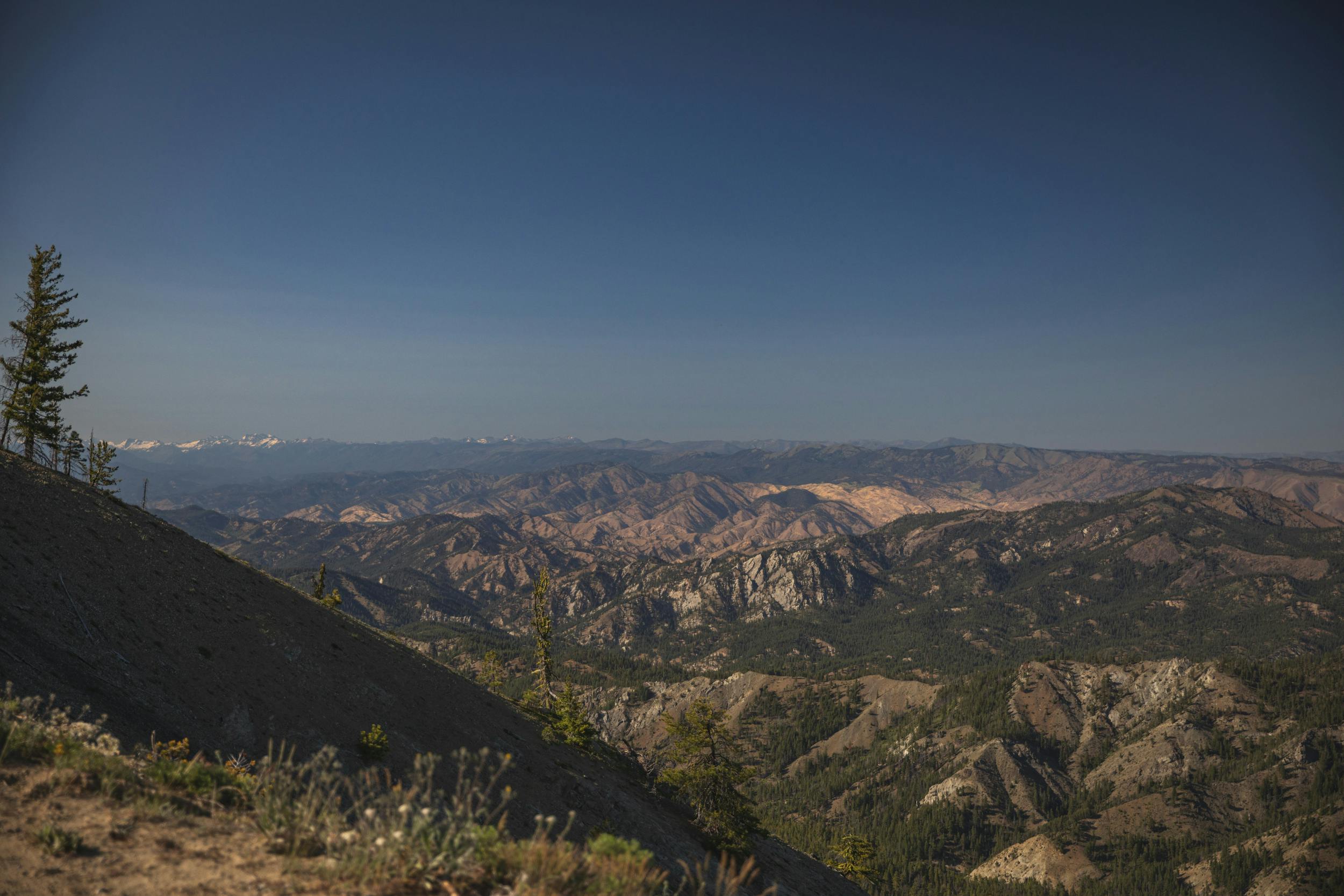
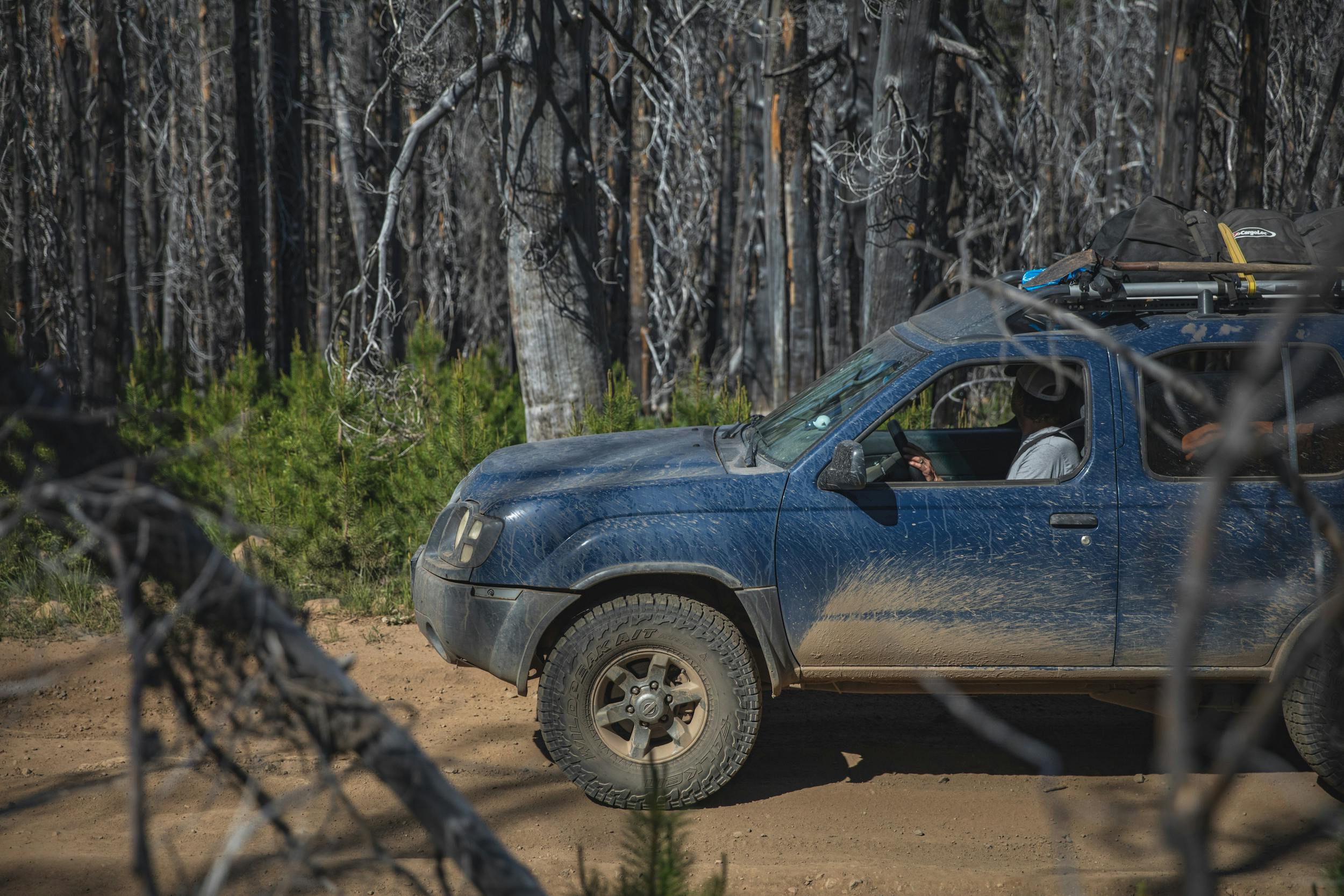
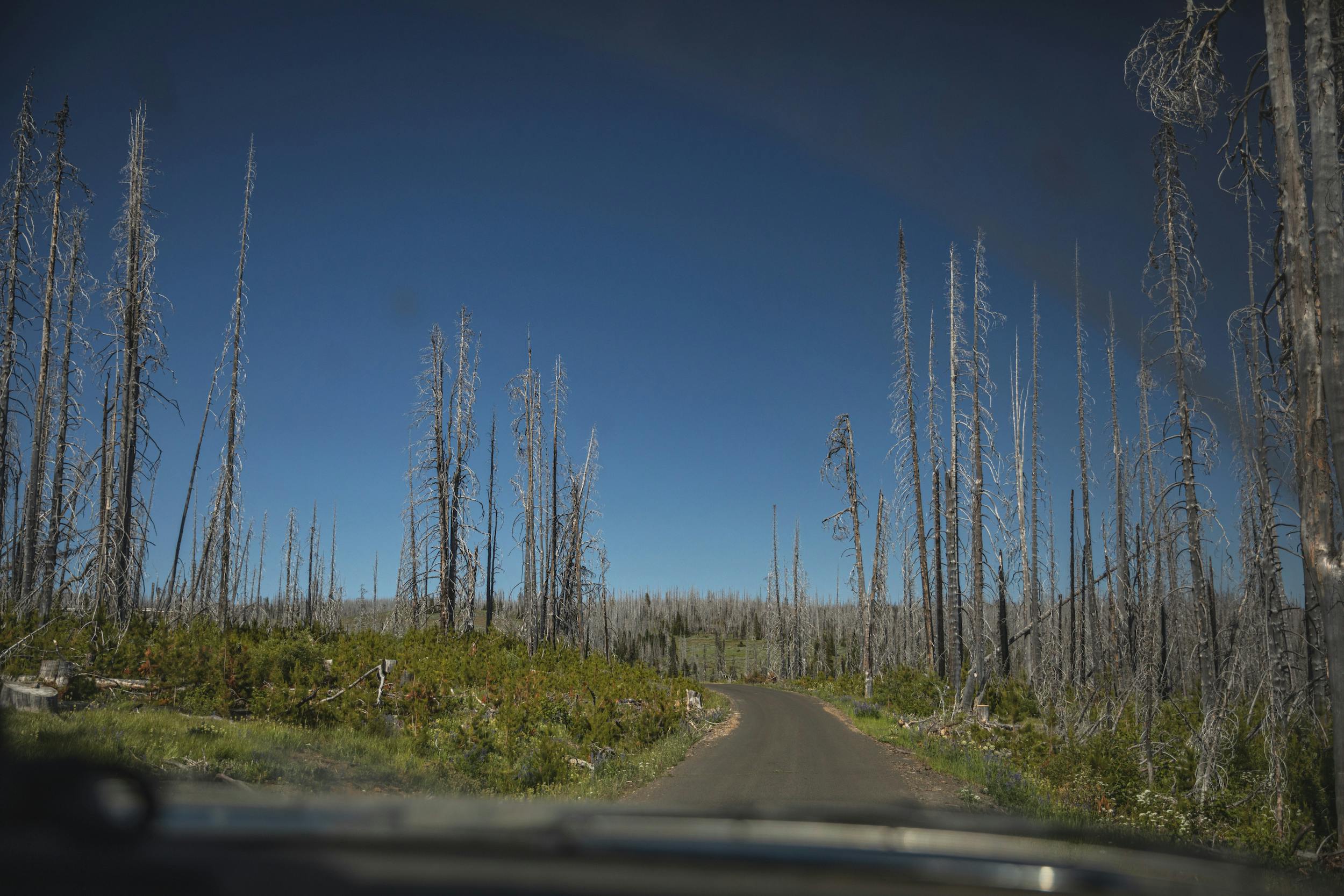
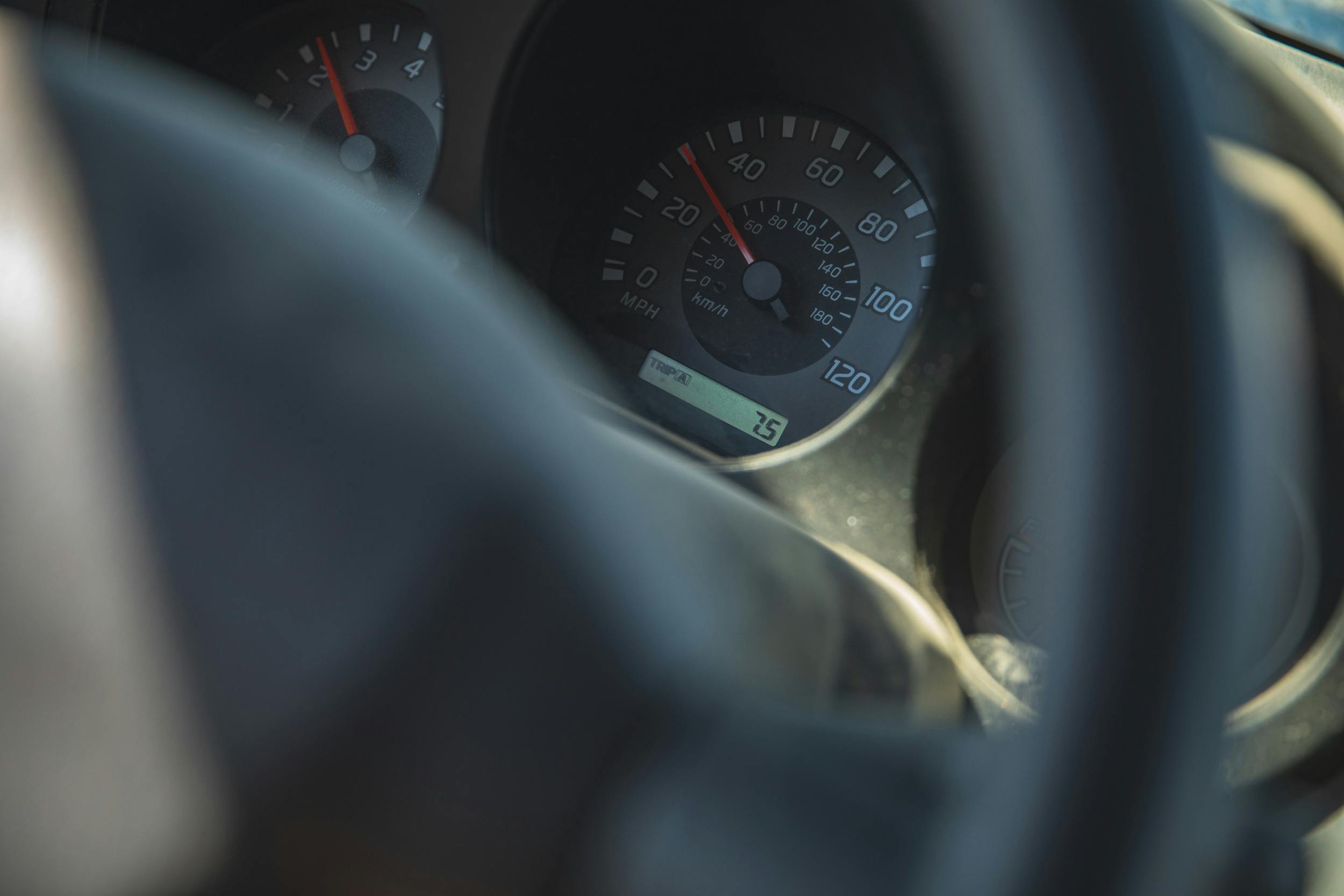

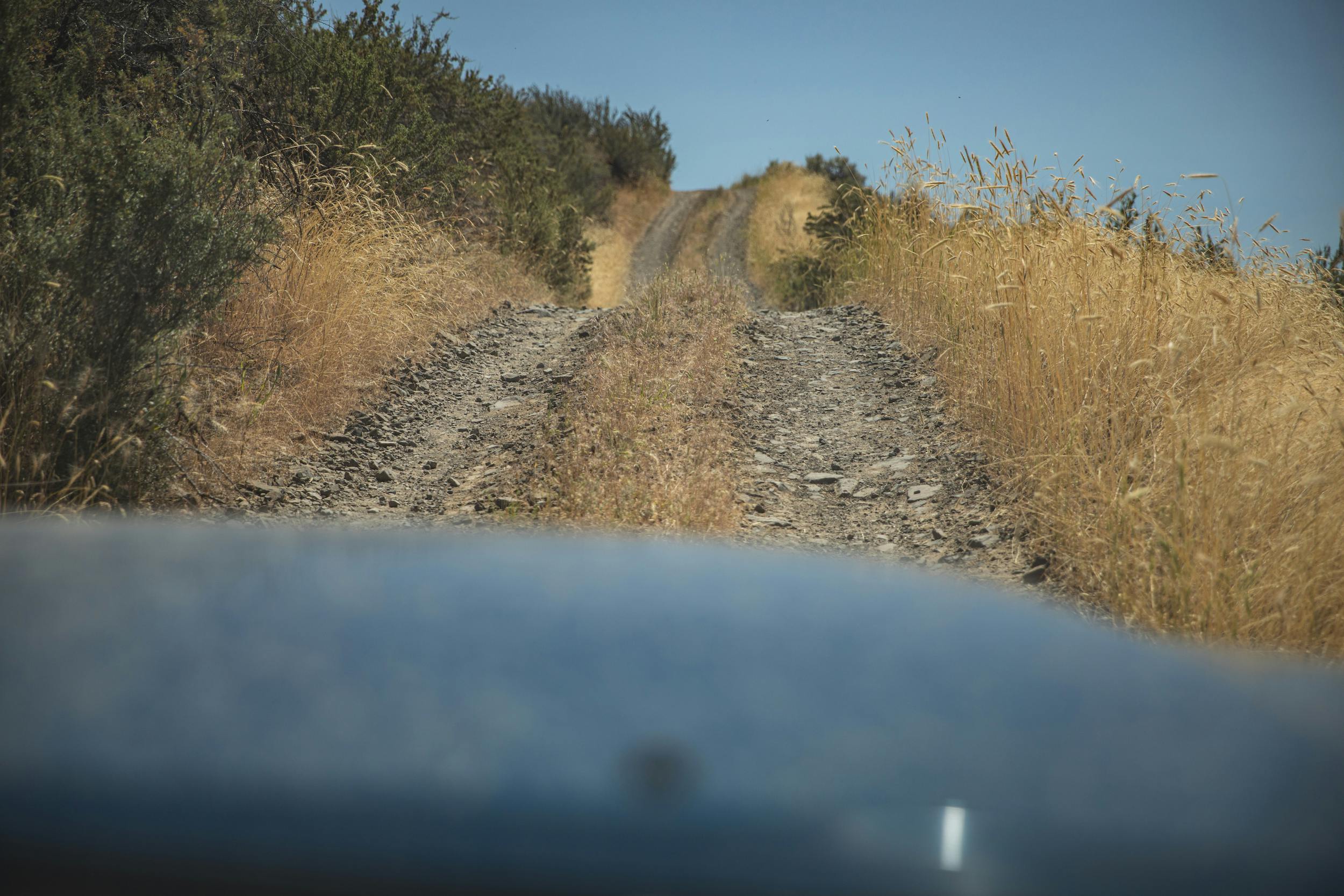

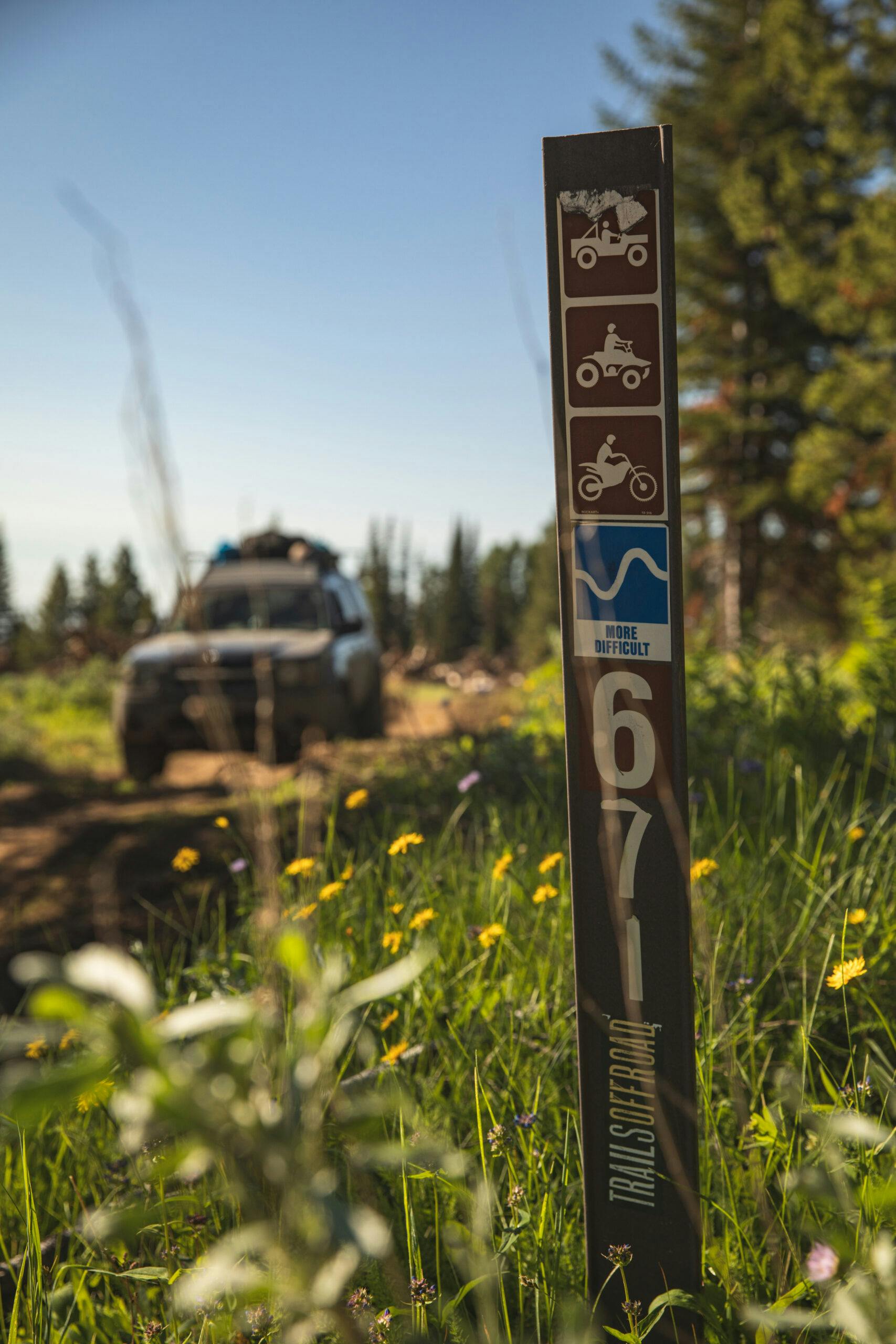
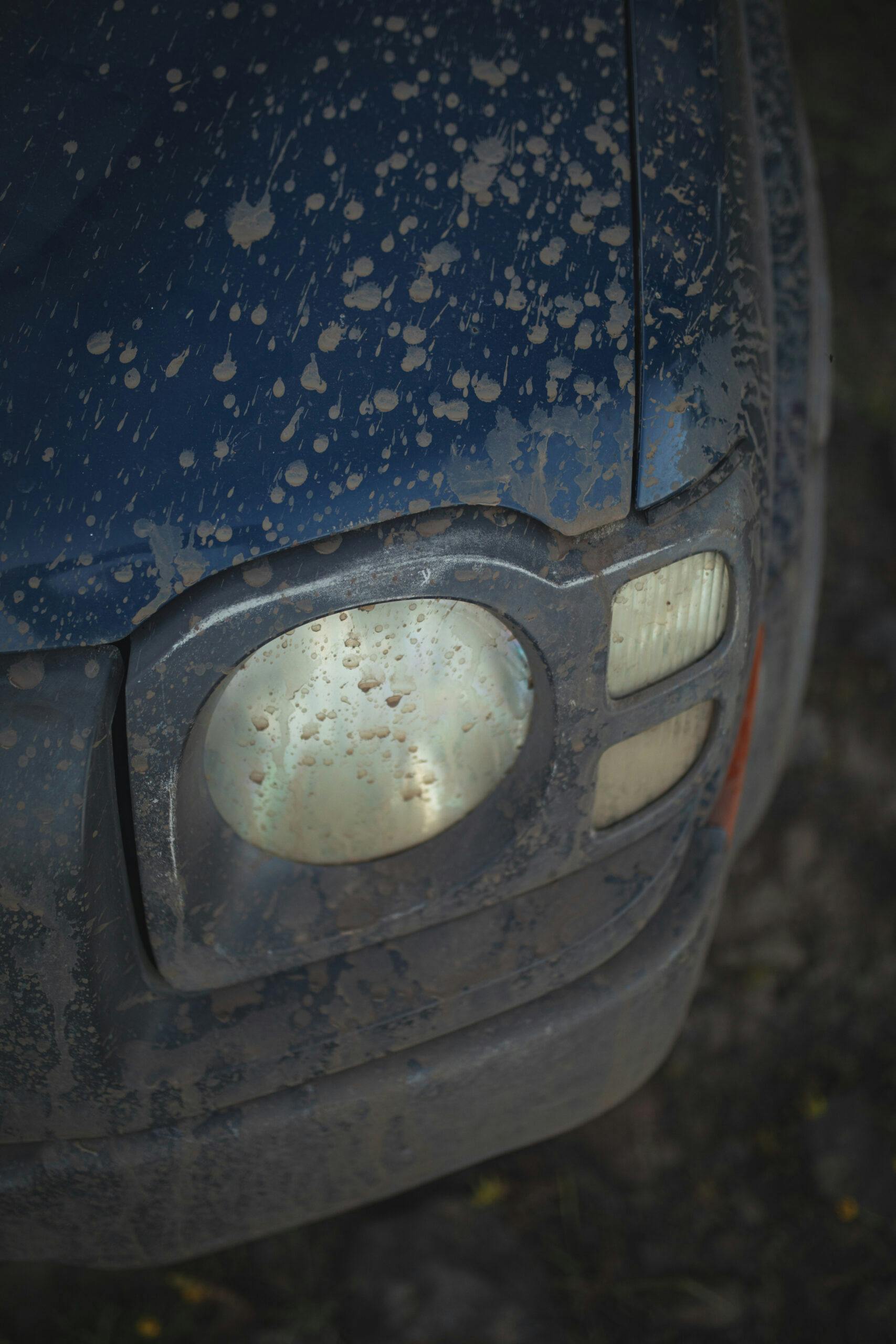
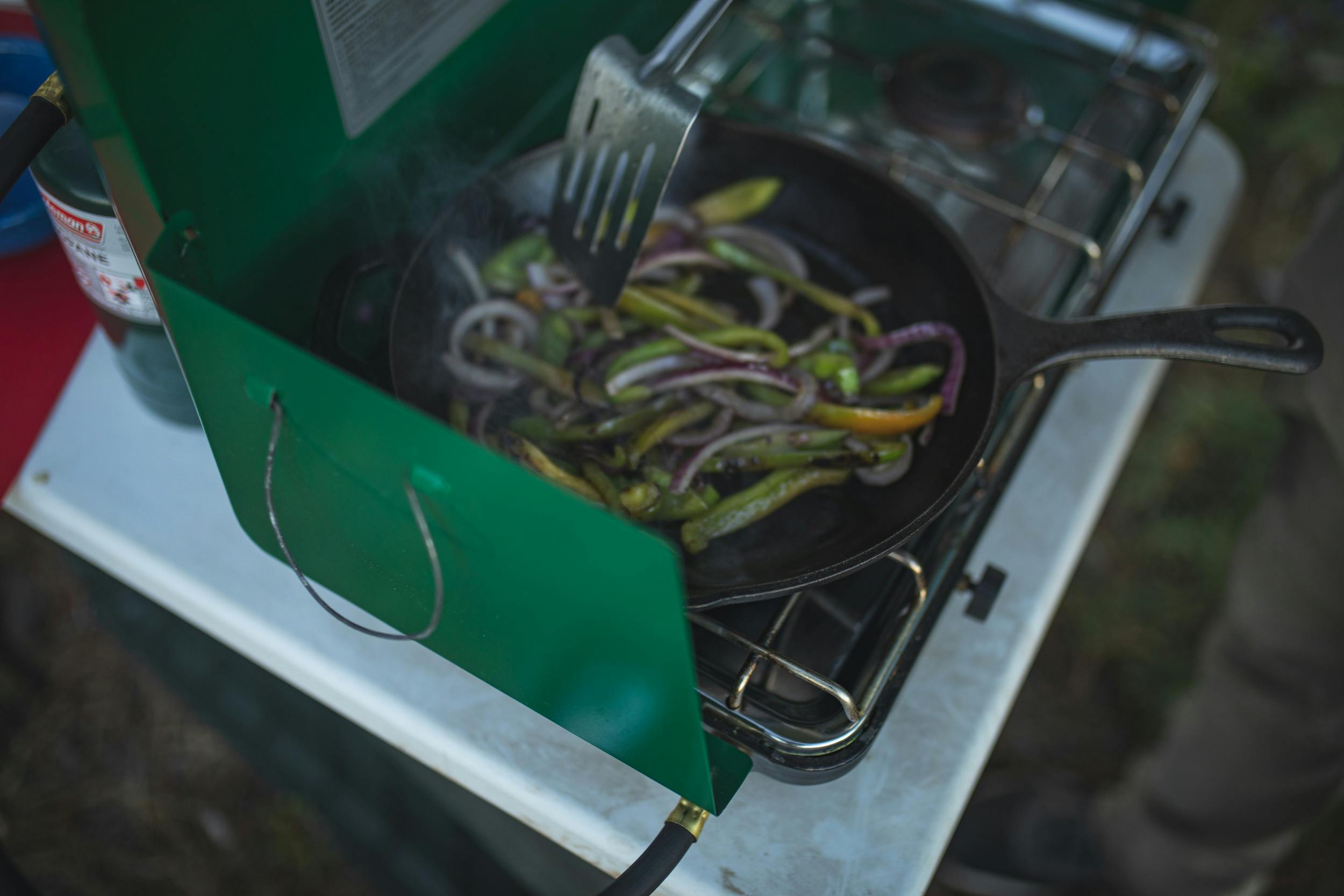
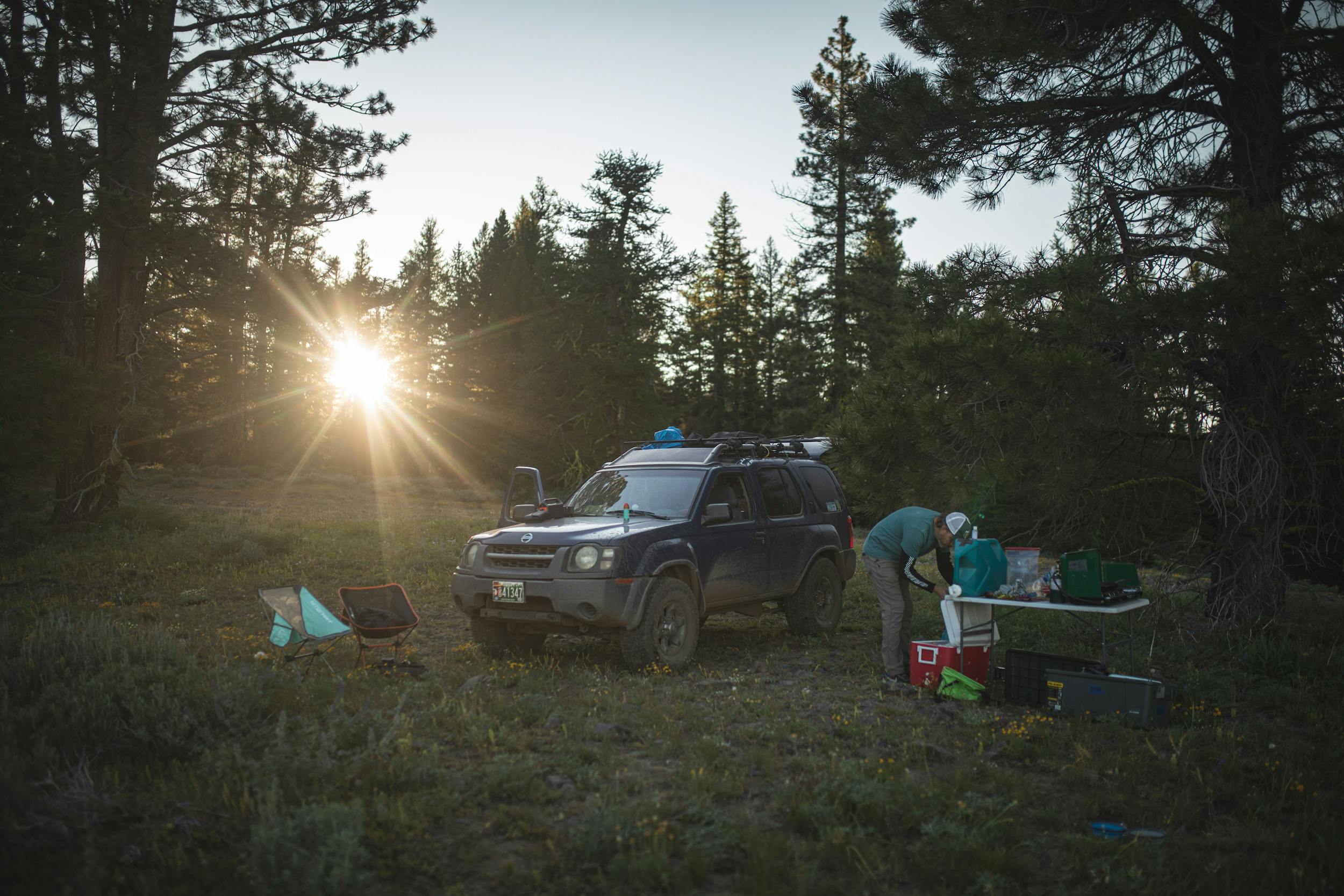
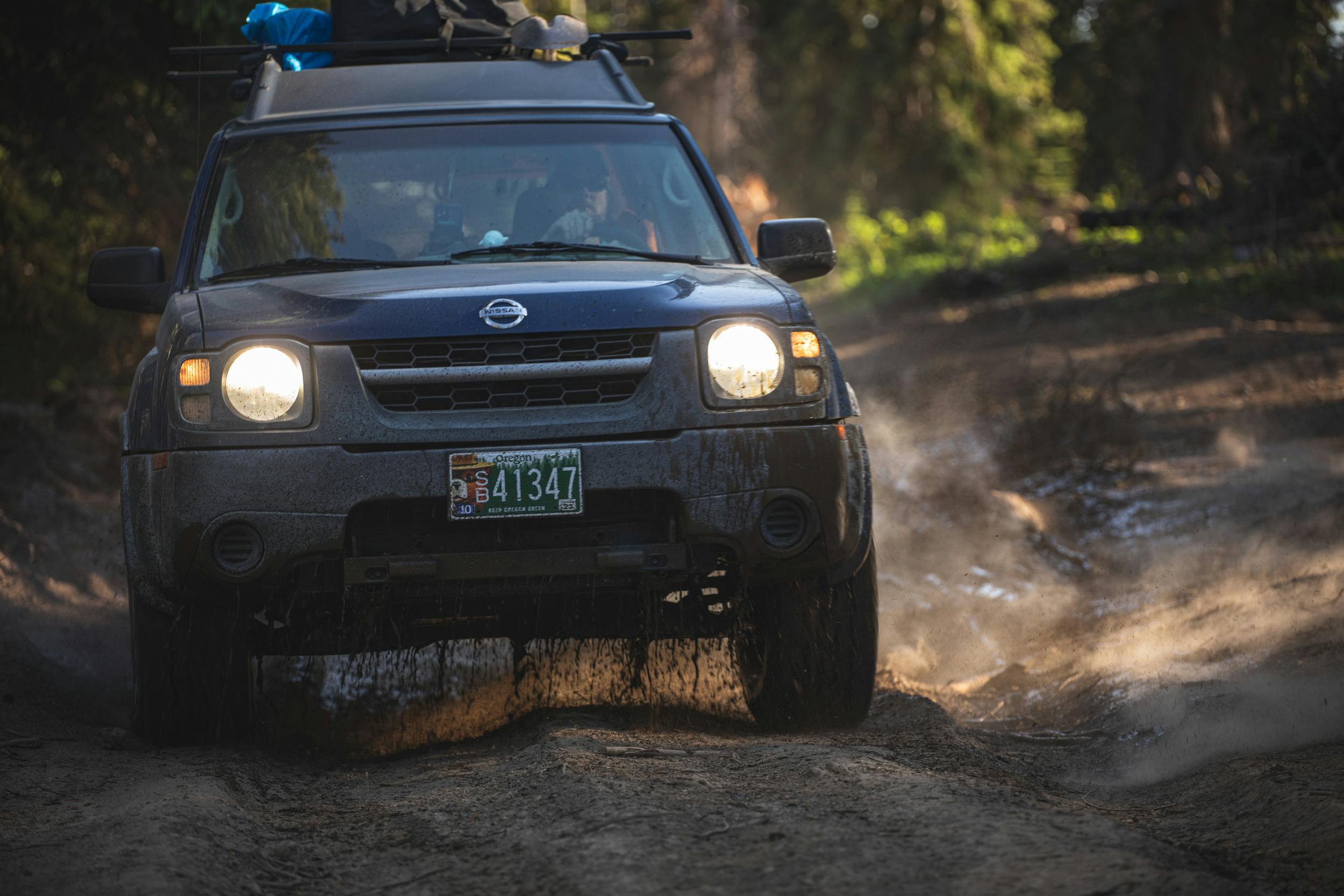
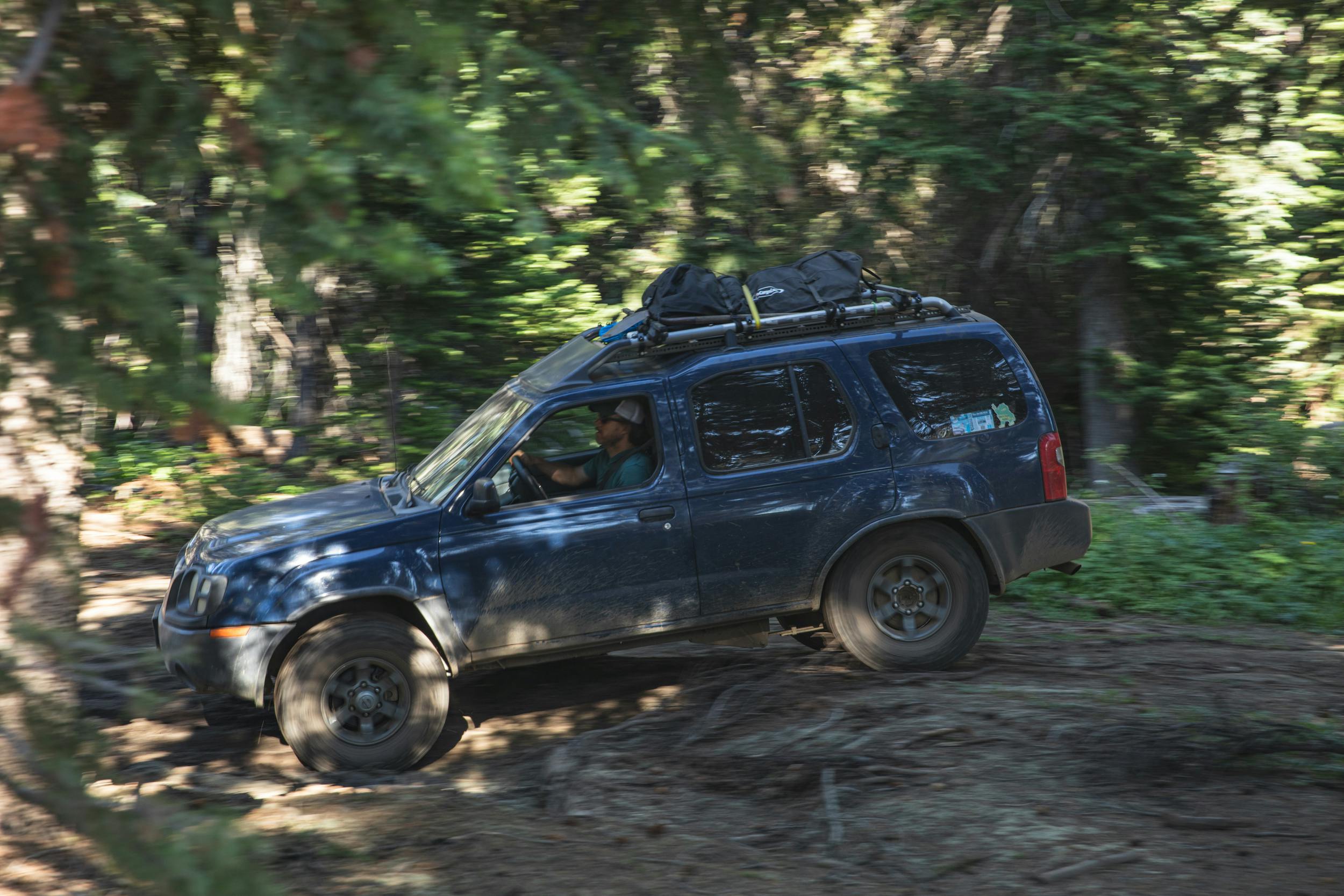
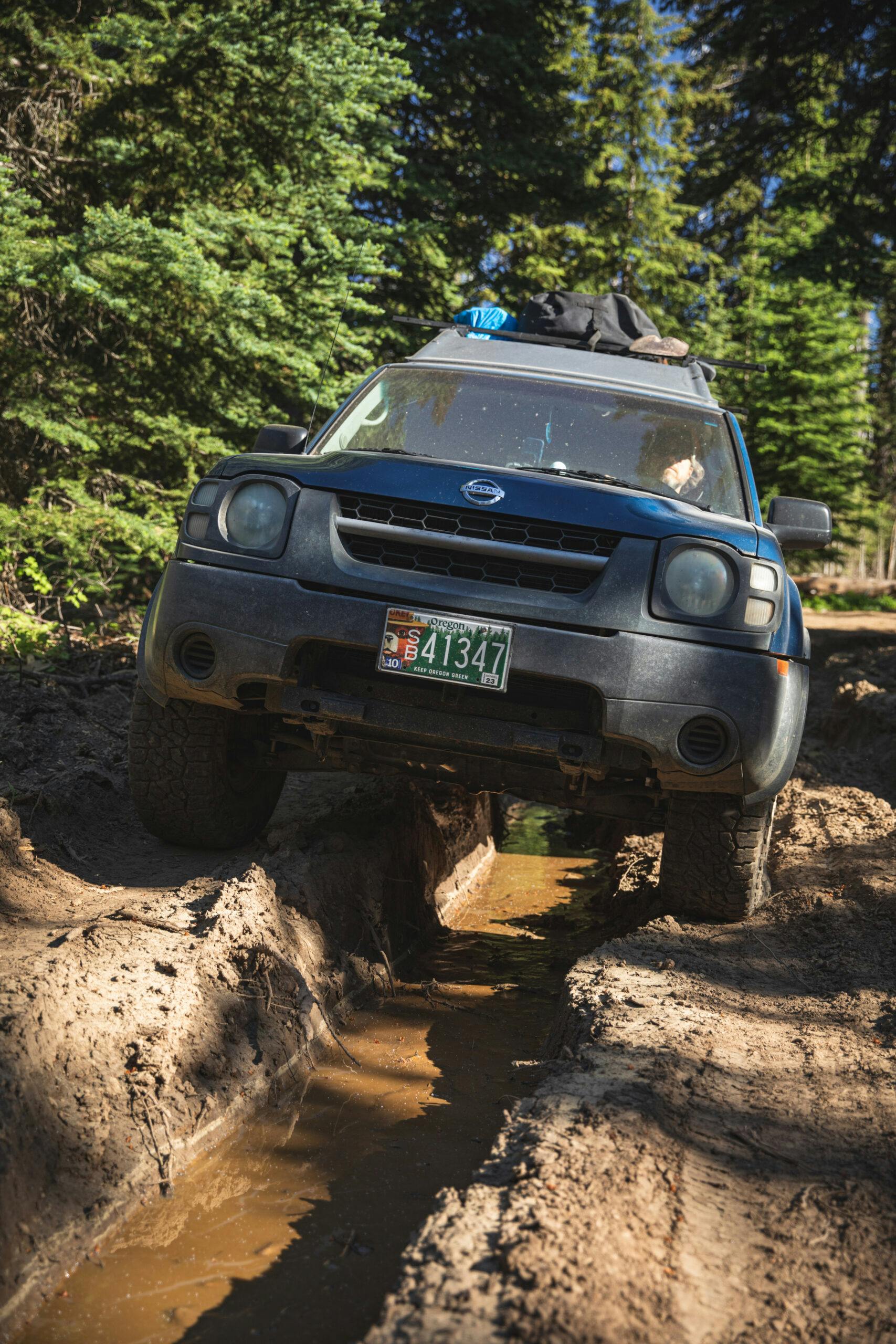
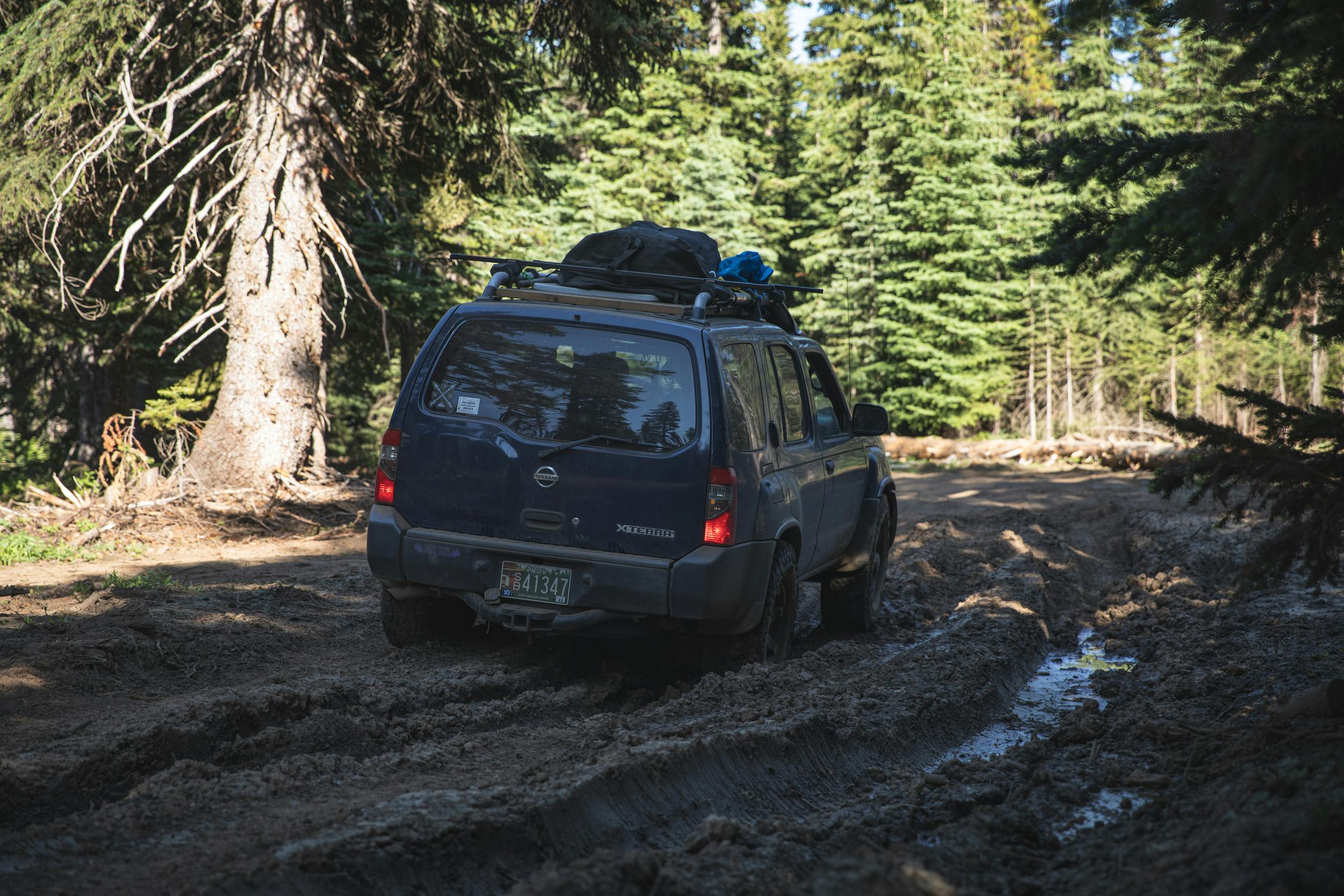
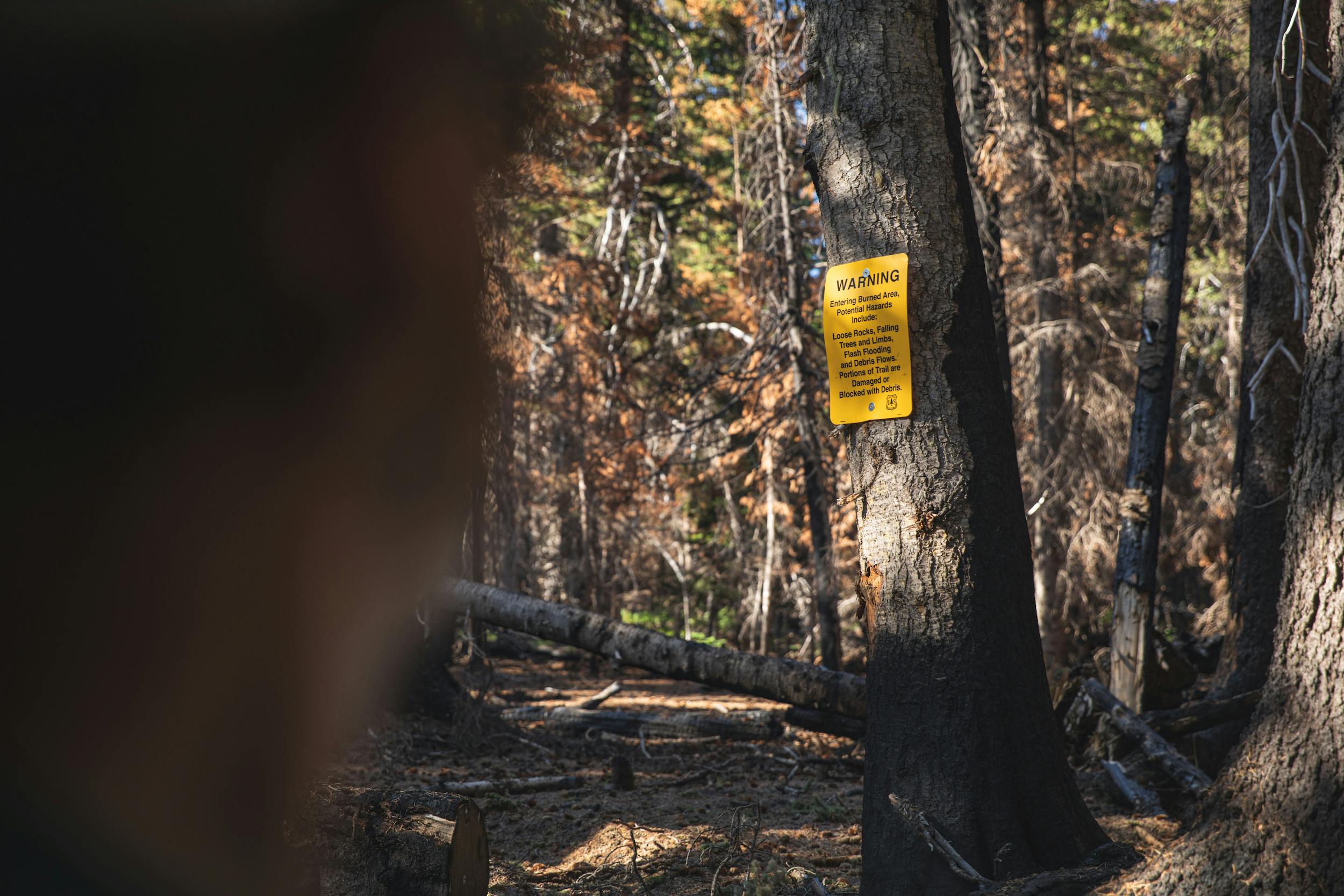

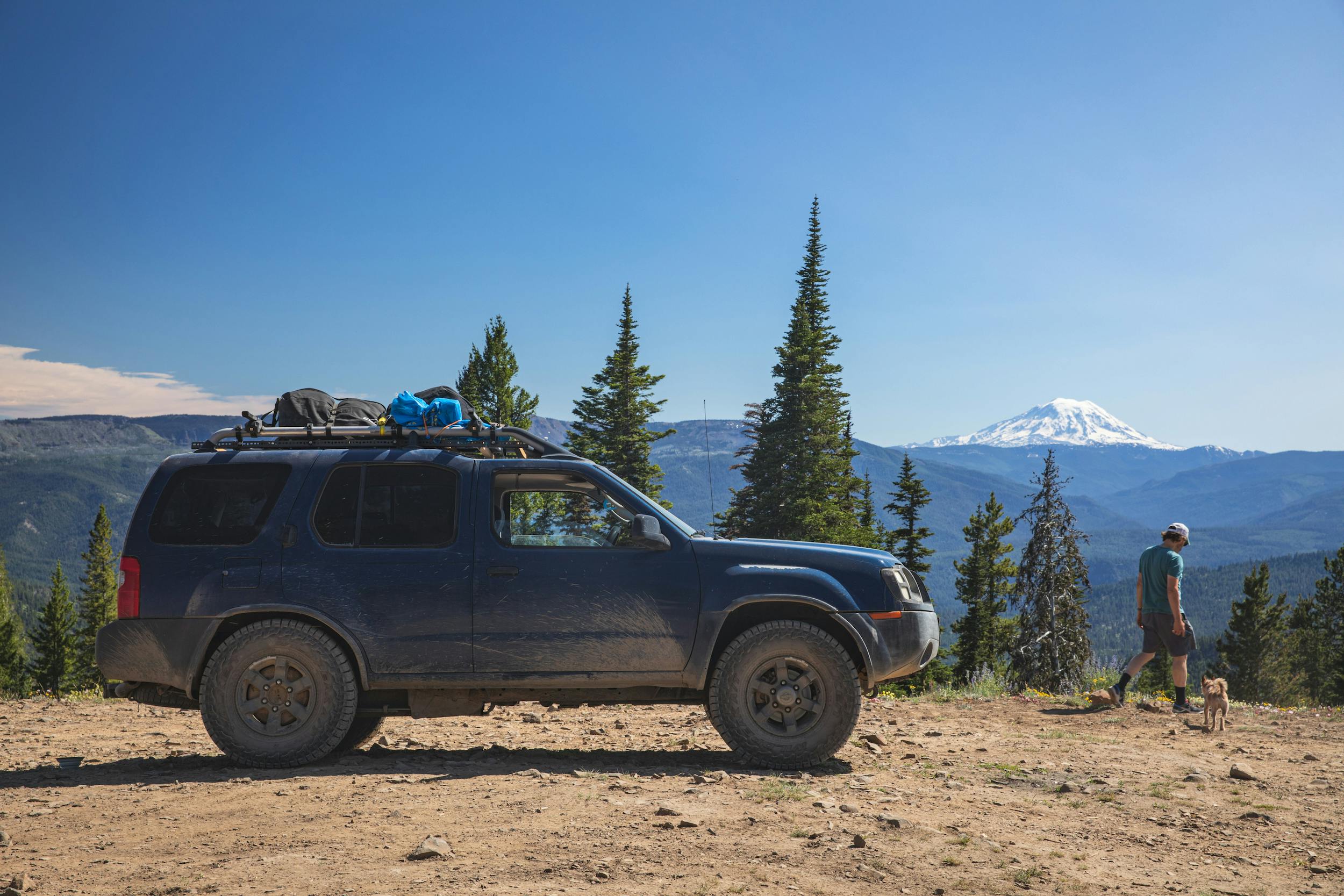

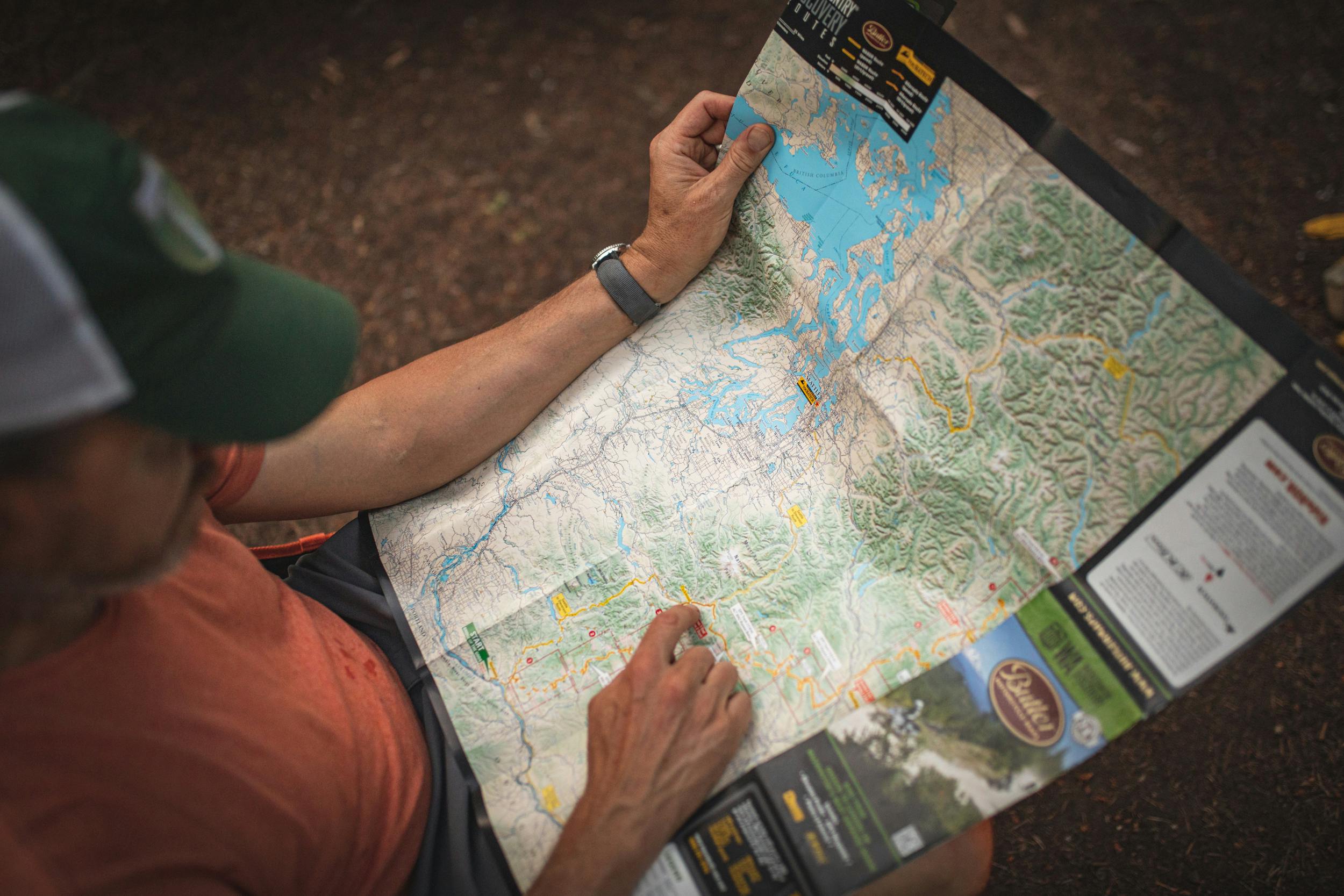
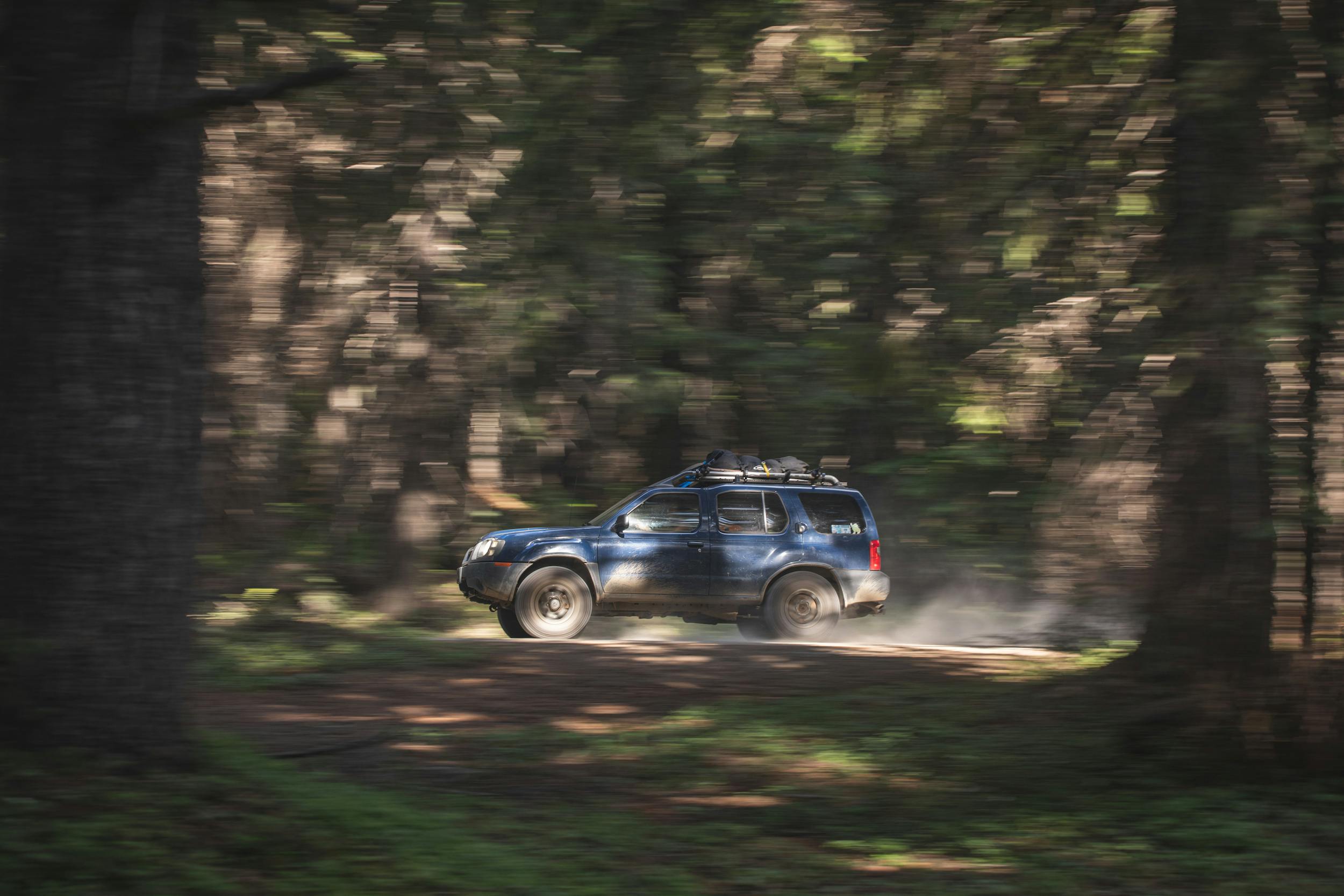
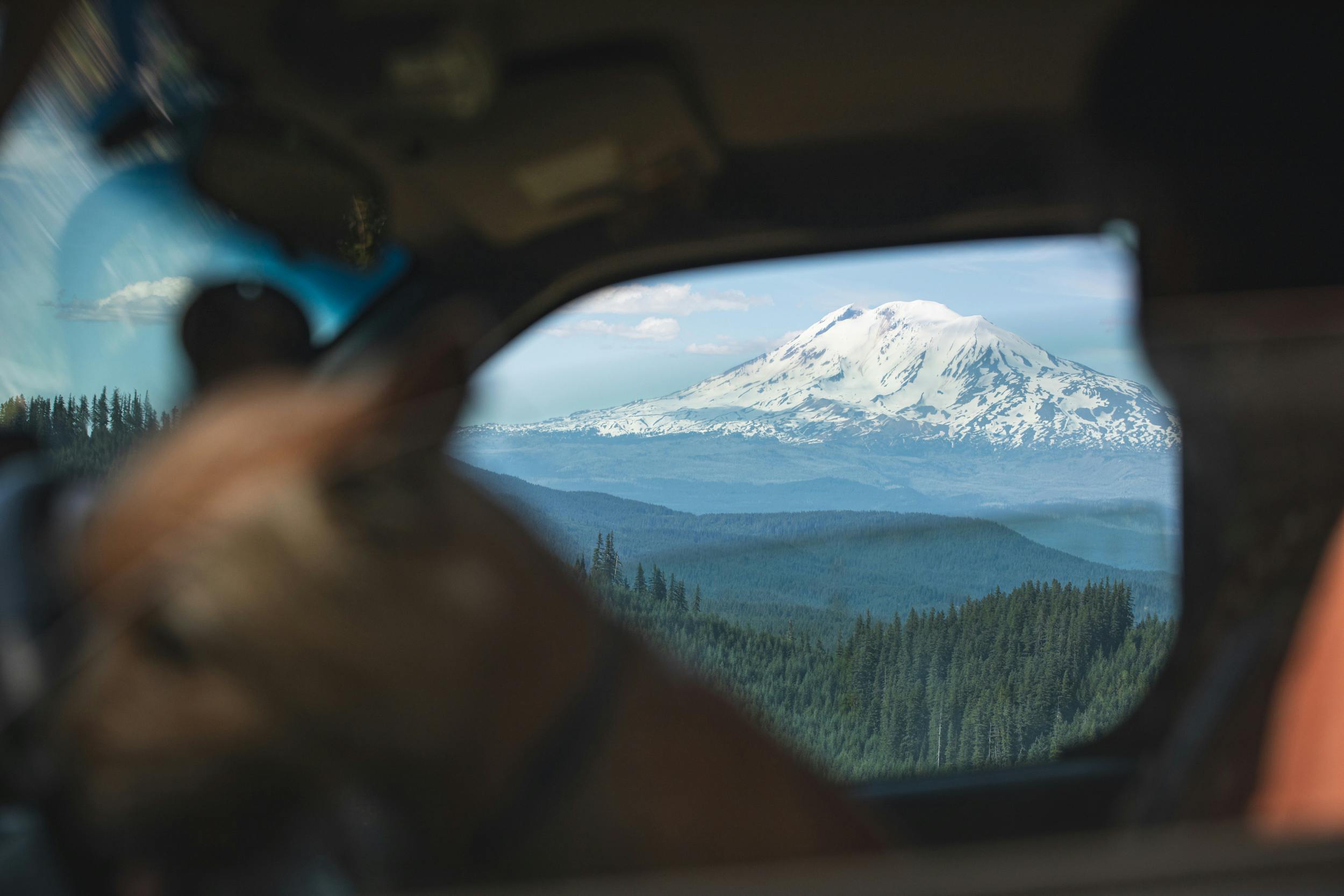
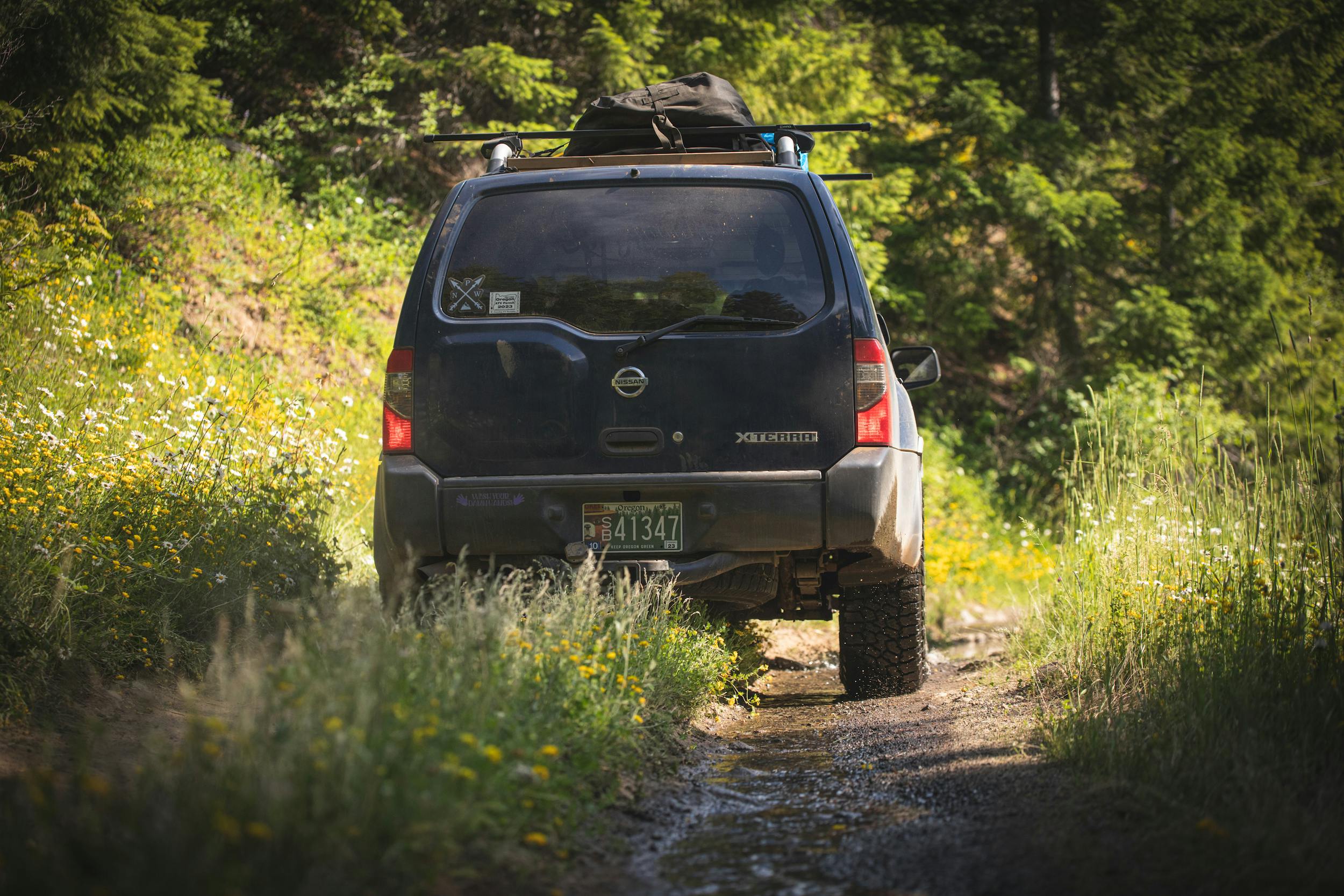
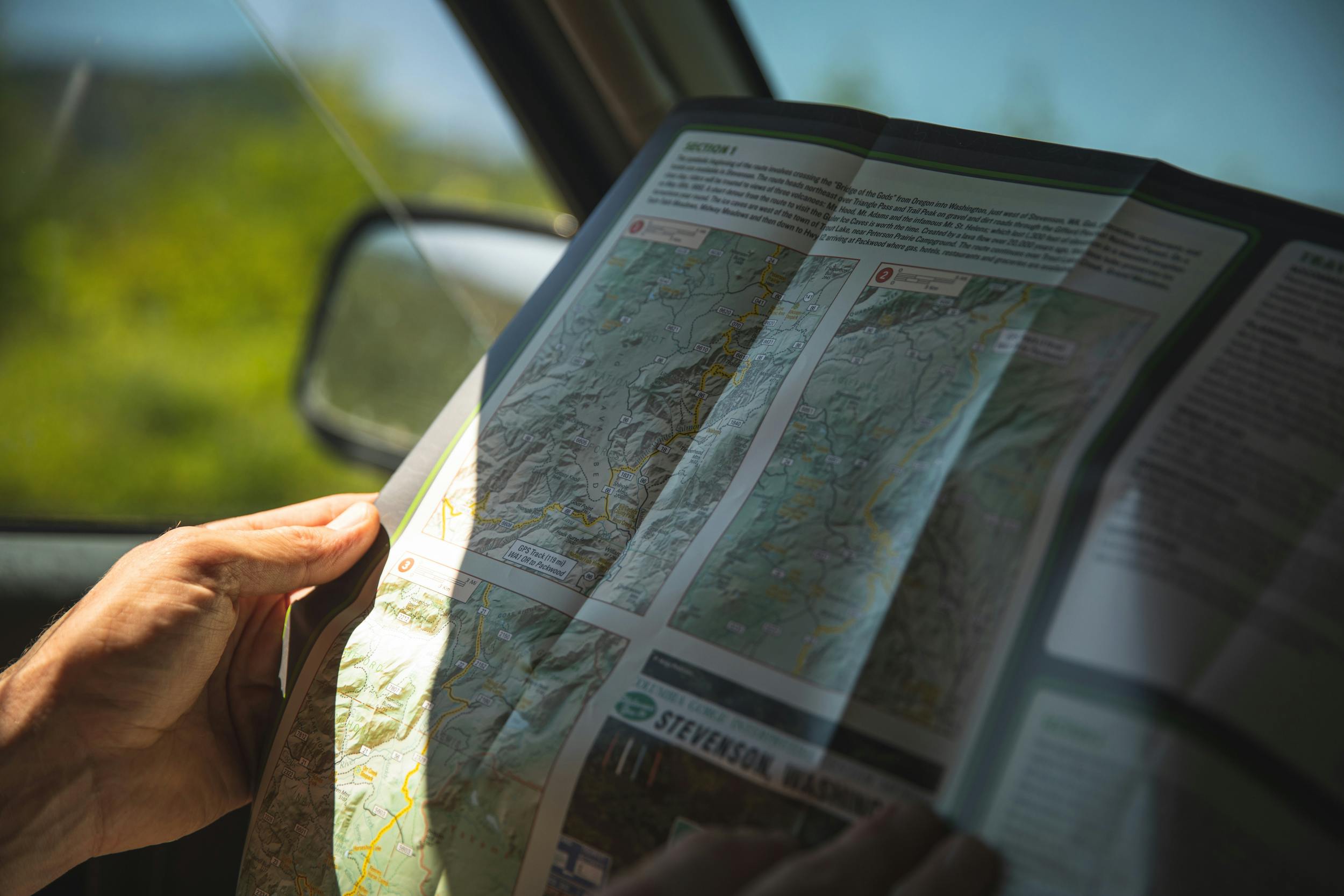

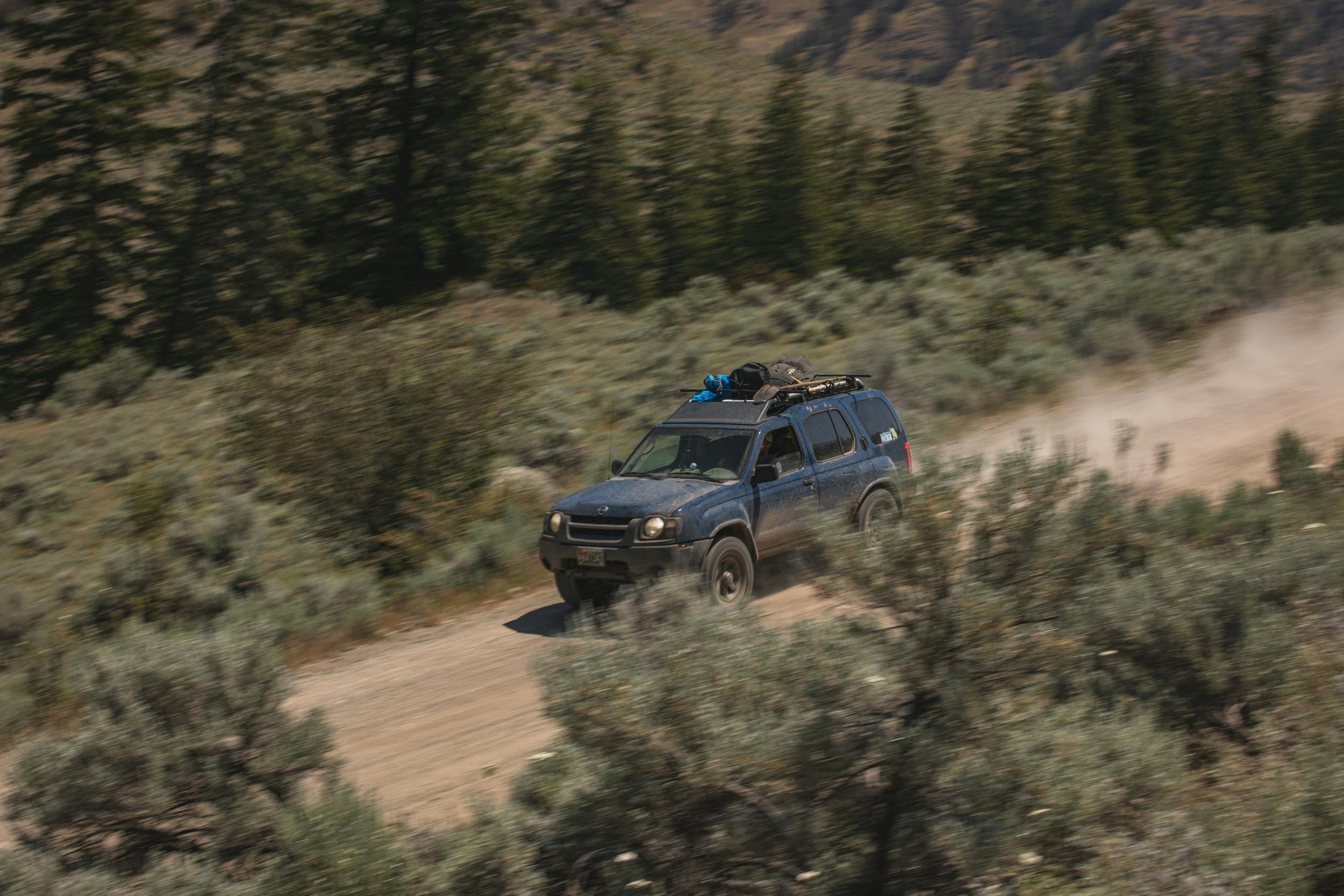
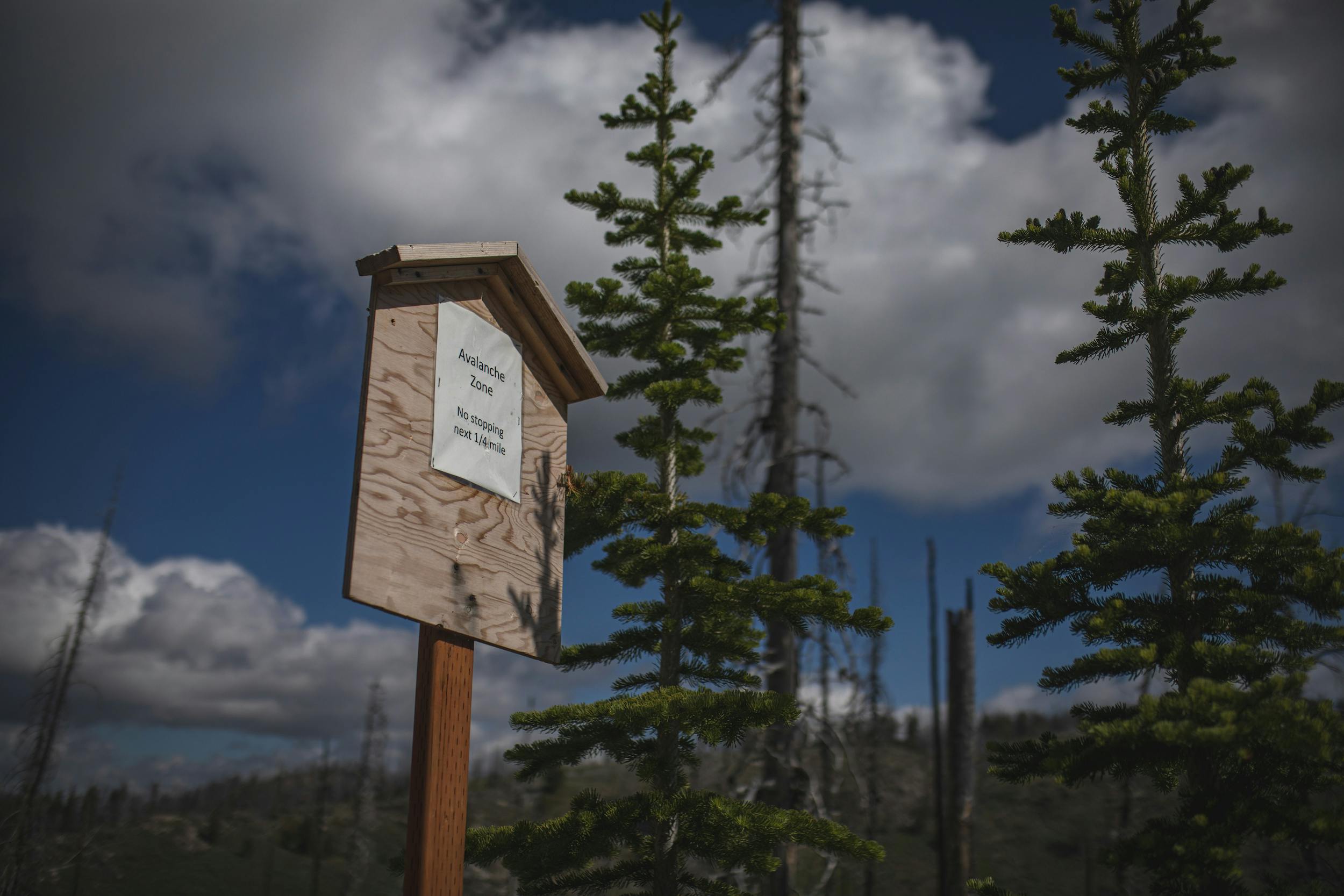
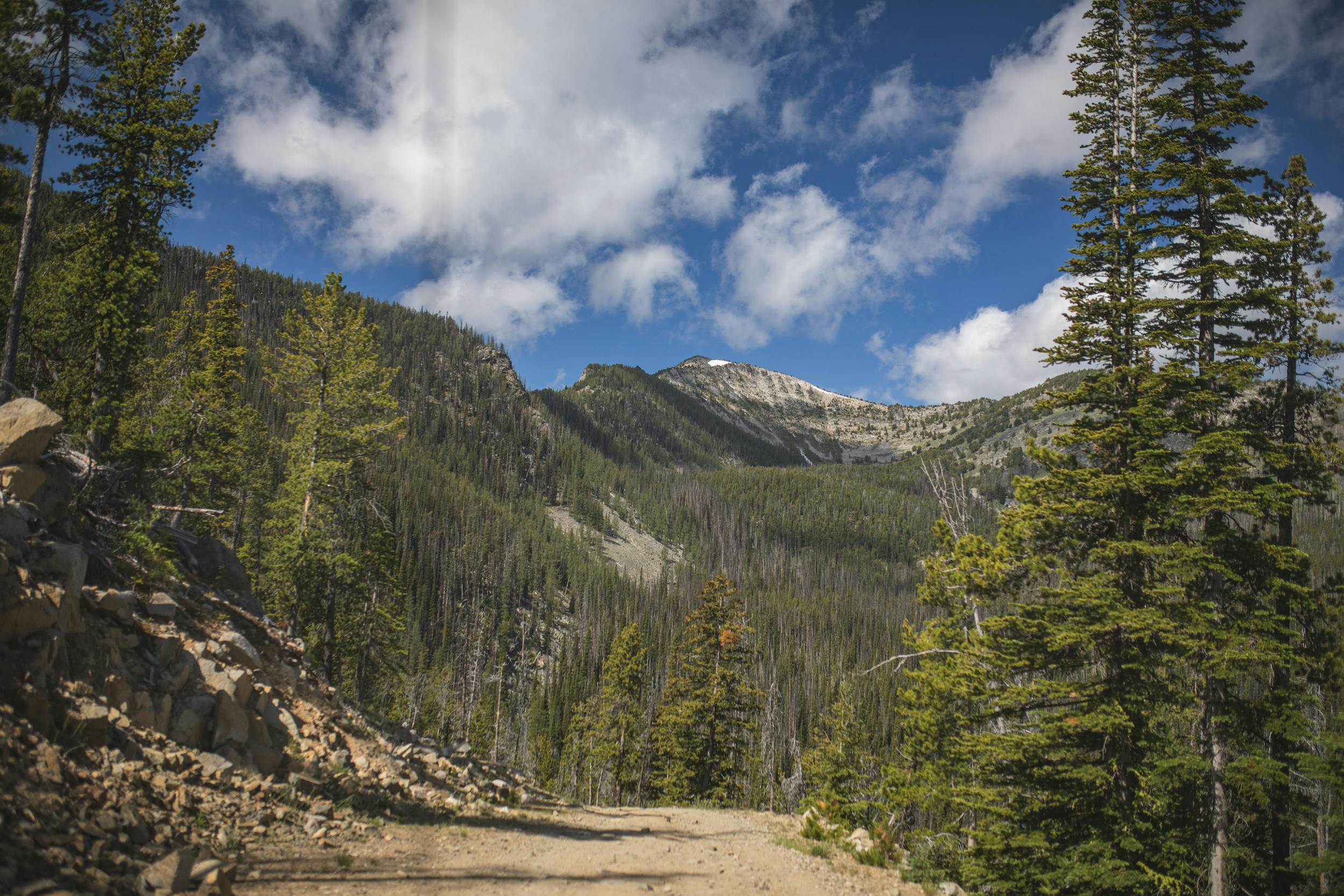
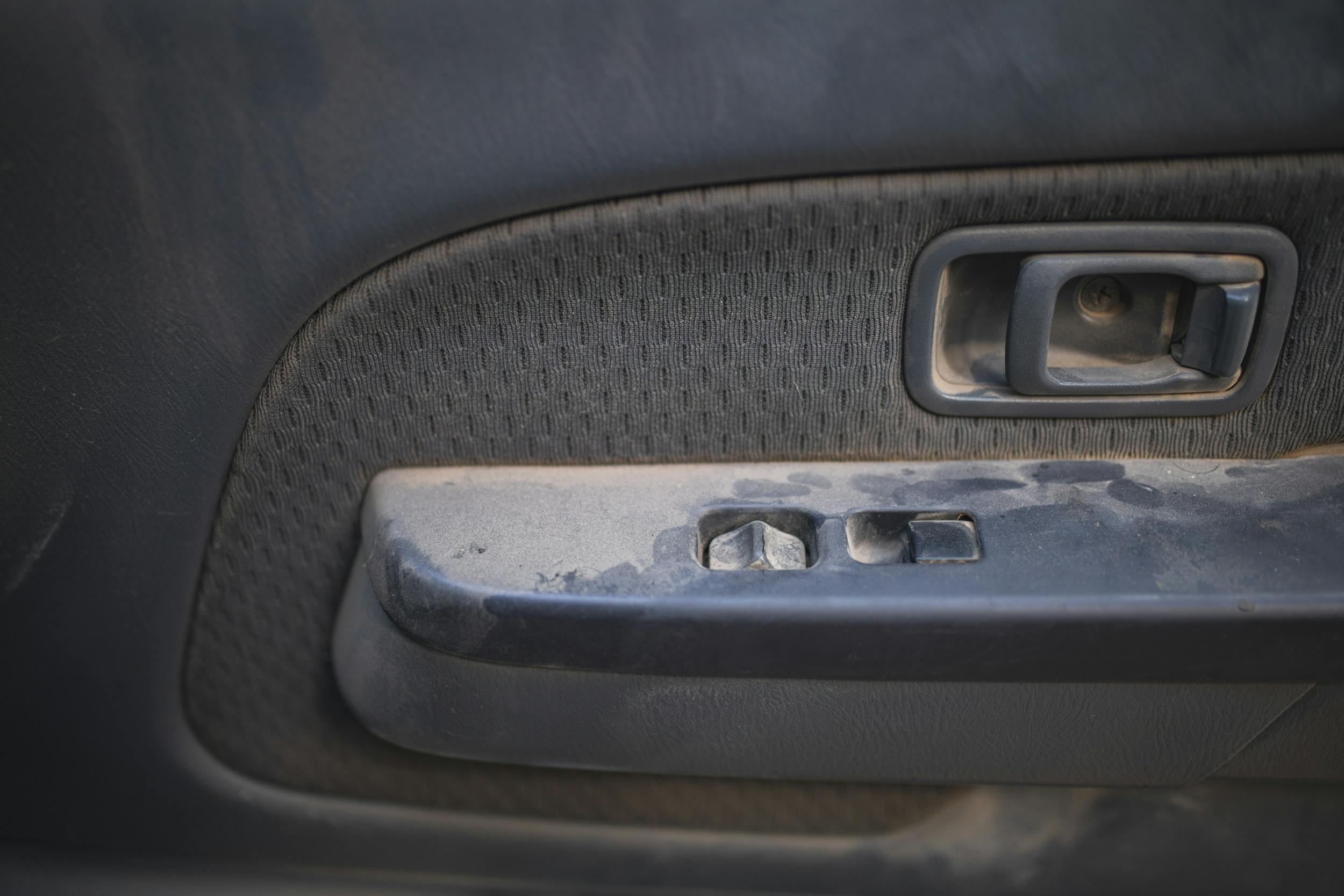
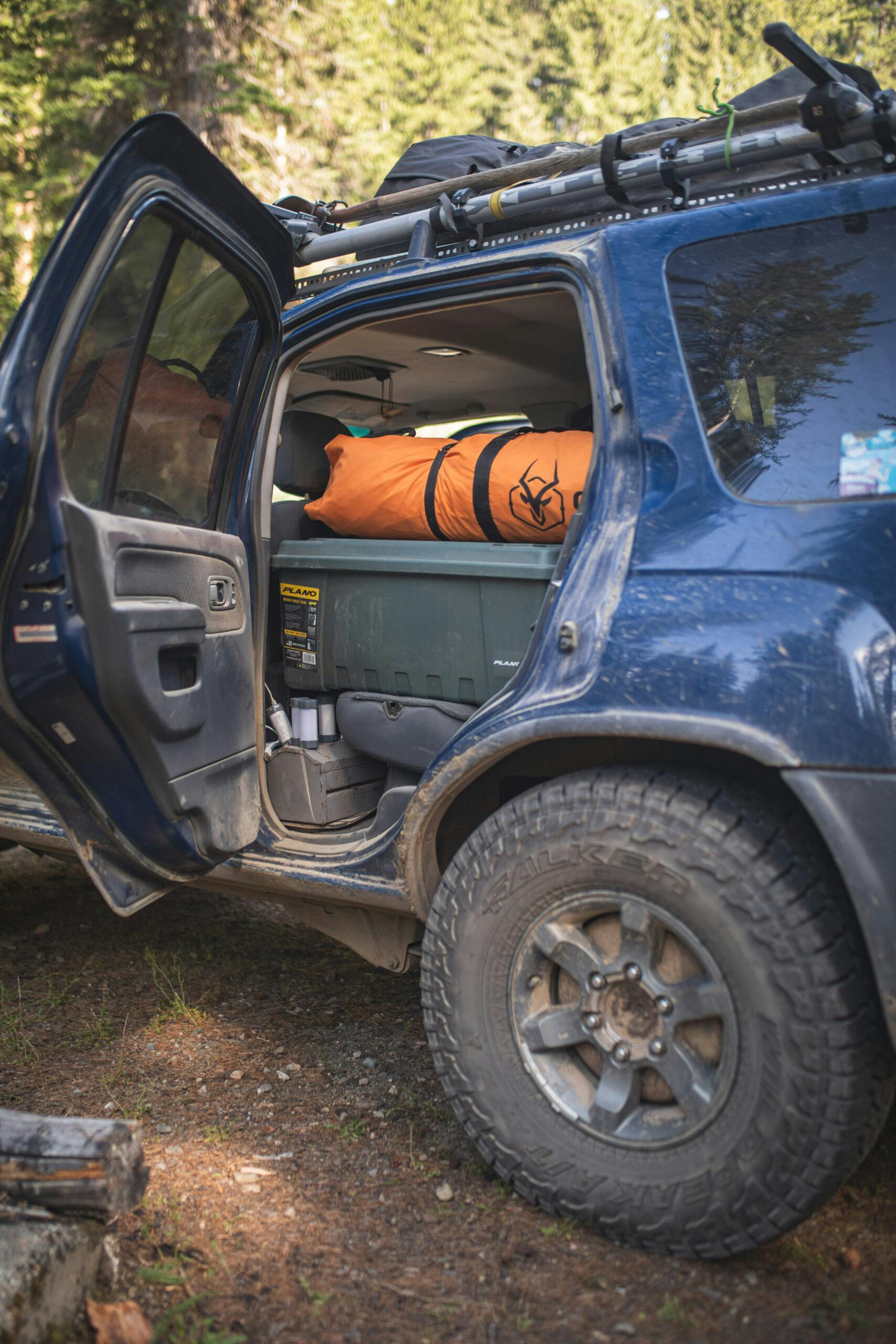
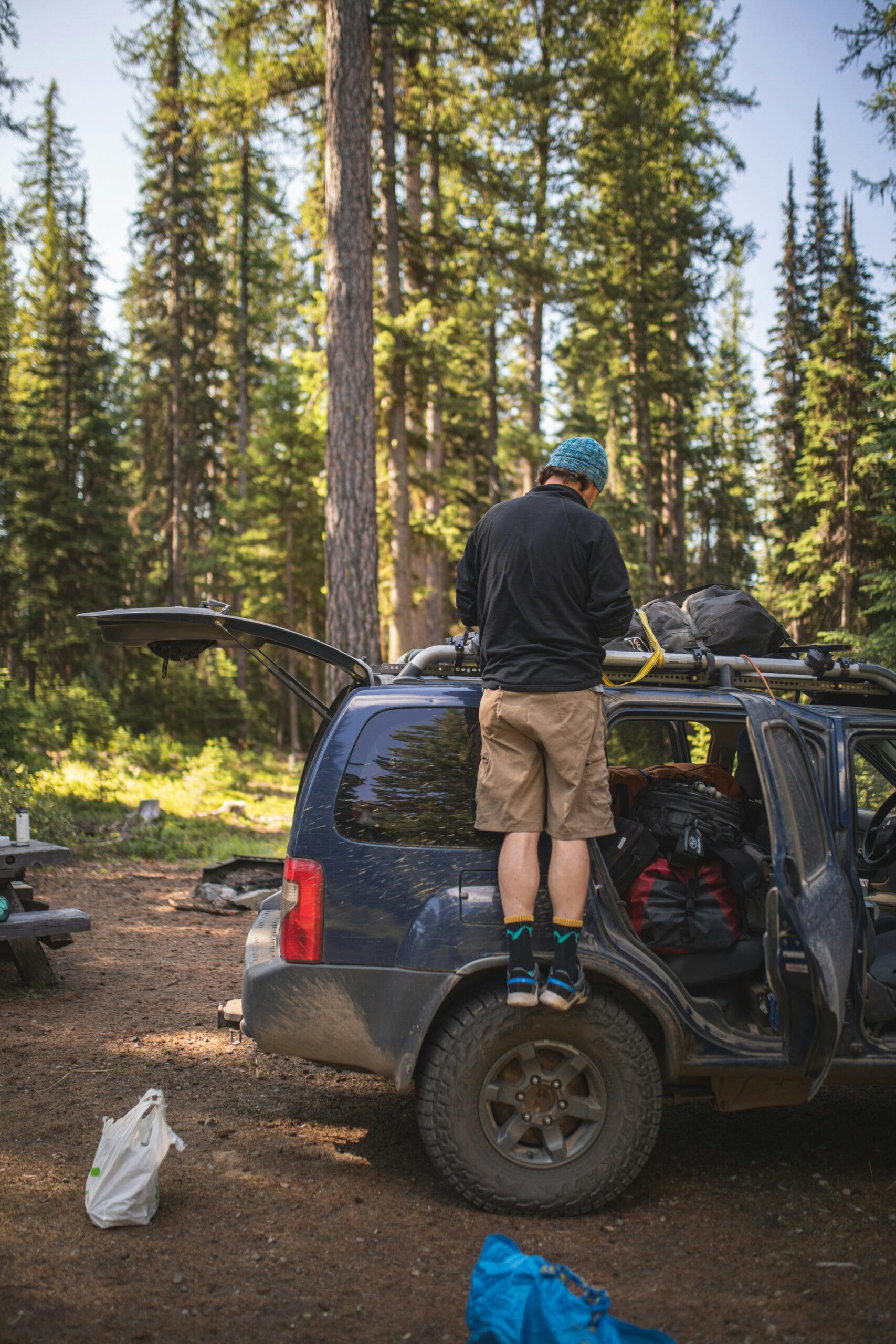
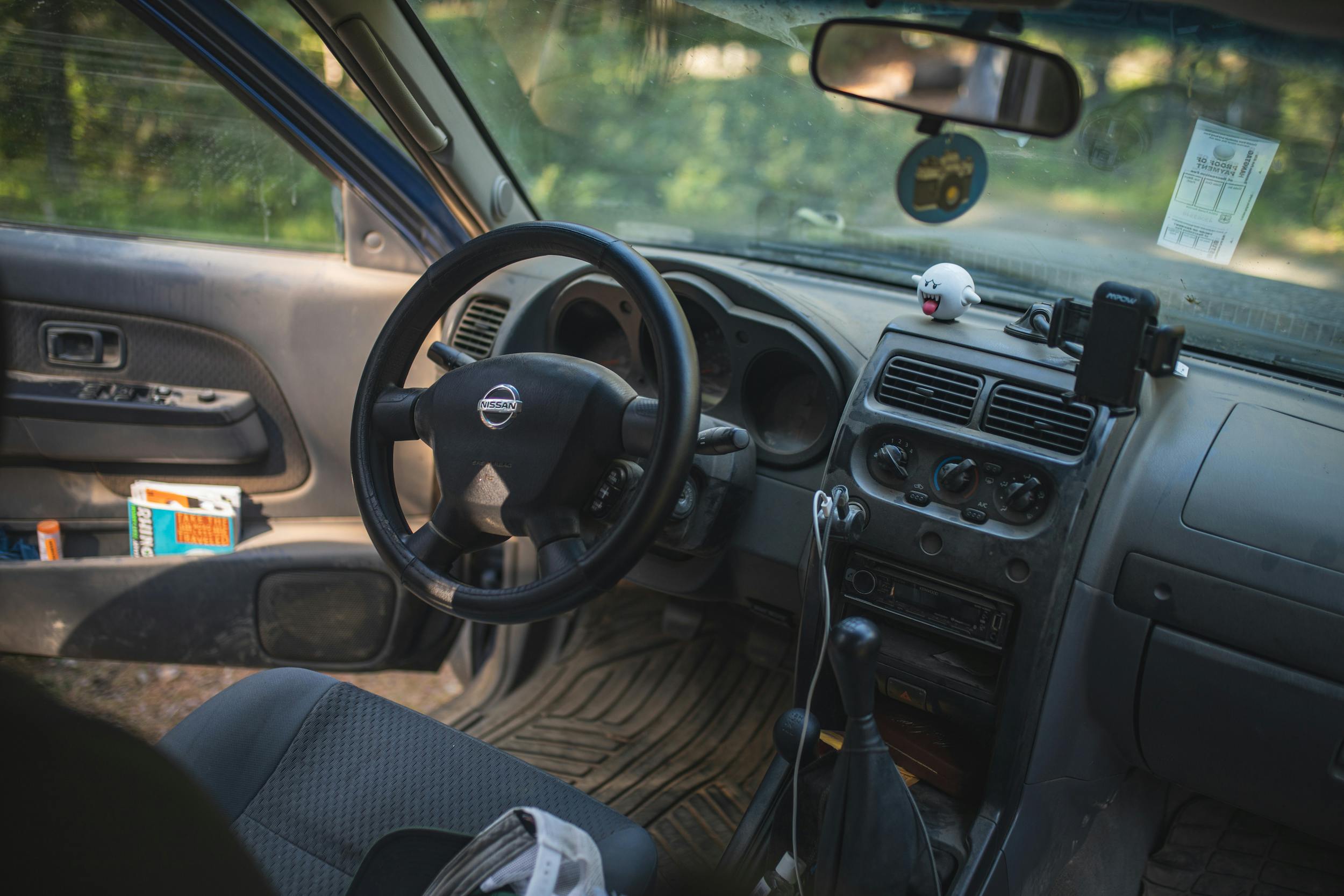
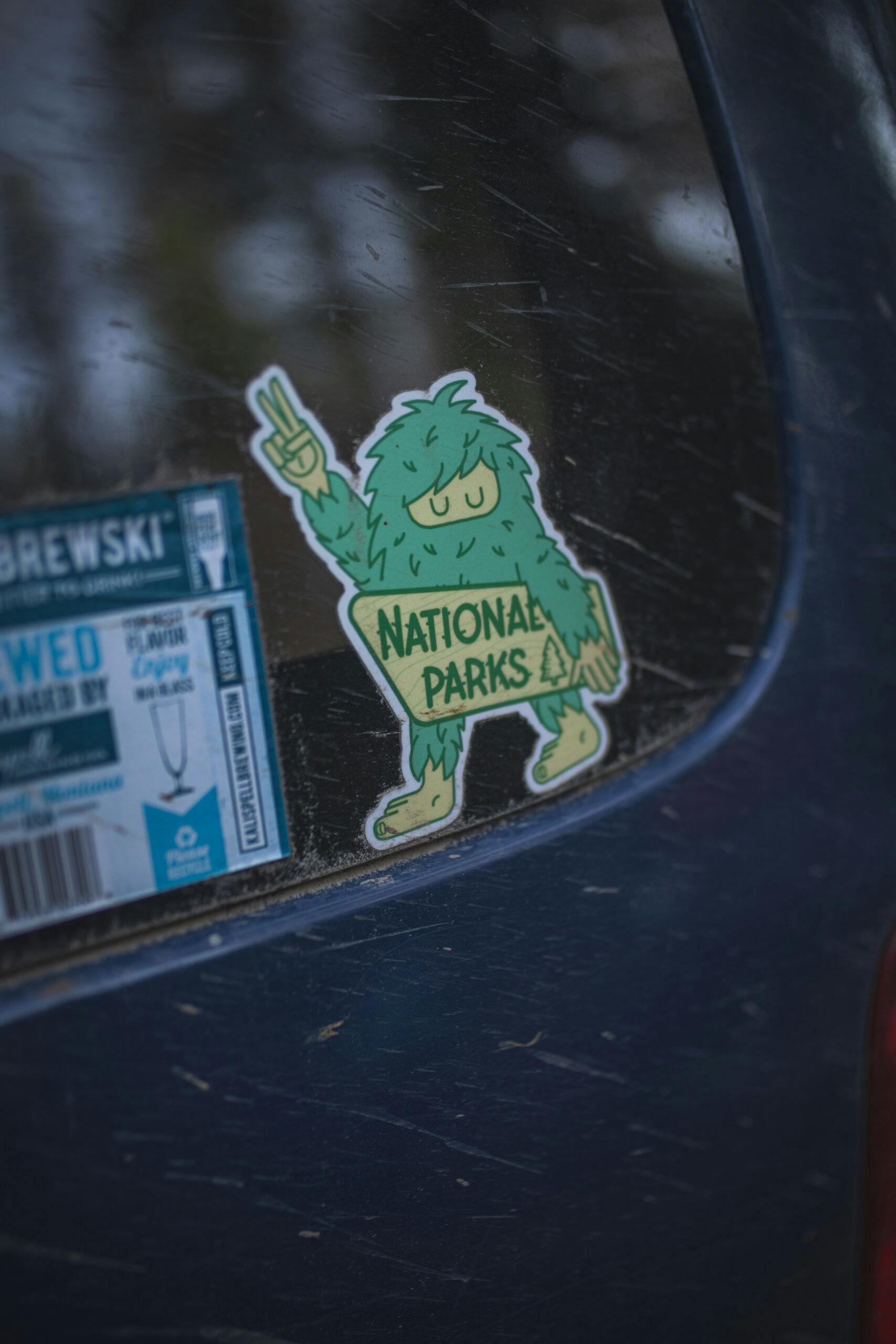
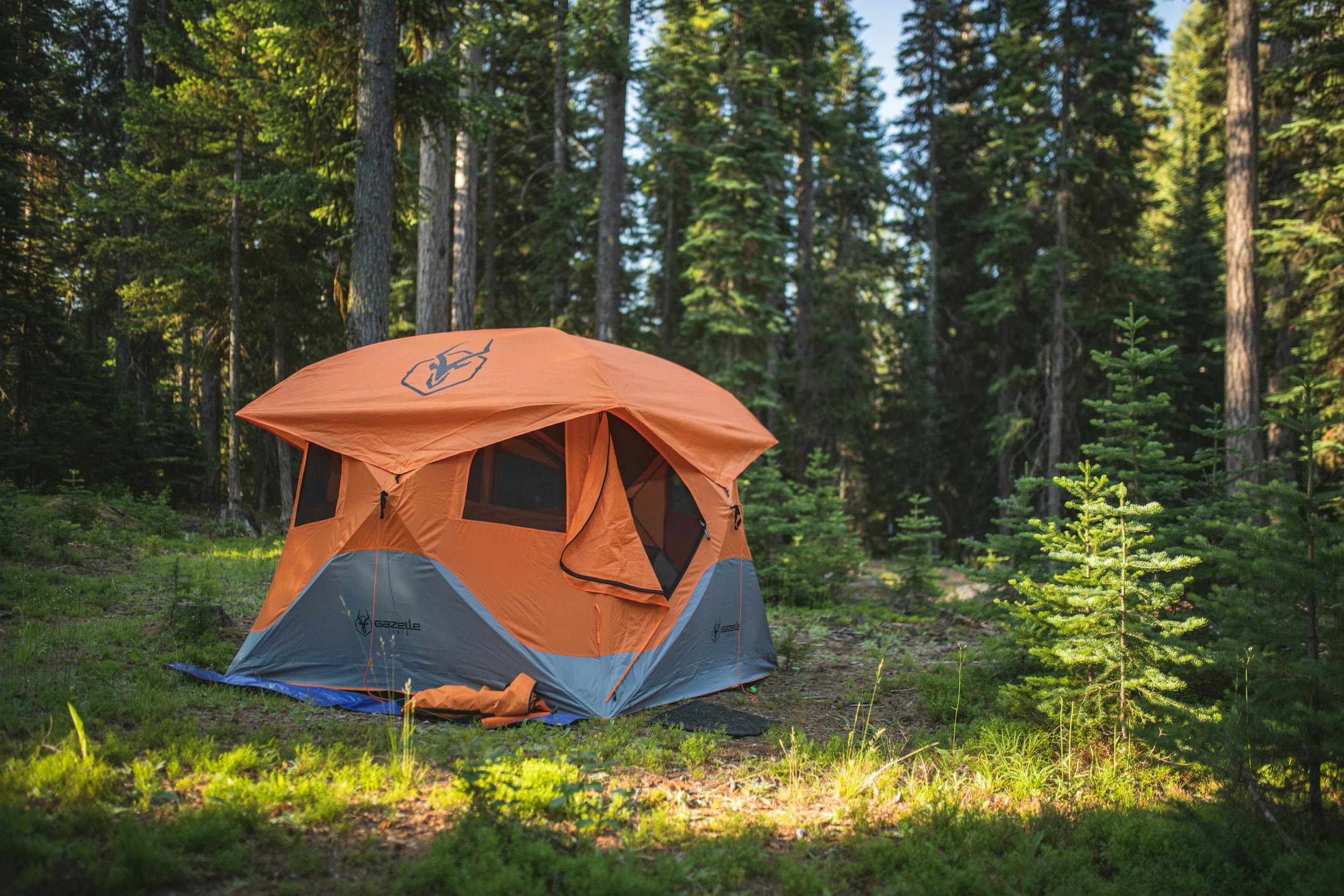
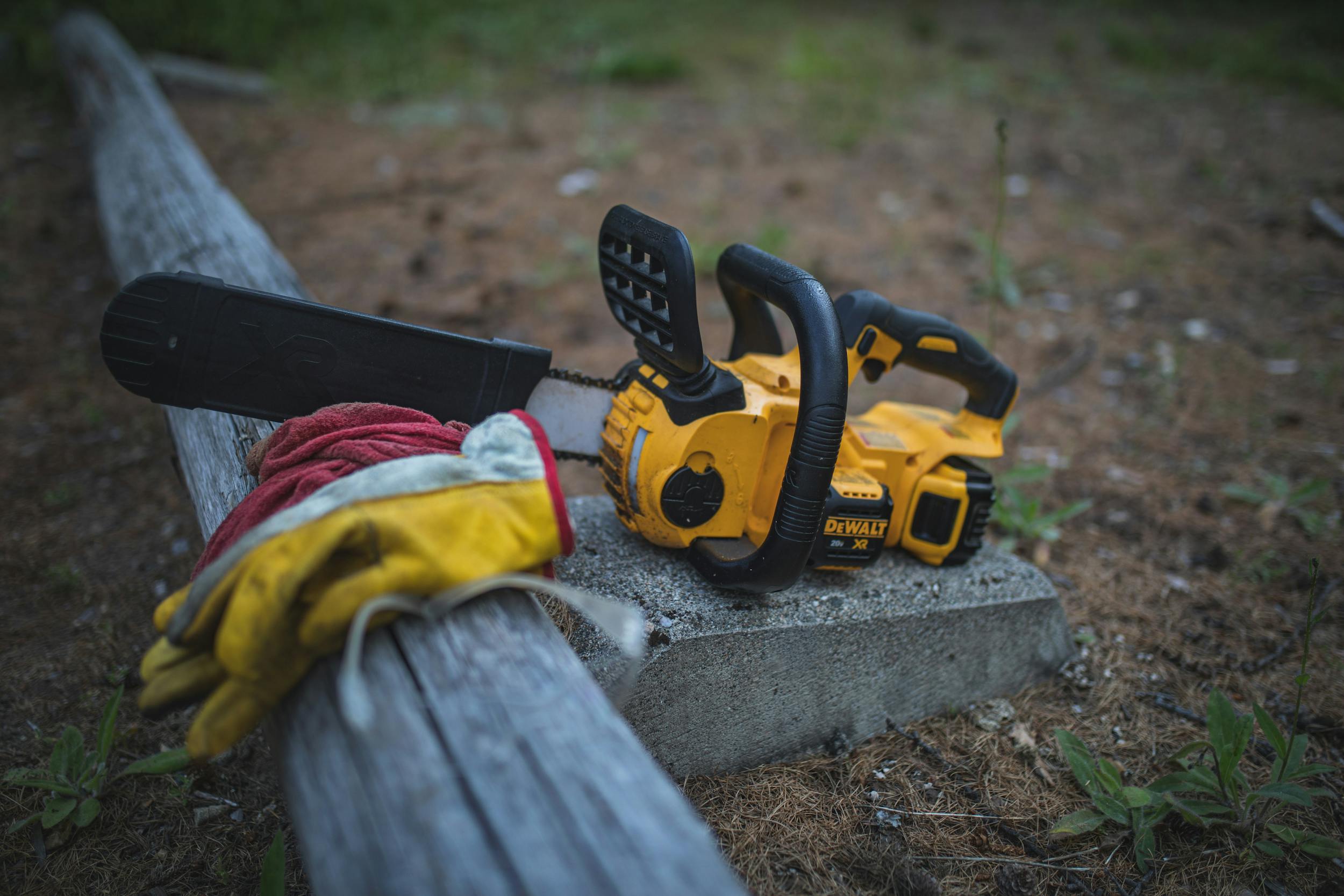
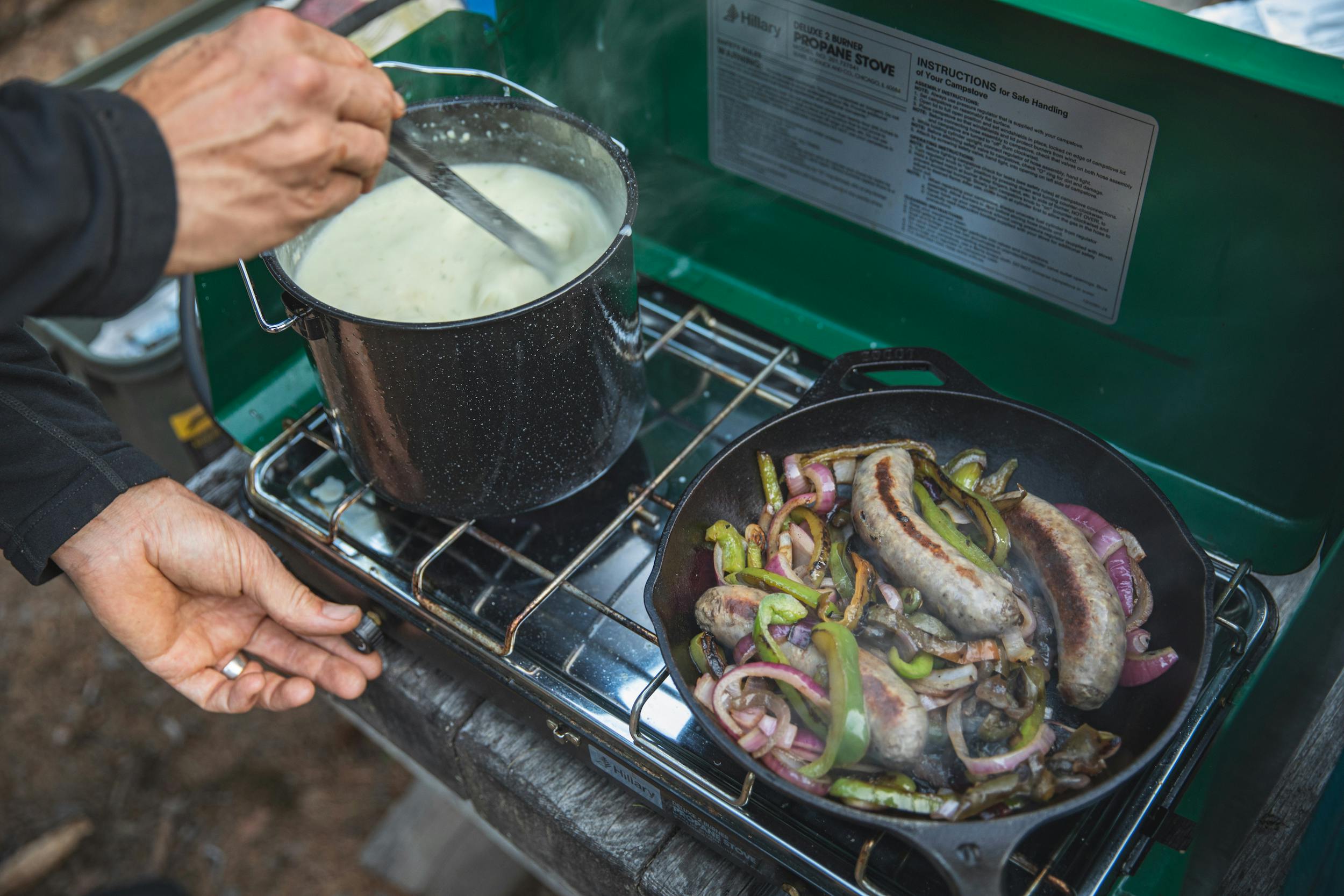
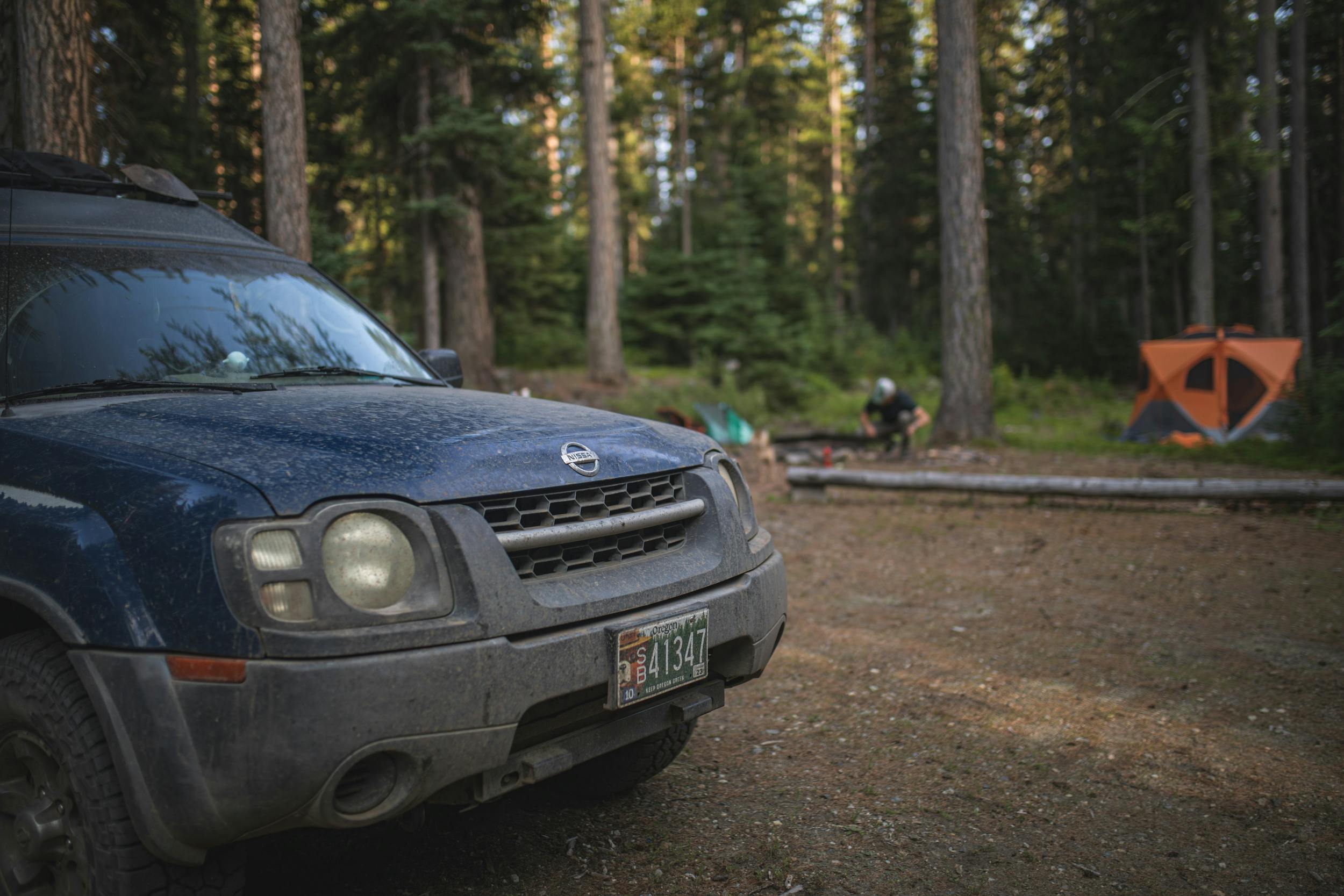
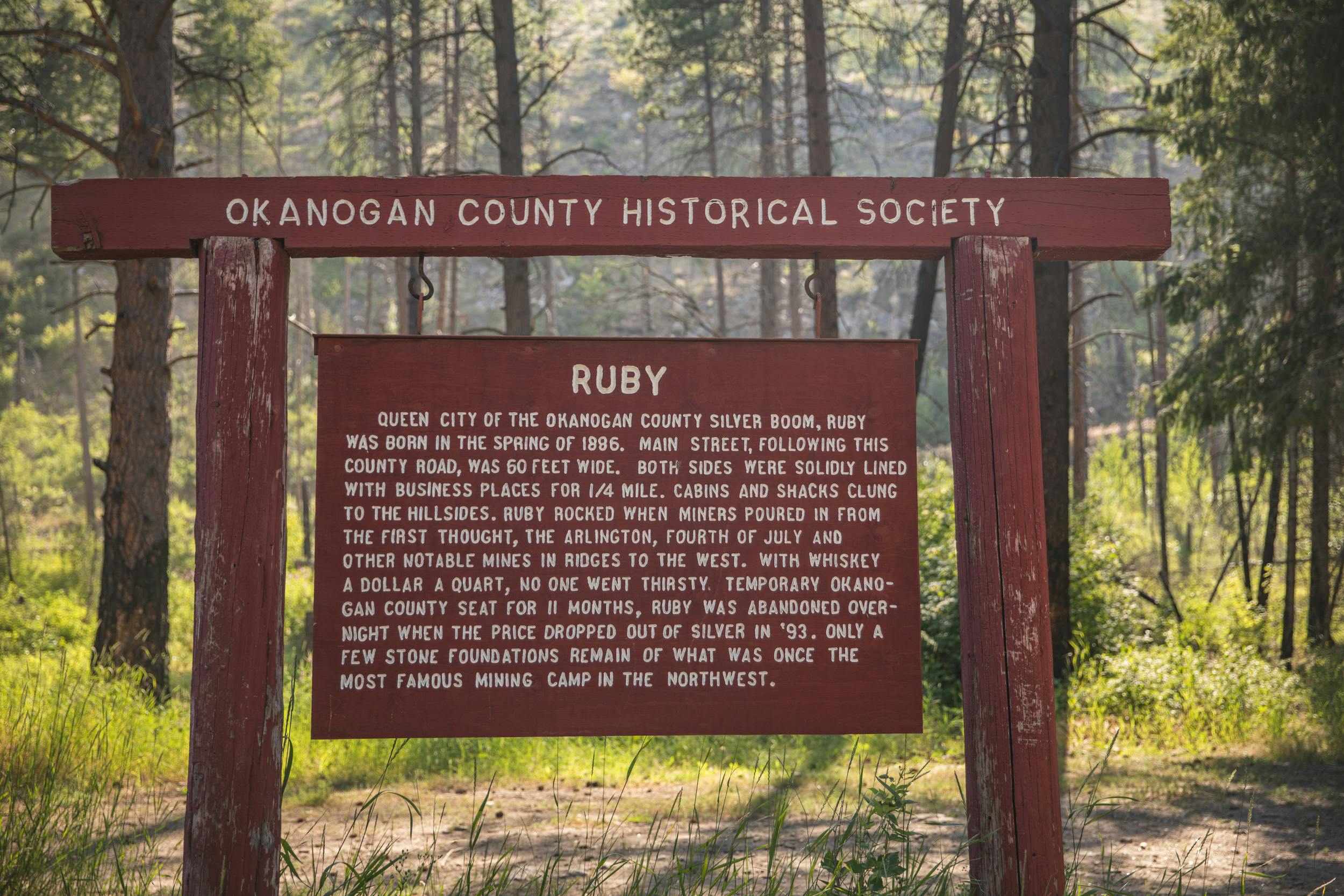
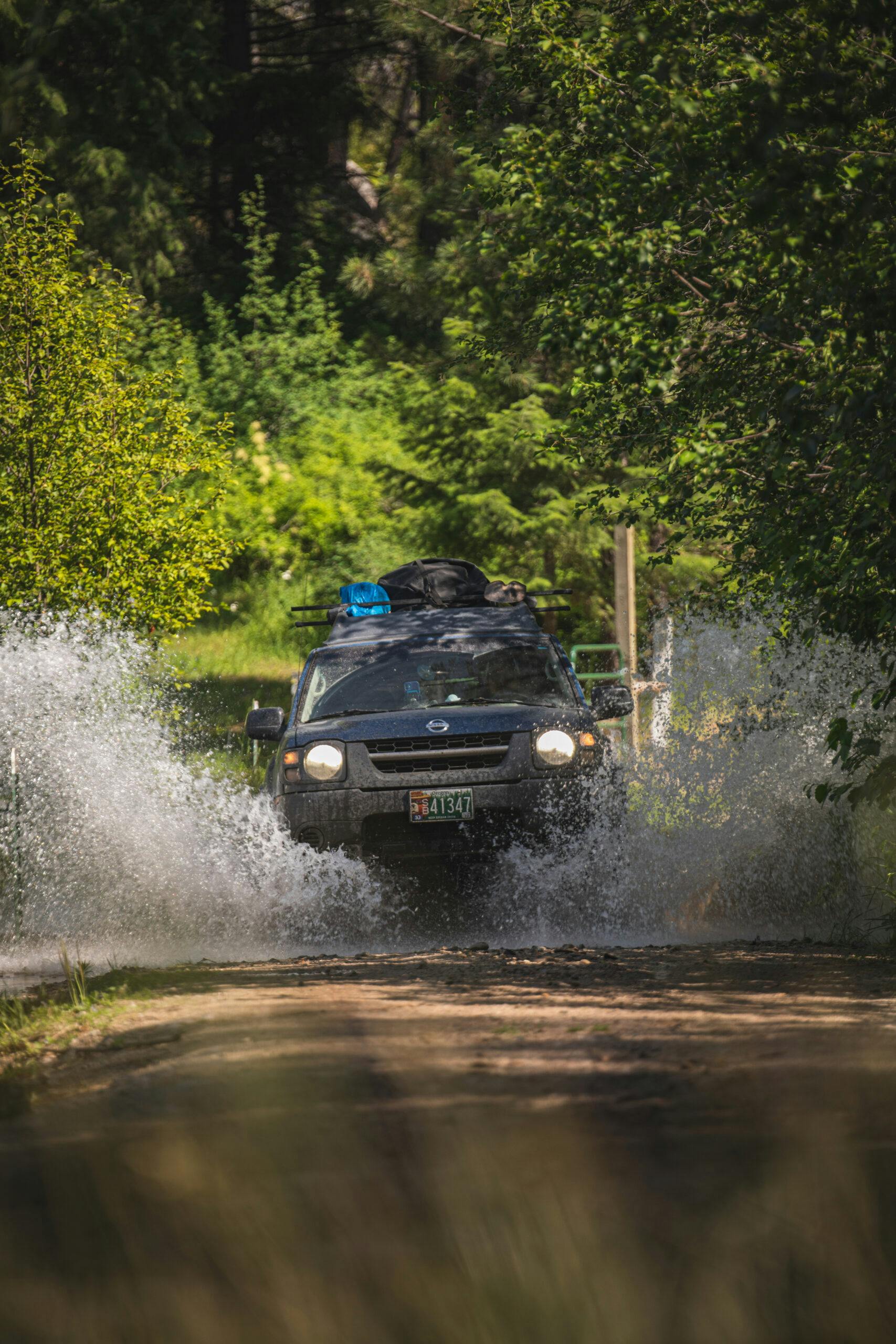
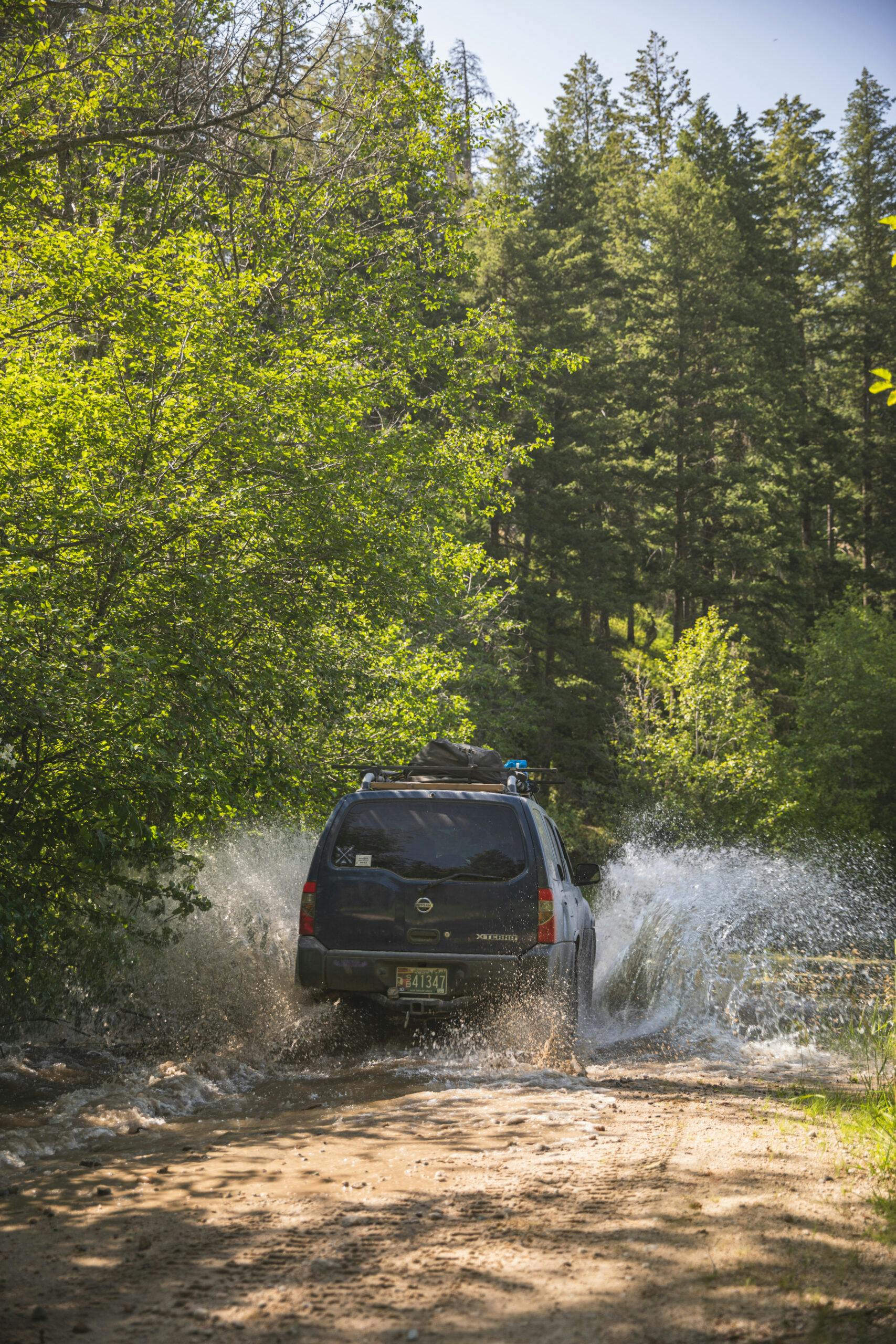
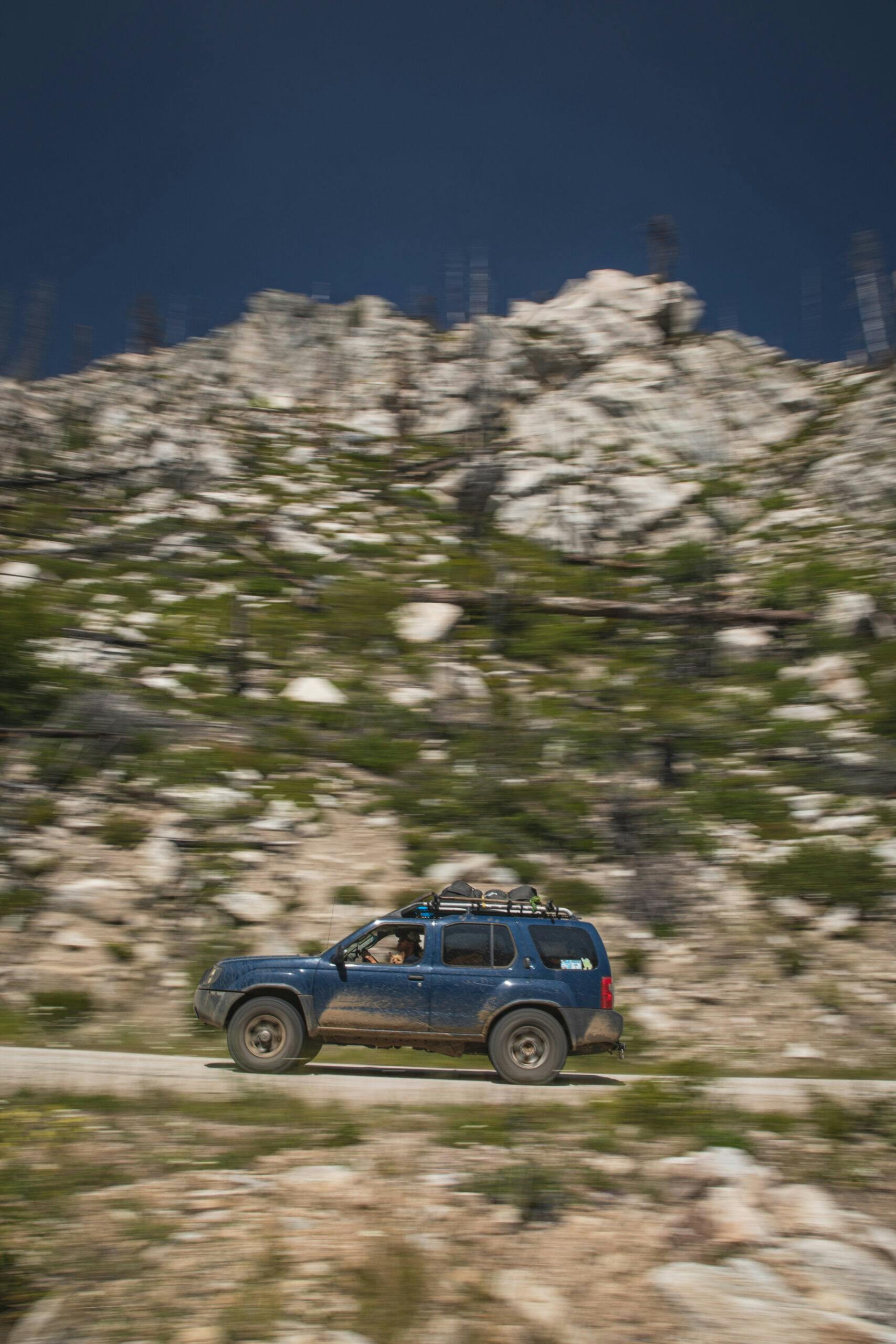
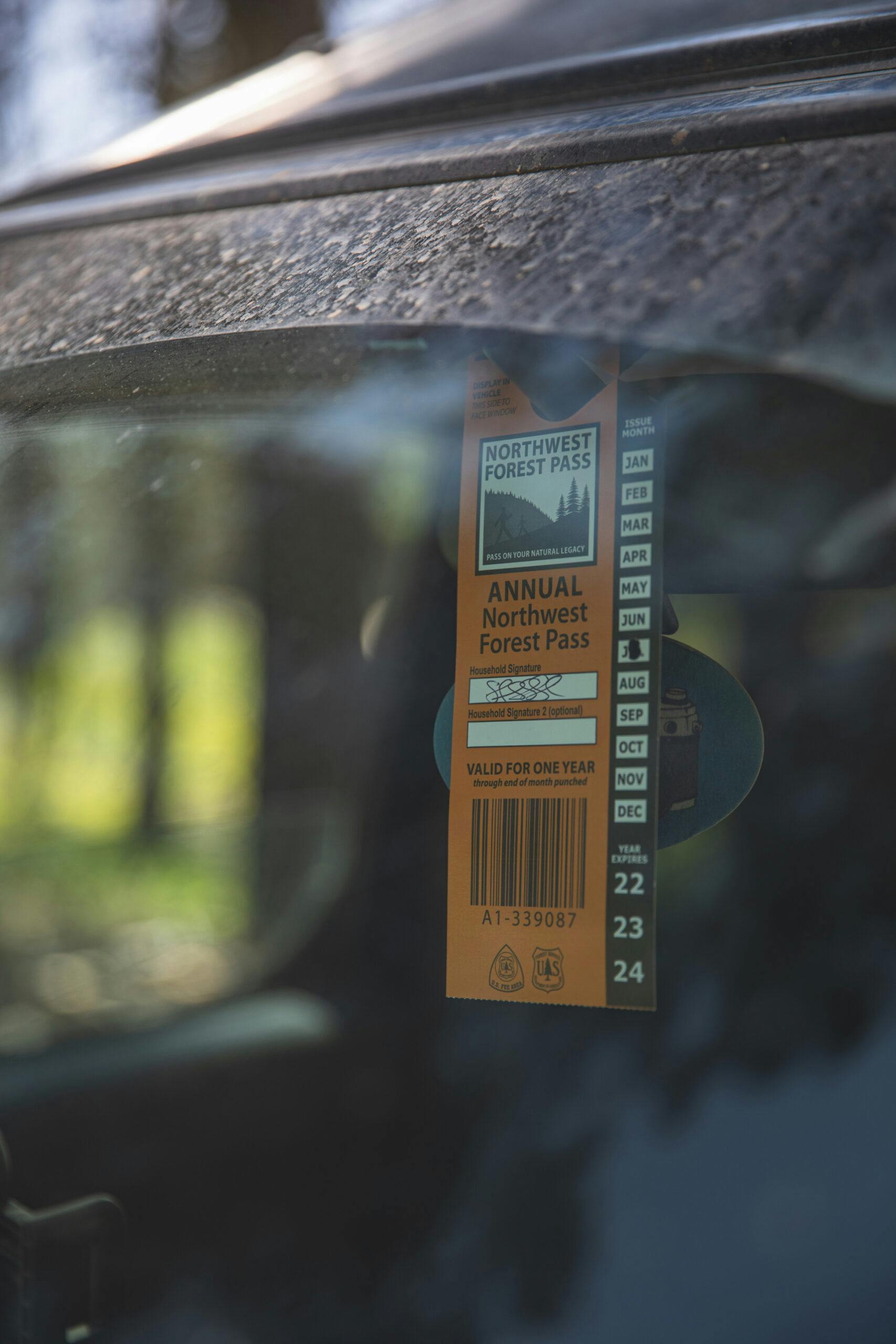


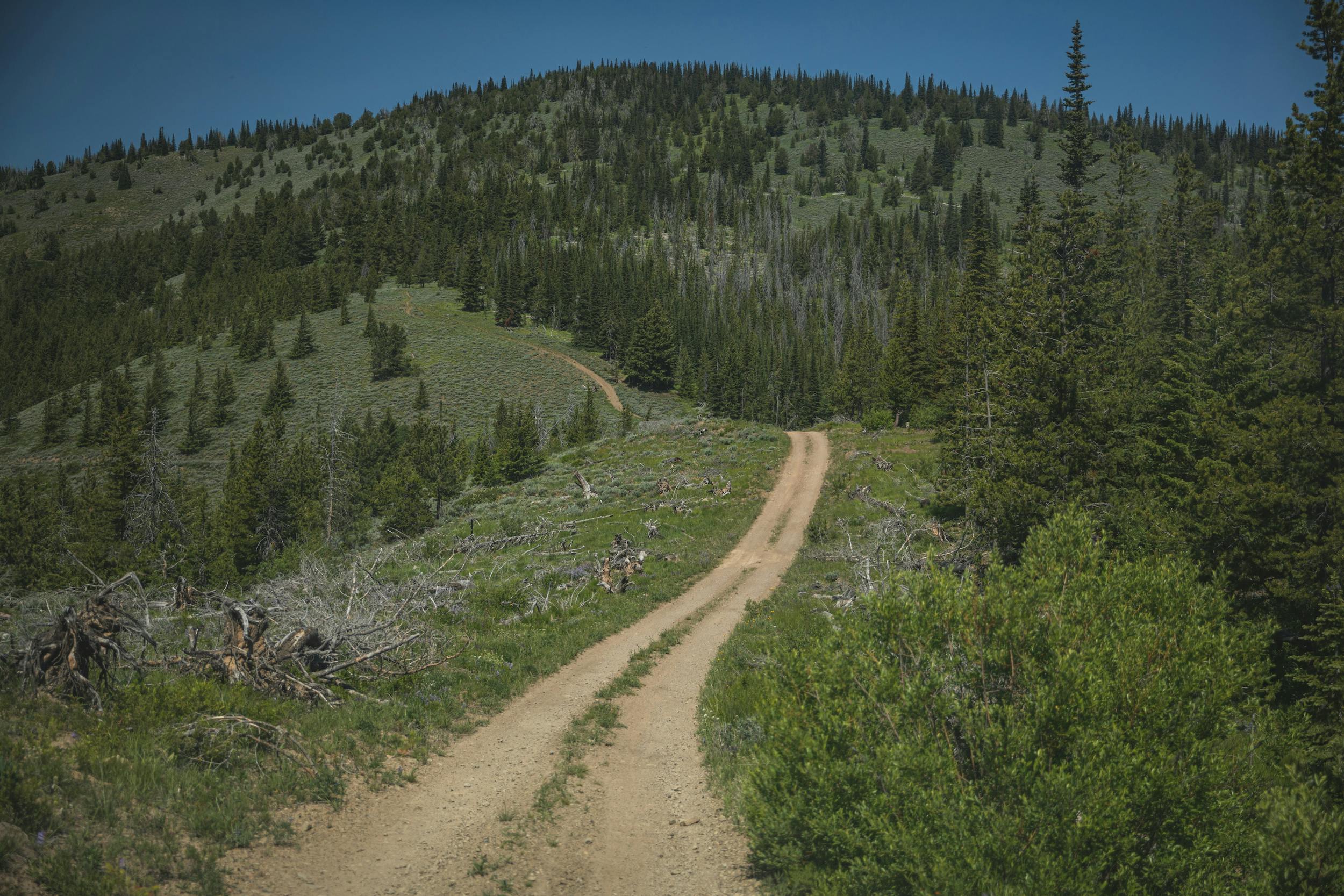
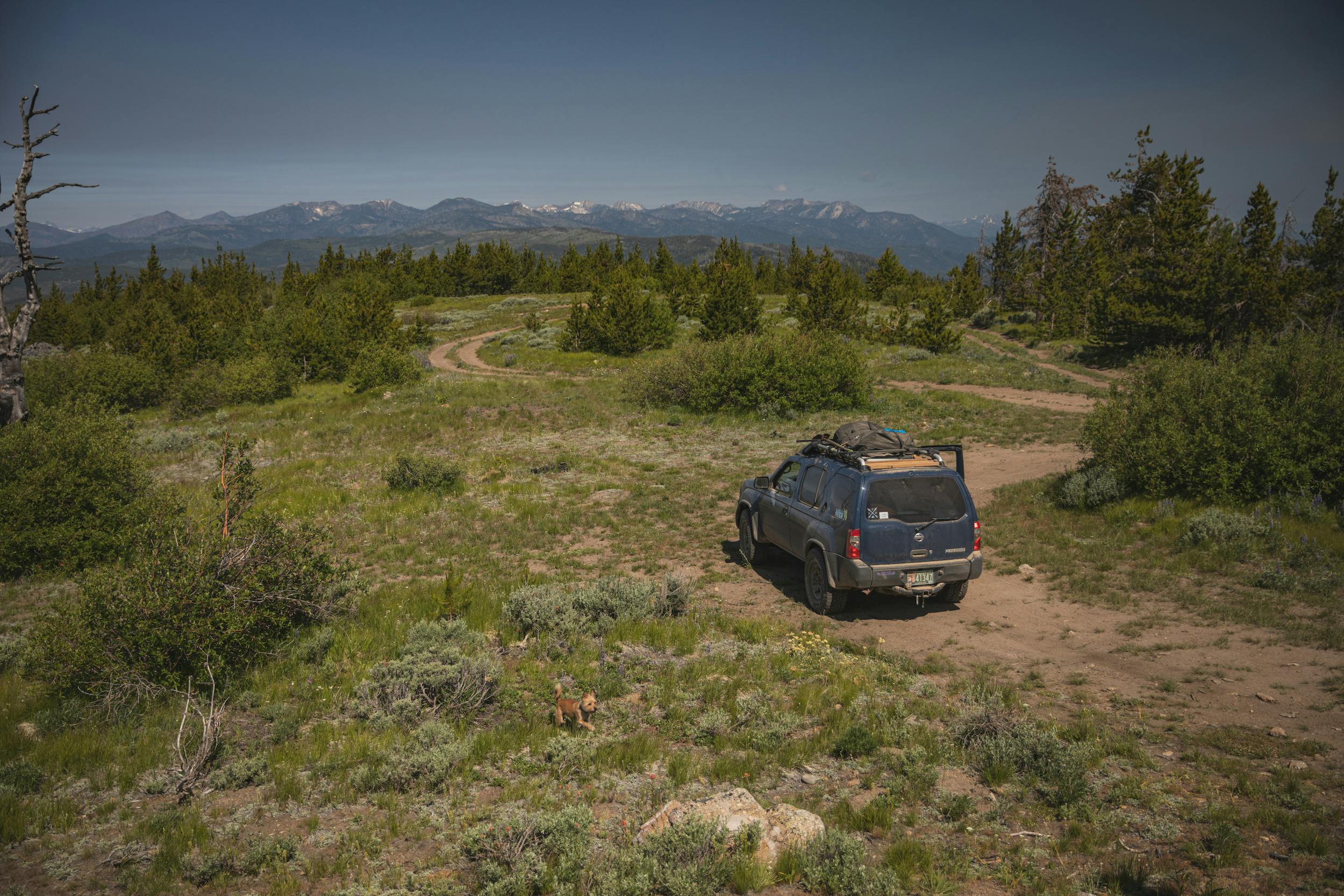
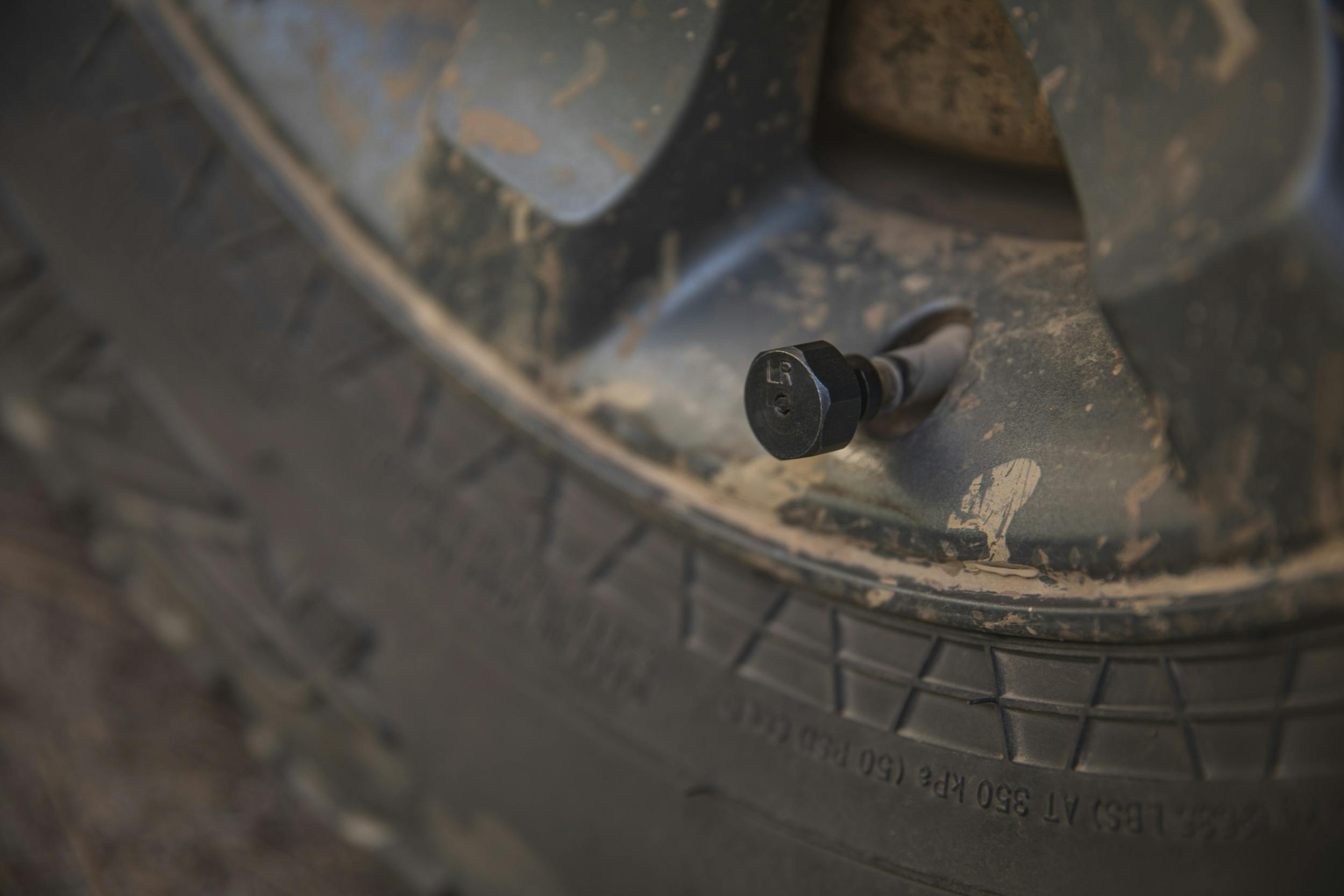
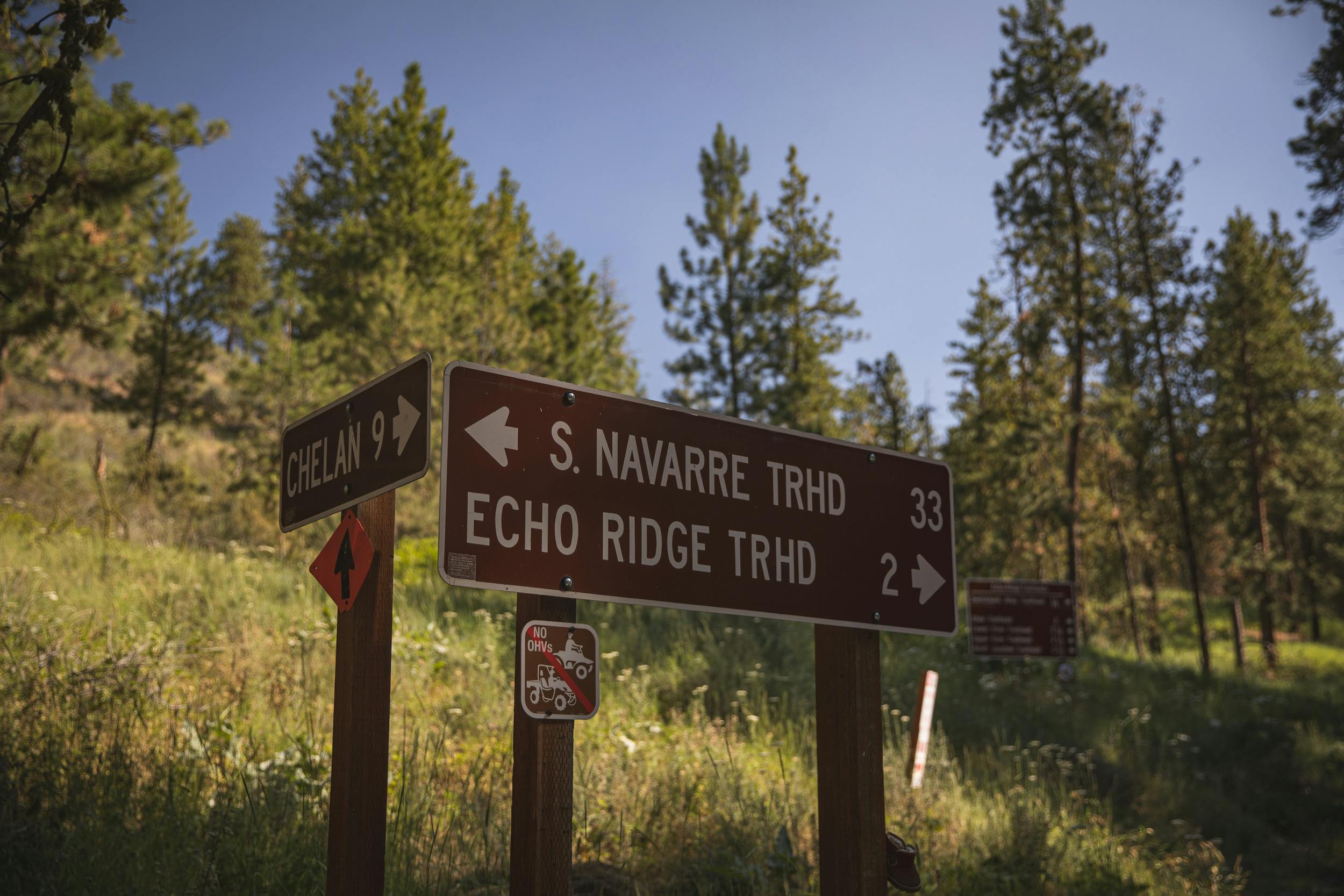
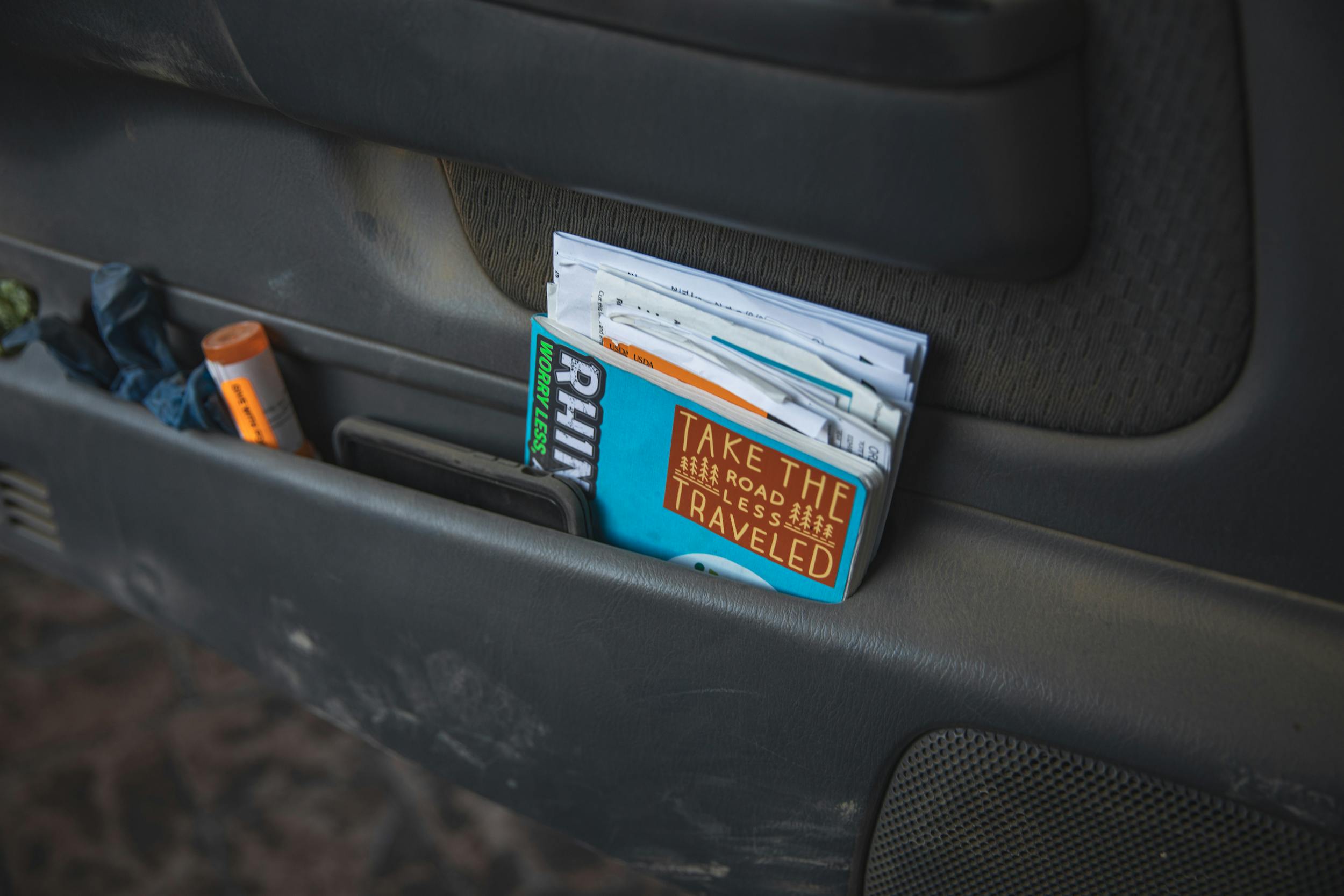
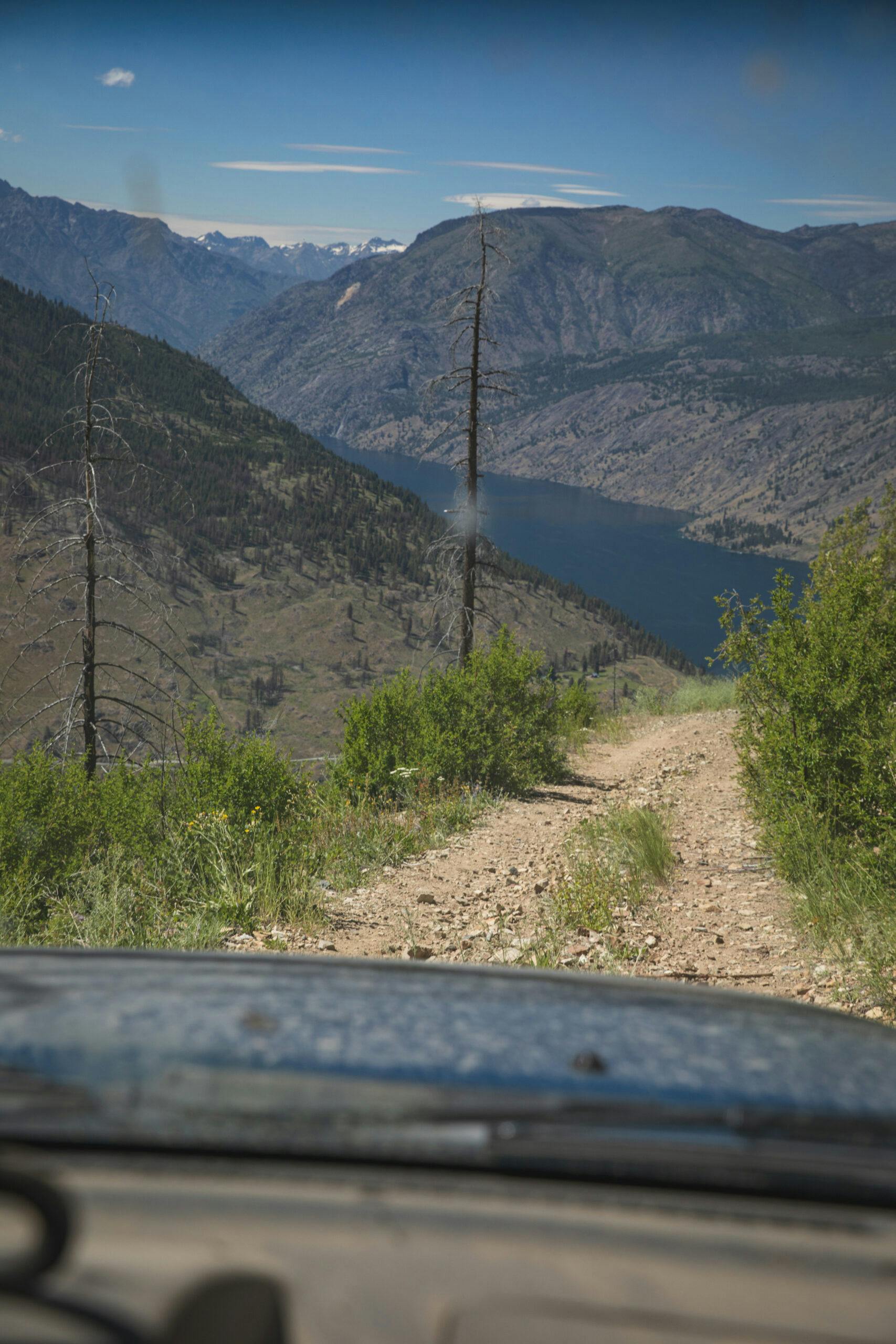
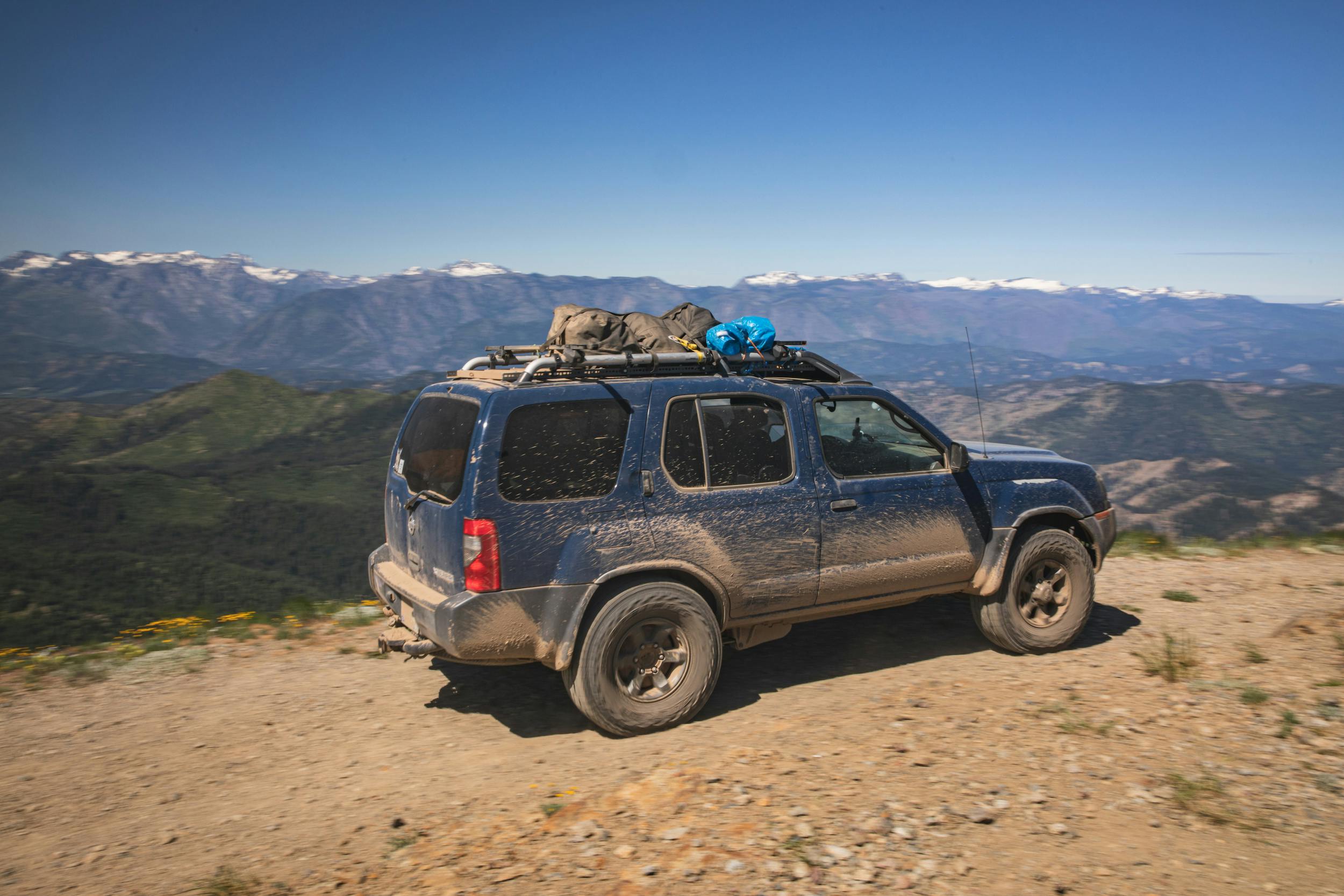
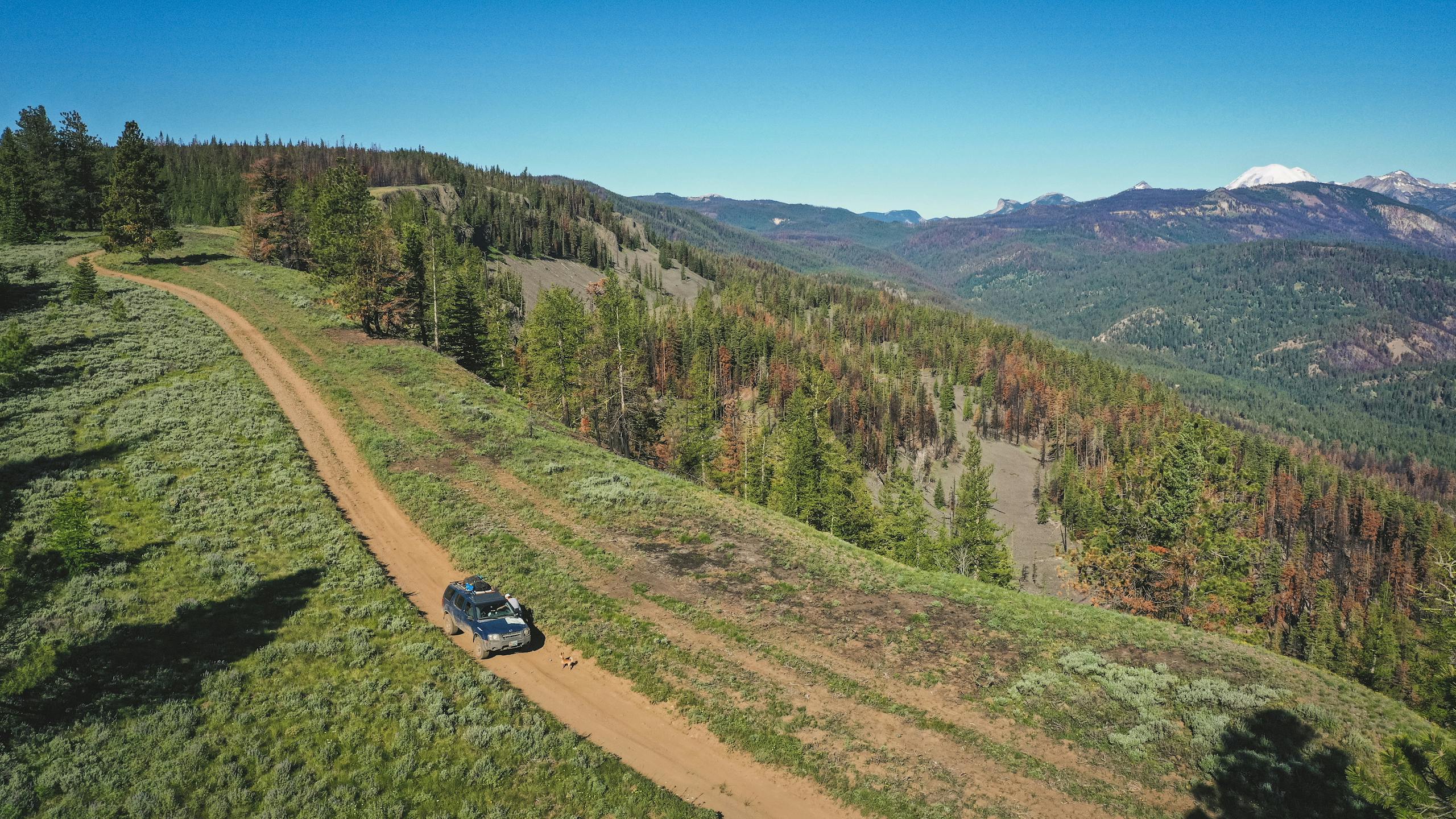
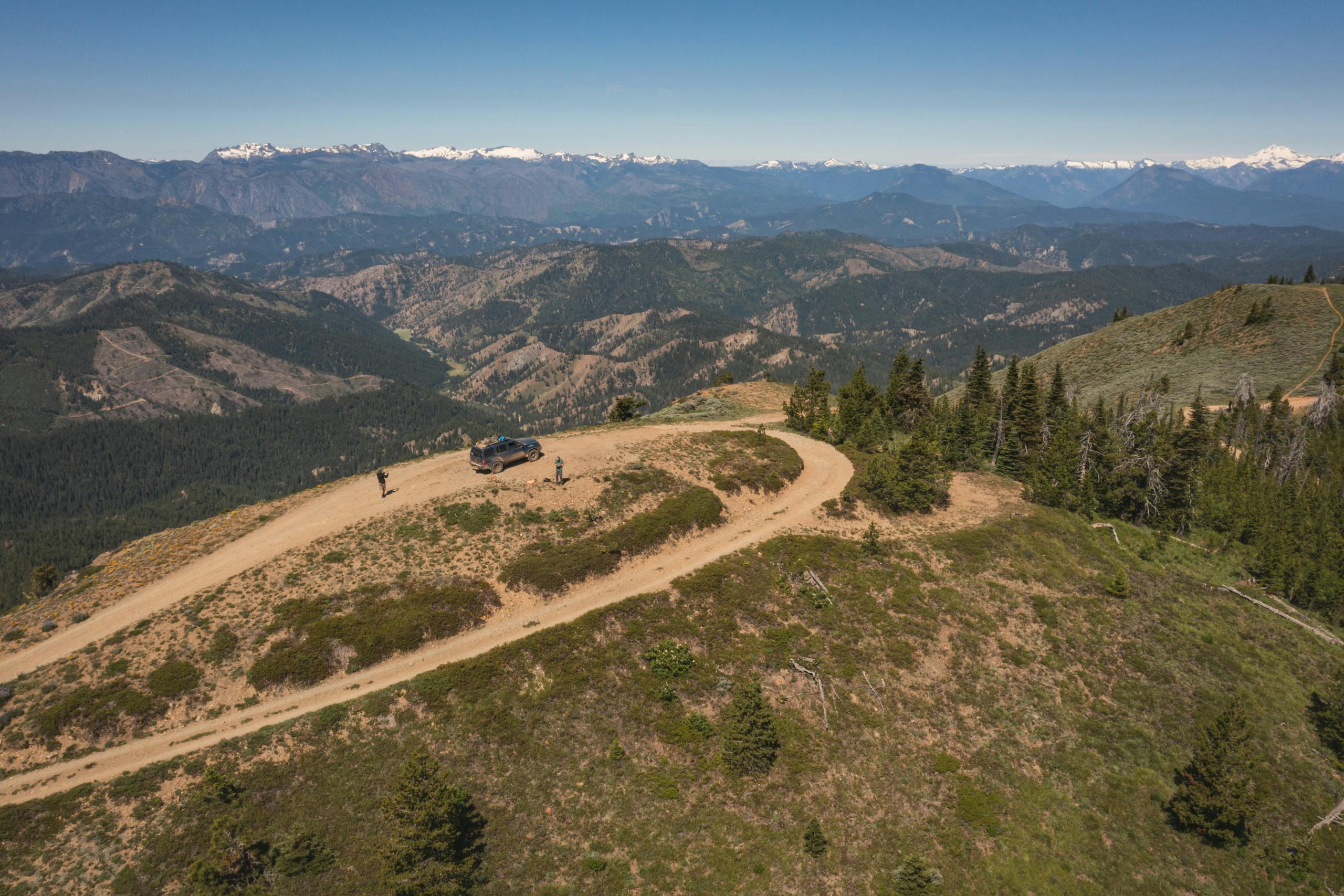
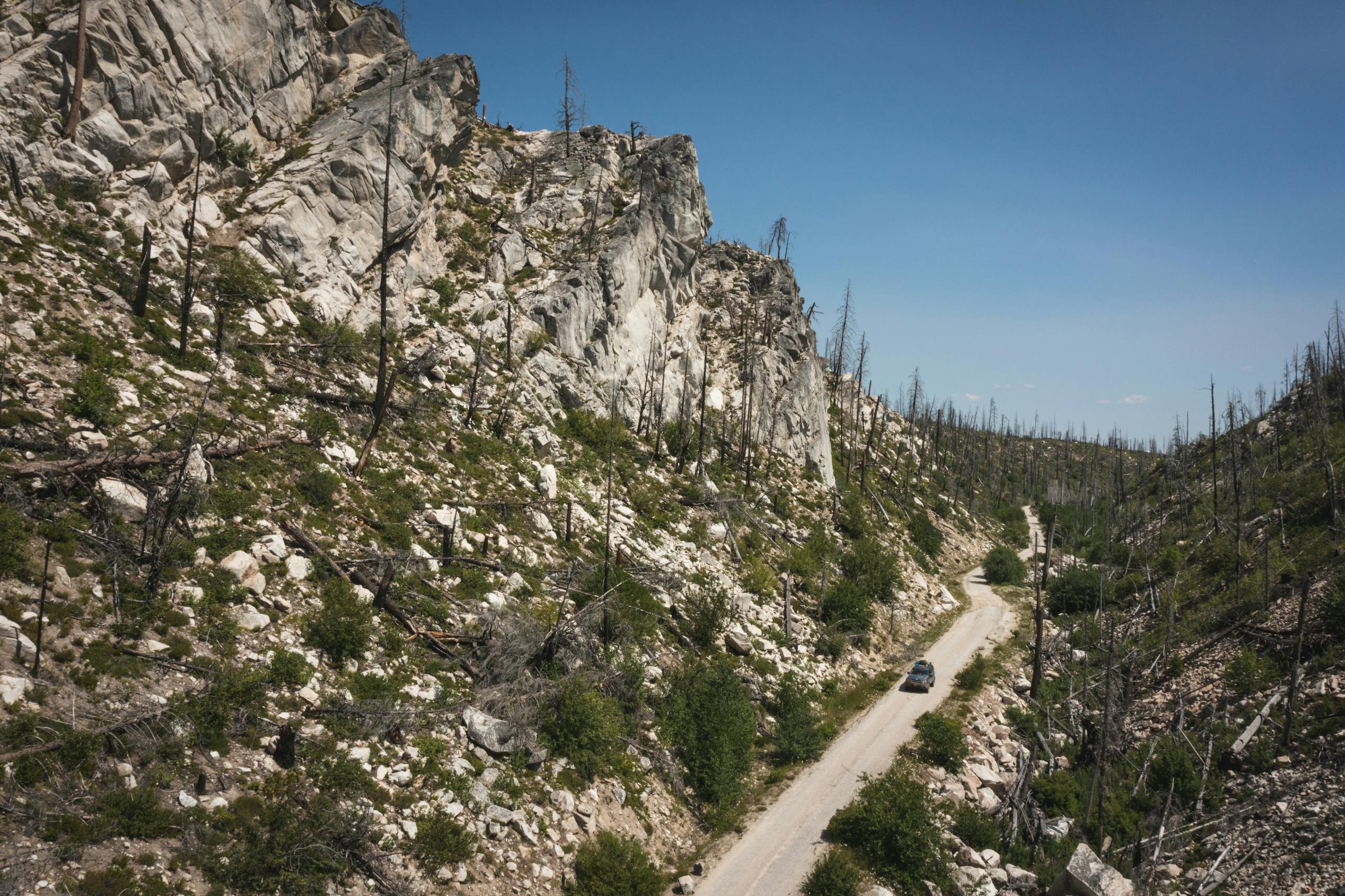
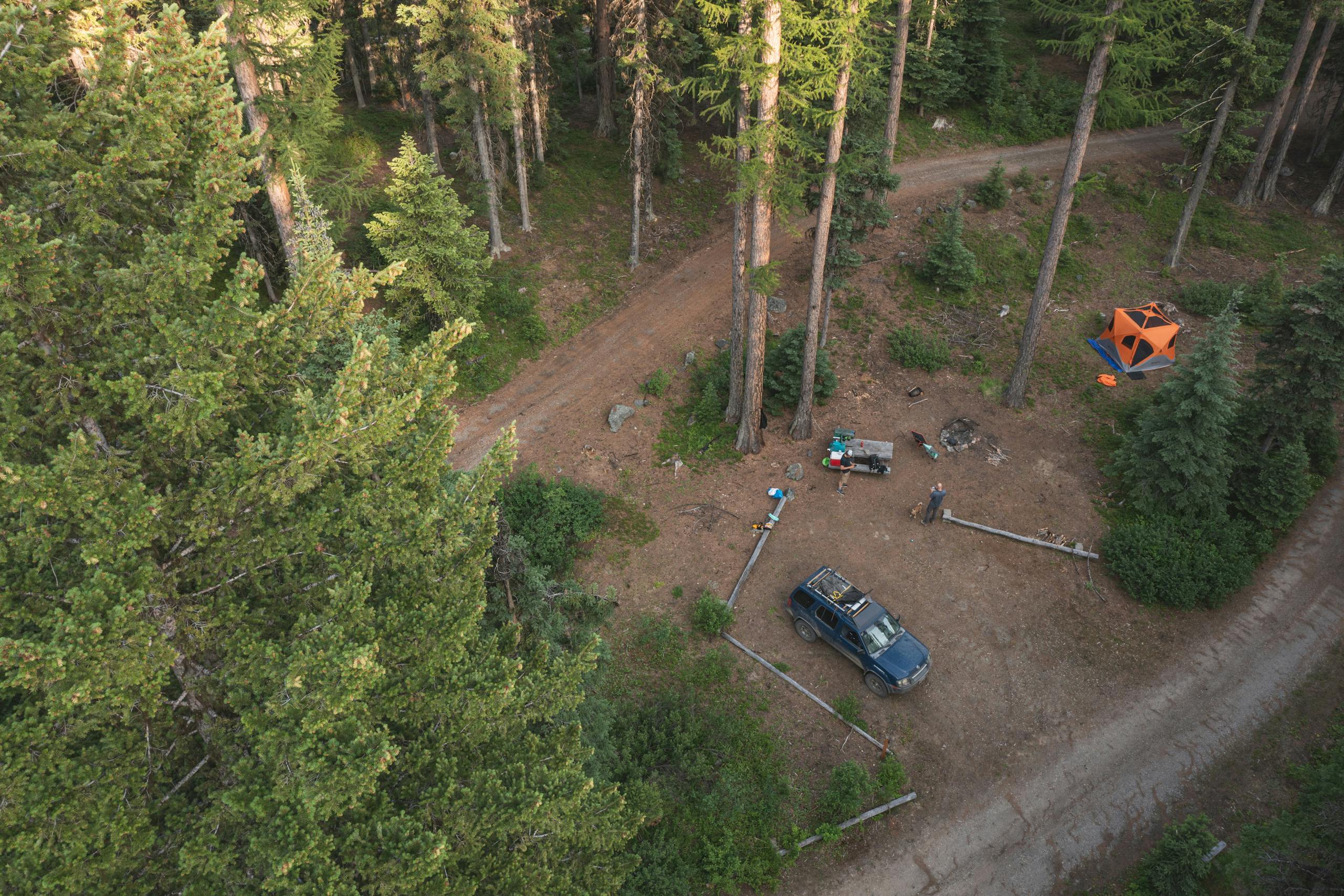


Just moved up to Washington and hope to do some of this BDR in my “more advanced” second generation Xterra! Maybe I can get some footage on my YouTube channel @ Flying Dollar Motorsports.
I really enjoyed this story. We live in Wilmington NC, and while we have the ocean and Cape Fear River and some neat things going on, we have NOTHING like this type of land around here. Nowhere to ride a dirtbike, nowhere to camp like this, certainly no open land like this. It’s like another world. Every inch of dirt here is being snapped up by developers and our council/ mayor etc. are all too willing to approve zoning change requests and variances to increase density. Open land to explore like this is amazing.
Thanks John. Yeah, for wide open spaces, it’s hard to beat the west. Plenty of room to breathe… so long as it’s not on fire.
I’ve had my ’02 2WD for about 8 years now. I’ve tried everything, but for the life of me I can’t get the thing stuck (sand, mud, creeks, rocks, steep hills), it just. doesn’t. stop. I did have to rebuild the trans 5 yrs back, but I’m at 180,000 and it’s still kicking.
Great story to have read in the magazine. Those first generation Xterra’s were great.
What a great adventure for a guy and his dog.
So my question is how did the pictures get in the article if Matt and Bowie making that journey ?
We had a terrific photographer, Matt Tierney, along with us, but made the decision early to leave him out of the narrative.
Wish they still made the gen 2. I’d be in the market for a nice low mile one for a daily driver but they’re getting scarce. I imagine many became recycled Chinese junk in the cash for clunkers deal
Too bad we didn’t know that you were coming to Canada. Would have had a welcoming brass band waiting at the border crossing.
Great story. I’ve done a bunch of backcountry adventures in…under appreciated vehicles. I’ve been hankering for a new one, and this gave me a place to start!
Love to hear of your experiences and fun trips. I wish I had my 2001 Xterra with me while traveling now thru Europe.
You know, I almost stopped reading when I saw what I thought was just another person trashing an Xterra (owner or not, but usually owners know better haha). This was a great story, glad I stuck with it.